-
Posts
11 -
Joined
-
Last visited
Content Type
Profiles
Forums
Events
Gallery
Posts posted by Captain Jack Sawford
-
-
I was wondering about how much space we're being allotted. I would like to start planning out how many structures we'll be putting up, whether they be personal tents or something a little bigger like a kitchen lean too that can double as a shade structure, and from there how many vehicles we will need to transport everything. We are flexible, we have guys that routinely sleep on the beach or next to the fire, so we don't need a one to one person to tent ration or anything fancy like that. As this is our first public event that the Crew of the Scavenger has attended since before covid I also need to start working on the construction of the kitchen lean to. Do we have dimensions of our crews assigned spot, even if it is rough?
-
--2024 EVENT SCENARIO--
It is early 1718. For the last two years the ramshackle and ruined port of Nassau Town on New Providence island has been home, not only to the crew of the Scavenger, but to the hundreds of other pirates that make up the Flying Gang. Nassau had been barely populated since the raids during the war more than a decade prior, that is until the treaty was signed. At first the flow of new arrivals was slow. Out of work sailors here, the occasional escaped indentured servants there, but after the hurricane in 1715, the influx of Spanish gold, and with it the appeal of easy riches the trickle had grown to a deluge. When the Spanish returned and chased the Flying Gang off their wrecks, the pirates quickly adapted, taking to raiding the lightly armed merchant vessels travelling North out of the Caribbean. Local officials had fled, abandoning the port and taking the rule of law with them. Though they had made appeals to the crown and the Admiralty, for the most part their pleas fell on unsympathetic ears. A sandy spit of land unfit for agriculture and dangerously close to Spanish Florida didn't much concern those in Whitehall, and for nearly two years the pirate republic of Nassau continued to grow.
That is, until last Fall, when news of the pardon offered by the Hanoverian now sitting on the English throne reached Nassau. Suddenly, many fellow pirates once so sure they'd live a merry life and a short one saw renewed hope of a return to society where once they had only seen the inevitable dance of the hempen jig.
Circumstances worsened some weeks past, when Vincent Pearse sailed into Nassau Harbor aboard the H.M.S. Phoenix, carrying further news of the Kings Act of Grace, promising to take the names of those wishing to accept the pardon when New Providence's new governor, one Woodes Rogers, arrived in a few months time. Suddenly, the cohesion that had bound together those that called this sandy spit of land home began to dissolve. Camps divided into pro-pardon and anti-pardon factions, and queues formed along the beach, comprised of men waiting in the rain to be rowed out to the Phoenix to make their mark, thus exempting them from the dire consequences that were to follow for those who refused to do the same.
The Scavenger's crew were themselves divided, with arguments both for and against signing. However, with the Phoenix guarding the harbor entrance and Pearse's men growing ever more confident as they began to attempt to bring the pirates in line, the question of whether or not dissenters really had a choice began to rear it's head.
Then, an opportunity presented itself when the Phoenix set sail on a brief voyage to escort a small contingent of merchant vessels to Jamaica. As Charles Vane and the rest of the anti-pardon faction once again took up arms and brought prizes into the harbor to loot and burn, the crew aboard the Scavenger held a vote. It was decided that come what may, this opportunity free from the watchful eyes of the navy should be exploited. The Scavenger would be sailed to a suitable beach, tipped, careened, and made ready for their next hunt, a hunt that they all knew could be their last.
The bell had been rung, and the clock was ticking. A new governor was coming to Nassau, and he was bringing civilization and the rule of law with him.
WHEN AND WHERE
Thursday February 8th - Sunday February 11th 2024. We strongly suggest arriving in Central Florida to meet up with our crew by Wednesday morning February 7th, 2024, and would plan to leave Monday February 12th 2024. The day before the start of the event many of us descend on central florida to condense gear into fewer vehicles and to pack the truck and the boat before all driving to a hotel closer to the event. We are scouting a new promising location in the coming months and further details will be added once they are confirmed.Arrive to the event in kit, or change when you get there, WE WILL NOT BE TRANSPORTING PEOPLE ACROSS DRESSED IN OR CARRYING WITH THEM 21ST CENTURY ATTIRE. Leave it in your car.
We will begin ferrying people around 8 AM Thursday February 8th in an effort to make the multiple crossings before the heat of the day. We will be breaking down camp late Sunday morning.
FEES
$50 registration fee for the event. Registration must be paid NO LATER and preferably earlier than Friday February 2nd 2024, no exceptions. This covers transport to the island from Caxambas Marina, food and drink all weekend, and coinage to game with. Details on payment will be added in the coming months, though paypal, cashapp, and venmo are acceptable.
$25 for an out of state salt water fishing license, if you want to fish, though that is up to the individual participant.
PARTICIPATION GUIDELINES
1. Participants may not portray any character that has already been established in popular culture (IE movies, books, television, etc). One may attend as a character or persona that they have created, as long as it is sufficiently different from pop culture characters.
2. In order to construct the illusion of a 1721 pirate encampment, any kit worn to the encampment should be based on period sources, whether they are written, illustrated, or photographs of surviving original clothing. They should contain NO Hollywood influence. This means NO LEATHER HATS, NO EYELINER, NO BUCKET BOOTS, NO STRAW COCKED HATS, NO ROPE SANDALS, NO STRIPED STOCKINGS, and NO HAIR BEADS.
3. The kit you prepare should be appropriate for the setting. One wouldn't expect silk or lace, for instance. You're portraying a pirate that's spent the last few weeks at sea, and are now camped on a sandy spit of land in a remote corner of Spanish controlled Florida. Do your best to look the part.
4. Clothing should be made out of materials as close to those of the period as possible. Linen, wool. No synthetic fabrics.
5. Tents should be made out of hemp or cotton canvas, whether you make a lean to from a "sail", or use the slightly less accurate wedge tent (Which admittedly does allow for more privacy). A simple canvas tarp (treated or untreated) draped over a rope is encouraged and preferred over a proper military tent. No modern tents or camping equipment.
6. Items in camp, from blankets, to mattresses, to lanterns, to fire equipment should be period. No modern camping equipment. If you’re bringing liquor, pour it into a period bottle before arriving on the island. No modern packaging of ANY kind. There should be nothing not period correct visible at any time. Medicines and toiletries are harder to do without, so keep them hidden from sight, and use them either in the privacy of your tent or out well away from camp.
7. Obviously modern tattoos should be hidden if possible, when possible, though this is up to individual participants discretion. Modern piercings, especially of the face (Nose, lip, eyebrow, etc), should not be worn to the event. Gauged ears with plugs are generally discouraged BUT acceptable as long as the jewelry worn is not a synthetic material or so colorful as to provide distraction. Essentially if these are worn they should not be immediately noticeable, and if they are they should be left on shore.
KIT STANDARDS
This is not an event for the public. This is an immersion event, so the idea isn't just to look like pirates from a distance. There is no audience. The goal is to LIVE like pirates. Participants may not portray any character that has already been established in popular culture (IE movies, books, television, etc.). One may attend as a character or persona that they have created, as long as it is sufficiently different from pop culture characters. In order to construct the illusion of a 1710s pirate encampment, any kit worn to the encampment should be based on period sources, whether they are written or illustrated. They should contain no Hollywood influences. This means NO LEATHER HATS, NO EYELINER, NO BOOTS, NO ROPE SANDALS, NO STRAW COCKED HATS, and NO HAIR BEADS. FOR A COMPLETE LIST OF INNAPROPRIATE KIT ITEMS SCROLL TO THE BOTTOMSHIRTS
Shirts should be made of linen, linen osnaburg, or linsey-woolsey, with a banded collar, with one or two buttons, made of bone, wood, or thread. Clasp closures are also acceptable. Natural, white, indigo-dyed blue, or blue checked shirts are allowed. Unless shown period documentation, other colors are not permitted. NO "pirate" shirts, or other vendor shirts with grommets or neck lacing. NO black shirts, as they are not documented. NO Gingham pattern checked shirts. NO red checked shirts.PANTS
English or French button fly breeches were worn, made from linen or wool. Plain metal buttons, cloth filled, and cloth covered buttons are all acceptable. Trousers were pants extending down past the calf, but ending above the ankle. Linen, with an English or French button fly. Plain metal buttons, cloth filled, and cloth covered buttons are all acceptable. Slops should be made from linen or canvas, with an English or French button fly. Plain metal buttons, cloth filled, and cloth covered buttons are all acceptable. NO kilts.
JACKETS AND COATS Short jackets and/or frock coats should be made from linen or wool. Plain pewter buttons, copper buttons, cloth filled buttons, and cloth covered buttons are all acceptable. Waistcoats must be of an early 18th century style. They should be made from linen or wool, with plain pewter buttons, copper buttons, cloth filled buttons, or cloth covered buttons. They should hang below your belt a few inches at least, with pockets on the front bottom, and possibly a tie closure part way up the back.STAYS
Must be an early 18th century cut. ABSOLUTELY NO METAL GROMMETS. NO CORSETS.SHIFTS
White linen, calf length, with 3/4 length sleeves. NO TIES. NO MENS SHIRTS IN THEIR PLACE.PETTICOATS
Should be linen or wool. Should extend to between the calf and ankle.
FOOTWEAR
Footwear can include brown or black leather shoes, with tie or buckle closures, with a low tongue. Must be the small, plain buckles typical of the late 17th and early 18th century, not the larger ones that gained popularity towards the middle to end of the late 18th century. Stockings should be above the knee, and a solid color, preferably white, off-white, or an earth-tone. Ideally they should be made of wool, or on the very rare occasion with silk with a seam up the back. Cotton however is acceptable but should eventually be replaced. NO boots NO rope sandals NO striped stockings, whether with horizontal or vertical stripes.
BELTS
None of the giant, hand forged buckles so common at pirate events. A waist belt shouldn't be any wider than 2 1/2 inches at absolute widest. The most common buckle was the “spectacle buckle”.
BALDRICS
None of the giant hand forged buckles so common at pirate events, spectacle buckles are encouraged. Must be based off of a period example.
SWORD BELTS
None of the giant hand forged buckles so common at pirate events, spectacle buckles are encouraged. Must be of a reasonable width, and based off of a period example.
HATS AND CAPS
Cocked hats were not common among seamen, though they are documented. That being said, whether cocked or uncocked, hats should be made from wool felt, and shouldn't be covered in feathers, pins, and adornments. Perhaps a cockade if you wanted to signify a particular political leaning, but not much more than that. Cocked hats made of straw are very common among reenactors, but they are NOT documented to the 18th century, so should definitely be avoided.
WEAPONS
Swords should be cutlasses or hangers, and should be based on period examples no earlier than 1680 at the very earliest, and no later than 1730. Firearms should be based on period examples no earlier than 1680 at the very earliest, and no later than 1730. If you have a firearm that is slightly EARLIER than this, contact Captain Sawford (Donald Ridenbaugh) and depending on style and date an exception may be made.
TENTS
Tents should be made out of canvas, whether you make a lean-to from a "sail", hang a stretch of canvas. A military wedge tent is acceptable but discouraged. Ideally your tent should be a stretch of canvas hung over some rope, or if you want to go to the trouble to make a sail to sleep under, feel free. Giant wall tents are NOT acceptable. No modern tents or camping equipment. Tents aren't even necessary, you're more than welcome to sleep out under the stars if you'd like.
CAMP ITEMS
Items in camp, from blankets, to lanterns, to fire equipment should be period. Hemp or cotton canvas tarps, stretched over lines, and tied to trees work best. A frame tents aren’t as ideal as they are more a military tent. No Oilskin tarps. Waxed tarps, or tarps with paraffin are not correct, neither are brown or red dyed tarps. You can use hemp or cotton canvas and treat with linseed oil or a linseed/turpentine mixture for waterproofing your tarps. NO pavilion tents. Medicines and toiletries are harder to do without, so keep them hidden from sight when period correct ones are not possible. If you have any questions, please ask.
NOT PERMITTED-boots
- striped stockings, whether vertical stripes or horizontal-pirate wigs
- Any clothing made of modern materials
- sandals
-wildly feathered hats
-hat pins
-shirt pins
-hair beads
-eye liner
-percussion weapons or post 1730 style firearms
- water bottles
-toy or model firearms or swords
-shirts with big collars or laced collars
-black red or other brightly colored shirts
-clothing with metal grommets
-wide Howard Pyle/Jack Sparrow sashes
-modern jewelry
-modern eyeglasses or sunglasses
-skull and bones iconography
-belt mugs or other dangly accoutrement
-"bicorn" hats
-"McKay" style hats
-wax treated hats-cocked hats w/ sides pinned up with an "x"
-workman's caps made of 4 triangular panels
-Straw hats
WHAT TO BRINGCanvas tarp to sleep under
Canvas tarp for a ground tarp
Wool blanket or blankets
Natural rope/lines to set up tarp or.
Iron or wood tent pegs
Bug Spray may not be needed as bugs in the winter are minimal, but it’s something to consider. If you bring some, it MUST be kept in a period container (Like a corked glass vial or some such)
Sunscreen should be brought if you burn easily. However, it MUST be kept out of sight and applied away from camp or in private.
Main meals are provided. If you bring extra food for yourself, bring only what would have been available in period, make sure it’s out of packaging or plastic wrap. If it must be wrapped, it can be wrapped in cheesecloth/brown paper. Things that need refrigeration aren’t permitted. There will be bread, biscuits, cheese, and some fruit that would have been available in Caribbean markets available throughout. Cooked meals are freshly butchered chicken, rice/beans, peas, and other food items that would have been available to sailors.
If you intend to bring liquor or wine, it MUST be brought in a period correct green glass bottle. Either an onion bottle, or a case bottle. Mallet bottles are acceptable but advised against as they didn’t become common until the 1730s. Absolutely NO modern bottles of any kind are permitted. Fear not though, registration covers liquor and wine for the weekend.
Period correct pots/pans. I don’t know what will be available or what other people are bringing, only what our crew provides, which is more than enough to cook the main meals for the event, though that means they will be constantly in use. So, if for some reason you need other cooking implements, coordinate with others coming or bring your own, but they MUST be period.
Period utensils/Plate/Bowl for yourself
Tankard/Mug/cup. Obviously not attached to your belt as is so often seen. Must be a documentable style, circa late 17th century/early 18th century. We have a couple extras if you forget yours or are otherwise unable to bring one but they are very limited so plan accordingly.
If medications and toiletries are brought, they must stay hidden, out of sight or concealed in a period container or both. Toilet paper and wet wipes will be provided and kept in a burlap bag for use away from camp. If you have any questions as to whether something is or isn’t appropriate, feel free to ask. This will be updated as needed.
-
Much has changed on New Providence Island since 1715. Ecosystems have shrunk or been lost completely, species have gone extinct at the local level or been replaced by invasive newcomers, and a bustling city has sprung up where once stood the burned out shell of a town bustling with hundreds of English pirates. This is my attempt, based on many hours of research to visually reconstruct what New Providence was like during the early 18th century.
(PHOTOS ARE GROUPED WITH RELATED PHOTOS AS BEST AS POSSIBLE)
A coppice is an area of many trees growing close together, with heavy shade. The Bahamas are home to two types of coppice, the Blackland Coppice, and the Whiteland Coppice.
The Blackland Coppice Biome is no longer much represented on New Providence, but it was still holding on during the early 18th century. They grow in island interiors, their tall canopy casting a gloom on the nearly bare forest floor, where wind and light seldom penetrates. Trees that grow in such a biome include Mahogany, Horseflesh, Mastic, Pigeon Plum, and Cedar.
The Whiteland Coppice Biome consists of trees and shrubs that are rugged and durable. Flora found in this biome include Brasiletto, Haulback, Mahogany, Sea Grape, Balsam, Clusia, and the painful to touch Manchineel. Also thriving in this biome are the somewhat silly sounding dildo cactus, as well as the prickly pear cactus. This biome is often in close proximity to the sea. As such, a few species of land crabs make their homes in the soil, including the Giant White Land Crab, and the Black Land crab.
Photo descriptions are below, and match up with the order the photos are uploaded.
1) New Providence Island in the 18th Century
2) Coastal Waters
3) Hawksbill Sea Turtles were prized for their shells, which were used to make combs and costume jewelry.
4) Monk Seals lived in the Bahamas, including New Providence, until about 1930.
5) American Alligators were last seen in the Bahamas in 1804, and lived in the area during the Golden Age of Piracy. It has been suggested, in the paper at the following link, that reports of alligators in the Bahamas were actually referring to American Crocodiles. http://www.tribune242.com/.../tough-call-crocodiles-bahamas/
6) The West Indian Manatee was last seen in the Bahamas in 1975, but was frequently seen there in the early 18th century.
7) American Crocodiles were once common in the Bahamas and the West Indies, until hunted to extinction locally. The reports of alligators in the Bahamas may actually refer to these crocodiles, as well. For more information, take a look at this paper on the subject: http://www.tribune242.com/.../tough-call-crocodiles-bahamas/
8 ) The Shoreline.
9) The Red Footed Booby is the smallest member of its family, averaging less than 2 pounds with a wingspan slightly over 3 feet. There are a few different color morphs of this species, which can occur in one population. Generally, however, one tends to dominate over the others. Shown above is the white morph. There is also the black tailed morph, the white tailed morph, and the brown morph. The diet of these birds consists of small fish and squid collected near the surface. They catch their prey by dive bombing them from the air at high speeds. They nest in large colonies ashore and lay a single blue egg. While not breeding, they are seldom seen on land and spend most of their time at sea.
10) Goats Foot is a creeping vine that is normally one of the first plants to colonize a dune system. It is exceedingly salt tolerant, and uses ocean currents for seed dispersal, and in this way has colonized beaches around the globe. In Brazilian folk medicine, goats foot is used to treat inflammation and gastrointestinal disorders.
11) The Brown Noddy is the largest member of the tern family. They nest in colonies, generally in nests built off the ground, whether in cliffs or in trees and shrubs. They lay one egg each breeding season. There are 4 subspecies, the first, native to the Caribbean and Atlantic, being described by Carl Linnaeus in 1758.
12) Sea Oats are found on beaches along the American Atlantic Coast, Gulf Coast, into Mexico, and in the Bahamas as well as the coast of Cuba. It is found primarily on foredunes and dune crests. Their seeds can be dispersed far and wide. The plant forms dense surface roots and deep penetrating roots, which serve as homes to mycorrhizal fungi. In Florida, their roots systems have been shown to be popular nest sites among pygmy burrowing owls.
13) The Double Crested cormorant can be found along inland and coastal waterways across North America, extending to the Bahamas, Caribbean, and down into Mexico. During the breeding season, males grow two feathery crests atop their heads. Unlike the other subspecies, the one native to the Bahamas sports two white crests, rather than black ones. This species swims low in the water, often with only it's head and neck exposed, and dives from the surface, propelling itself with it's feet, in search of prey.
14) Sea Lavender is an evergreen shrub that doesn't normally grow more than 5 feet tall, and can in fact be much smaller when exposed to the salt spray from the ocean.
15) The Masked Booby. The largest booby, this species can attain a wingspan of 65 inches, and a weight of 5 pounds. They are diving birds, diving diagonally into the water from mid flight at high speed to catch fish. They nest in colonies on beaches, laying two eggs in a shallow depression in the sand. In most cases, one chick will kill the smaller, weaker chick in an act of siblicide. Though normally silent, Masked Boobys make a range of hissing and quacking sounds in their small breeding colonies.
16) Bay Cedar is a small tree or shrub that can be found in coastal regions in the tropics the world over. Bay Cedar produces an aroma when crushed, like that of cedar, hence the common name. It doesn't typically reach heights of more than 7 feet. The shrub blooms yellow flowers which , after fertilization, dry up, form clusters of drupes (a hardened fruit), and fall off. They are salt water resistant, and have allowed this species to colonize coastlines the world over.
17) The Lesser Bahama Pintail. A dabbling duck, the White Cheeked or Bahama Pintail feeds on small aquatic plants and animals it finds in lakes, estuaries, and mangrove swamps.
18) Purple Seaside Bean is a member of the pea family. It is a trailing vine that forms mats of foliage and can be found on tropical coasts throughout the world.
19) The Brown Pelican is one of the smallest pelicans, though with a wingspan reaching up to 8 feet, and a weight of 12 pounds, it is hardly a small bird. Very gregarious birds, Brown Pelicans live and nest in large flocks. Fish make up the majority of their diet, with a single Brown Pelican being able to eat up to 4 pounds of fish in a given day.
20) Sea Purslane is a sprawling perennial plant that grows on coastlines around the world. It can be found growing in coastal limestone, sandstone, sandy clay, and in tidal flats and salt marshes around the world.
21) The Neotropical Cormorant is smaller and more slender than it's double crested cousin. The average wingspan is about 39 inches, and they generally weigh no more than 3.3 pounds. These birds are monogamous and breed in colonies. Their nests are comprised of a platform of sticks with a depression in the center. They lay between 3 to 5 eggs, but the average hatch is 2. Like other cormorants, they swim low in the water and dive for food. They are also cooperative hunters, with some birds beating their wings on the water to drive fish towards the mouths of their fellow cormorants.
22) Rocky Coppice Biome. Rocky Coppice occur on rocky limestone outcroppings, between mangroves and the pineyards. They may be flooded during high tide.
23) Sabal Palms, sometimes called Cabbage Palms.
24) The Bahamian Hutia is a large rat-like rodent that can grow to about two feet in length, and is one of the few endemic mammals in the Bahamas. They tend to be nocturnal, sleeping during the day, and emerge primarily at night. Opportunistic eaters, they feed on everything from nuts, shoots, bark, and leaves to insects and small reptiles. Though once found throughout the Bahamas, including New Providence, they are now limited to six specific locations throughout the islands and are considered a vulnerable species.
25) West Indies Mahogany tree.
26) Barn Owl. Although still occasionally seen in the Bahamas in modern times, there is evidence that they were much more common in the past. Without barns to roost in, they likely made their homes in some of the islands caves.
27) Spanish Cedar
28) A Spiny Olive tree, sometimes called a Ming Tree.
29) Bahama Pineyards Biome. Bahama Pineyards are found extensively throughout the Bahamas, including New Providence, as well as the Turks and Caicos Islands.
They are dominated by the Bahamian Pine, a tree that requires lots of sunlight to grow, and once full size, is resistant to wildfire. Without wildfires, the pineyard ecosystems are overtaken by broad-leafed trees.30) West Indian Woodpecker.
31) Bahamian Pine.
32) Bahama Swallow. An insectivore that feeds on flying insects it catches in marshes and fields. However, it breeds exclusively in the Bahamian pine forests.
33) The Pine Pink orchid can be found in many different ecosystems throughout North America, from the pineyards of the Bahamas, to the swamps of Central America.
34) The Hispaniolan Boa is a boa native to the West Indies.
35) The Bracken Fern has spread around the world, due to the lightness of its spores, which have been found to be carcinogenic.
36) Blackland coppice. The Blackland Coppice Biome is no longer much represented on New Providence, but it was still holding on during the early 18th century. They grow in island interiors, their tall canopy casting a gloom on the nearly bare forest floor, where wind and light seldom penetrates. Trees that grow in such a biome include Mahogany, Horseflesh, Mastic, Pigeon Plum, and Cedar.
37) The Bahama Parrot, or Bahama Amazon, is a subspecies of the Cuban Amazon. Though in modern times the Bahamian Subspecies has been extirpated throughout much of it's range, New Providence once seems to have had a population of these birds. In the winter, they tend to gather into flocks, breaking off into mating pairs during the breeding season. They eat primarily fruit and seeds, favoring the fruits of the West Indian Mahogany tree, as well as those of various species of palms. They tend to stick to dry forests, such as the Blackland Coppice and the Bahamian Pine Forests, though they have been found periodically in a range of habitats.
38) A false mastic tree, of the Blackland Coppice Biome, found on an islands interior.
39) A male and female Western Spindalis. They are found in the Bahamas, the Cayman Islands, Cuba, and the Turks and Caicos Islands, and occasionally southern Florida. Their preferred habitats are moist subtropical forests, either lowland or montane, depending on where they are found.
40) Guaiacum sanctum, also known as lignum vitae. It was used in boat building, in parts of the ship most susceptible to wear, such as the pulley-blocks, the rowlocks, and the rudder posts. It is the hardest of all the trade woods, and its sap was used to treat the spirochetes of syphilis.
41) The Red-footed Tortoise. Though extinct on New Providence Island today, this species still lives on many other Bahamian and Caribbean islands. This photo was taken of one in Barbados. It is unclear if these populations are natural or if they were brought from mainland South America, but it is clear that wild populations were established by the 17th century, perhaps after being introduced as a food source, or as pets. They are often found in or near transitional areas between forest and savanna, such as forest clearings, edges, or along waterways
42) A Horseflesh Mahogany tree, of the Blackland Coppice Biome, found on an islands interior.
43) The flower of Guaiacum sanctum, also known as lignum vitae. It was used in boat building, in parts of the ship most susceptible to wear, such as the pulley-blocks, the rowlocks, and the rudder posts. It is the hardest of all the trade woods, and its sap was used to treat the spirochetes of syphilis.
44) A false mastic tree, of the Blackland Coppice Biome, found on an islands interior.
45) A Spanish Cedar hammock, trees like this are found in the Blackland Coppice Biome, found on an islands interior.
46) The Lucayan Juniper is now considered a vulnerable species, with it now in decline in most of its former range, and extinct in Haiti. In the Bahamas, including New Providence, the Lucayan Juniper grows in coppices on rocky, limestone slopes. It grows to about 40 feet in height.
47) Spanish Cedar, of the Blackland Coppice Biome, found on an islands interior.
48) The Whiteland Coppice Biome. The Whiteland Coppice Biome consists of trees and shrubs that are rugged and durable. Flora found in this biome include Brasiletto, Haulback, Mahogany, Sea Grape, Balsam, Clusia, and the painful to touch Manchineel. Also thriving in this biome are the somewhat silly sounding dildo cactus, as well as the prickly pear cactus. This biome is often in close proximity to the sea. As such, a few species of land crabs make their homes in the soil, including the Giant White Land Crab, and the Black Land crab.
49) A Black Land Crab, a native of the Whiteland Coppice's limey soils.
50) The Brasiletto tree, found in the Whiteland Coppice biome.
51) The Caribbean Hermit Crab, a native of the near shore Whiteland Coppice biome.
52) Clusia rosia, also known as the autograph tree, is related to the Ficus, and is found in the Whiteland Coppice biome.
53) Dildo Cactus.
54) A Giant White Land Crab, native to the Whiteland Coppice Biome.
55) A Giant White Land Crab, native to the Whiteland Coppice Biome.
56) Haulback, a species of shrub, once thought to be related to the acacia, partially because of its long spines, in the Whiteland Coppice Biome.
57) Haulback, a species of shrub, once thought to be related to the acacia, partially because of its long spines, in the Whiteland Coppice Biome.
58) The Florida Burrowing Owl. This species of Burrowing Owl can be found across Florida and the Bahamas. They are active both nocturnally and diurnally, unlike most other owl species. Often living in breeding pairs, they can also be found in small, loose colonies comprised of multiple families. The diet of burrowing owls ranges from grasshoppers, crickets, and beetles to lizards, frogs, rodents, and small birds.
59) A Mahogany tree, found in both the Whiteland and Blackland Coppice.
60) The Manchineel Tree. A nasty resident of the Whiteland Coppice biome. Contact with the sap will leave one covered in blisters. The sap has the ability to blind a person if it makes contact with the eyes. Standing underneath one during while it's raining can cause blisters. Burning the wood produces a caustic smoke which causes blindness. Eating the small apple like fruits can cause painful oral swelling, bleeding of the throat, problems breathing, enlargement of the lymph nodes, and possibly death.
61) The Manchineel Tree. A nasty resident of the Whiteland Coppice biome. Contact with the sap will leave one covered in blisters. The sap has the ability to blind a person if it makes contact with the eyes. Standing underneath one during while it's raining can cause blisters. Burning the wood produces a caustic smoke which causes blindness. Eating the small apple like fruits can cause painful oral swelling, bleeding of the throat, problems breathing, enlargement of the lymph nodes, and possibly death.
62) The Manchineel Tree. A nasty resident of the Whiteland Coppice biome. Contact with the sap will leave one covered in blisters. The sap has the ability to blind a person if it makes contact with the eyes. Standing underneath one during while it's raining can cause blisters. Burning the wood produces a caustic smoke which causes blindness. Eating the small apple like fruits can cause painful oral swelling, bleeding of the throat, problems breathing, enlargement of the lymph nodes, and possibly death.
63) A "death apple", from a Manchineel Tree, a nasty resident of the Whiteland Coppice biome. Contact with the sap will leave one covered in blisters. The sap has the ability to blind a person if it makes contact with the eyes. Standing underneath one during while it's raining can cause blisters. Burning the wood produces a caustic smoke which causes blindness. Eating the small apple like fruits can cause painful oral swelling, bleeding of the throat, problems breathing, enlargement of the lymph nodes, and possibly death.
64) The Queen of the Night Cactus, during a rare nocturnal blooming event. It is native to the Whiteland Coppice Biome.
65) A seagrape tree, a near shore member of the Whiteland Coppice Biome.
66) Vachellia acuifera, another species of shrub, once thought to be related to the acacia, partially because of its long spines, in the Whiteland Coppice Biome.
67) Cyclura cychlura, also known as the Bahamian Rock Iguana. The Bahamian Rock Iguana. Once common in the Bahamas, the clear cutting of its habitat and the introduction of rodents, raccoons, and cats to the islands by early colonists, helped to eliminate them from all but 6 islands in modern times. in the late 17th and 18th century Bahamians would sail to uninhabited islands with trained dogs to hunt and capture live iguanas. They would then sew their mouths shut, bind their limbs, and toss them in the hold. Once the hold was filled, they set sail for Charles Town where they would sell them for their meat.
68) The Prickly Pear Cactus, found mainly in the Whiteland Coppice Biome.
69) Nassau Town. The map in this image shows Nassau Town in the years shortly after the Golden Age of Piracy, and so not a perfect representation of the city in 1715. It is used here in order to give the viewer a sense of the towns lay out. There are other less detailed maps of the town from the tenure of Governor Phenney among the following images.
70) Fort Nassau as it appeared in various stages during and after the GAoP. The illustration on the bottom left is how Governor Phenney found it when he arrived in Nassau in 1722, and as such, much how it looked in the 1710's. Found by myself in the Greenwich Maritime Archives, purchased, printed, and digitized for the purposes of this collection.
71) This illustration, done in 1701, has no title, but based on a variety of factors, it has been narrowed down to one of a few ships, the H.M.S. Phoenix among them. The H.M.S. Phoenix sailed into Nassau Harbor on February 23, 1718, with Vincent Hearse at her command. Benjamin Hornigold and the others were informed that Woodes Rogers had been appointed governor, and that he would be in Nassau that summer with pardons, and Pearse offered to give each man that wished it a signed certificate of pardon in the meantime. Starting on February 26th, a stream of boats rowed out to the Phoenix, through the rain, filled with men wanting to accept the Kings Pardon. The mood changed on March 1st, when Pearse raised all the Phoenix's signal flags, in celebration of the birthday of King Georges eldest son and heir, the Prince of Wales. This was not taken well by some, and some Jacobite pirates set an English merchant ship on fire, in response. On March 22nd, Pearse and his men led a failed attack against Vane and his crew, and retreated to the Phoenix. On April 6th, the ships carpenter accidentally set her on fire while boiling tar, though it was quickly put out. On April 8th, the Phoenix was run aground on the harbor bar as she and her crew left Nassau, but eventually made it off.
72) The Western portion of Nassau Harbor, as illustrated in 1723 under Governor Phenney. Found by myself in the Greenwich Maritime Archives, purchased, printed, and digitized for the purposes of this collection.
73) The Eastern portion of Nassau Harbor, showing the two forts, Hog Island, and about where Nassau itself would sit. Illustrated in 1723 under Governor Phenney. Found by myself in the Greenwich Maritime Archives, purchased, printed, and digitized for the purposes of this collection.
74) A map of Nassau Harbor, showing the fort, Hog Island, and the tip of Silver Key dated to December 24th, 1723. Found by myself in the Greenwich Maritime Archives, purchased, printed, and digitized for the purposes of this collection.
75) A close up of the legend for the December 24th 1723 map of Nassau Harbor. Found by myself in the Greenwich Maritime Archives, purchased, printed, and digitized for the purposes of this collection.
76) A close up of the fort from the December 24th 1723 map of Nassau Harbor. Found by myself in the Greenwich Maritime Archives, purchased, printed, and digitized for the purposes of this collection.
77) "The Harbour of Providence" taken from A map of the British Empire in America with the French and Spanish settlements adjacent thereto circa 1733.
-
Thank you so much!
-
I didn't treat the wood or the fabric as if it does rain we would bring it under one of the canvas awnings at our encampment but also because it didn't occur to me!
-
The Crew of the Scavenger is an authentic, living history pirate group based primarily in Florida, but with members around the U.S. Our main goal is to realistically portray a pirate crew from the "Golden Age of Piracy", particularly the time period between about 1710 and 1725, as they might have appeared while ashore in a town like Charles Town or Nassau. All of our clothing is as close to period correct as possible, from the cut and design of each garment, to the materials they are made of. The same goes for our weapons, be it swords, pistols, or muskets. If it wasn't around by 1725, our goal is that it won't be seen on us.
By joining this group, our members have acknowledged their ongoing commitment to an accurate portrayal of the sailors and pirates of the Flying Gang of 1710's Nassau. As such, our kits grow and change as new information comes to light. These were real people, and we aim to do them service by portraying them as correctly as we can.
We occasionally attend pirate festivals around the state where often we set up a shore encampment and engage and interpret with the public. Apart from those festivals, we try to do a yearly trip up the East coast to visit open air living history museums, like Jamestown, Colonial Williamsburg, Saint Mary's City, and meet up with other Scavenger crew members and reenactors that are further afield. On top of all that, we host a yearly immersive pirate careening encampment on an island in the Gulf of Mexico, typically in February, that is open to any reenactors who meet our authenticity guidelines.
The list of members, in order of rank and not related to the order of the below photos are as follows:
Captain Jack Sawford
Quartermaster Henry Sellars
Bosun William Colclough-Robertson
Coxswain Gilbert "Frenchie" Bontecue
Sailing Master Elias Alton
Master Gunner Simon Jeffreys
Carpenter Red Herring
Surgeon Solomon Crumpsley
Surgeon's Mate Walter Henshaw
Ship's Musician Harry Thatcher
Cook James Warren
Cook "Iron Jon" Washbourne
Able Seaman Thomas Kimberwick
Able Seaman Jonathan Connolly
Able Seaman James Wilkison
Able Seaman Hugh Brent
Able Seaman Hunter Cogle
Able Seaman Richard Daniels
Able Seaman Bart Martinszoon
Able Seaman Mitchell O'Sionnach
Able Seaman David Matheson
Able Seaman Tomas José Garcia
Able Seaman Jonah
Able Seaman Lachlan MacIntosh
Able Seaman Oliver Trowbridge
Able Seaman Michael Wagner
Able Seaman Cran Ohlandt
Able Seaman John Lloyd
Able Seaman Ian Hamlin
Seamstress Breanna Cogle
Moll Maria Catalina
Harlot Scarlet Smythe
-
An assortment of references to shoes worn by sailors and the working class from between 1687 and 1725.
Photo 1 - Open sided latchet shoes, circa 1687. A close up of an image from the London Cries series.
Photo 2 - A selection from a 1725 Dutch painting entitled "A Vegetable Seller and his Son", with focus on the small buckles and small tongues of their shoes.
Photo 3 - Gamekeeper to Sir Nicholas Williams of Edwinsford, circa 1725. Notice the small buckles and short tongued shoes.
Photo 4 - A pair of low tongued, tied, latchet shoes, potentially with an open side, though it's hard to tell. A selection from a larger painting, "Hob Selling Beer at the Wake", a scene from the Opera "Flora", by LaGuerre. Circa 1725
Photo 5 - A close up of the round toed and small buckled shoes worn by Anne Bonny in the illustration from Johnson's General History.
Photo 6 - A shoe excavated and restored from the 1724 wreck of the German merchant ship "Archangel Raphael".
Photo 7 - A closer look at the shoes in the illustration of Edward Teach in A General History of the Pirates.
Photo 8 - Shoe buckles, and how they changed, leading up to, and through, the Golden Age of Piracy. Taken from GentlemenOfFortune.com.
Photo 9 - Shoe buckles, and how they changed, leading up to, and through, the Golden Age of Piracy. Taken from GentlemenOfFortune.com.
Photo 10 - A close up of the round toed and small buckled shoes worn by Mary Read in the illustration from Johnson's General History.
Photo 11 - A buckle shoe, sans buckle, taken from the wreck of Sam Bellamy's pirate ship, the Whydah, circa 1717.
Photo 12 - A Latchet shoe taken from the wreck of the 1690 wreck of the Elizabeth and Mary
Photo 13 - Latchet shoes taken from the wreck of the 1690 wreck of the Elizabeth and Mary
-
Photo 1 - I created a rectangular wooden frame of pine 2x2s reinforced with metal corner brackets.
Photo 2- I reinforced the top essentially making a bench so that once finished it could serve as a seat.
Photo 3 - I reinforced the bottom but added a hidden hatch so that the interior of the bale could be used for storage. I couldn't justify something so big as just a seat or just as a set piece, so it is where we hide farby modern things we have to have, such as the drill for the screws assembling the tables cutter made, or the current med kit, etc.
Photo 4 - The working hatch underneath with simple hinges and locks.
Photo 5 - I wrapped it in two layers of cushion foam and stapled it to the frame, careful to staple in certain places so that it didn't effect the overall cushiony look or feel of the bale. The cushioning surrounds the entire thing except the bottom, covering only an inch or two of the bottom at the sides. This also serves to hide the fact the bottom isn't cushioned.
Photo 6 - I used two layers of canvas to wrap the entire form. This way should the top layer rip through use or wear it wouldn't show the foam underneath. I pulled it tight, cut excess, and carefully sewed the fabric so it covered the foam tightly. I left a flap of canvas underneath to cover the wood of the hatch. It doesn't completely hide it, but no wood is exposed so if it happens to tilt or tip people are less likely to notice it's true nature. I then chose an East India Company logo that I painted with a small brush and a toothpick for details. I picked the bale number for a band I liked because why not.
Photo 7 - Decided upon using an East India Trading Company bale mark. I painted it on using a small paintbrush and a toothpick to avoid smearing the paint on the rough canvas.
Photo 8 - I added the ropes. I couldn't tell from paintings if the ropes were interwoven with one another, or just looped around. Interwoven seemed more secure to me so that's what I did. They end underneath the bale, where the ends are whipped, stapled, and sewn to the foam on the edge of the bottom. The ropes are also sewn together where they overlap, and sewn in places, secretly, to the fabric of the bale.
Photos 9 and 10 - The cargo bale photographed in the wild. -
The Crew of the Scavenger is an authentic, living history pirate group based primarily in Florida, but with members around the U.S. Our main goal is to realistically portray a pirate crew from the "Golden Age of Piracy", particularly the time period between about 1710 and 1725, as they might have appeared while ashore in a town like Charles Town or Nassau. All of our clothing is as close to period correct as possible, from the cut and design of each garment, to the materials they are made of. The same goes for our weapons, be it swords, pistols, or boarding axes. If it wasn't around by 1725, our goal is that it won't be seen on us.
By joining this group, members are acknowledging their ongoing commitment to an accurate portrayal of the sailors and pirates of the Flying Gang of 1710's Nassau. As such, your kit will likely grow and change as more knowledge comes to light. These were real people, and we aim to do them service by portraying them as correctly as we can.
We occasionally attend pirate festivals around the state where often we set up a shore encampment and engage and interpret with the public. Apart from those festivals, we try to do a yearly trip up the East coast to visit open air living history museums, like Jamestown, Colonial Williamsburg, Saint Mary's City, and meet up with other members and reenactors that are further afield. On top of all that, we host a yearly immersive pirate careening encampment on an island in the Gulf of Mexico that is open to any reenactors who meet our authenticity guidelines.


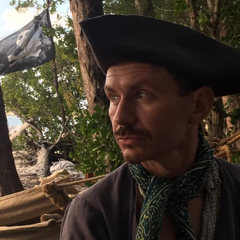

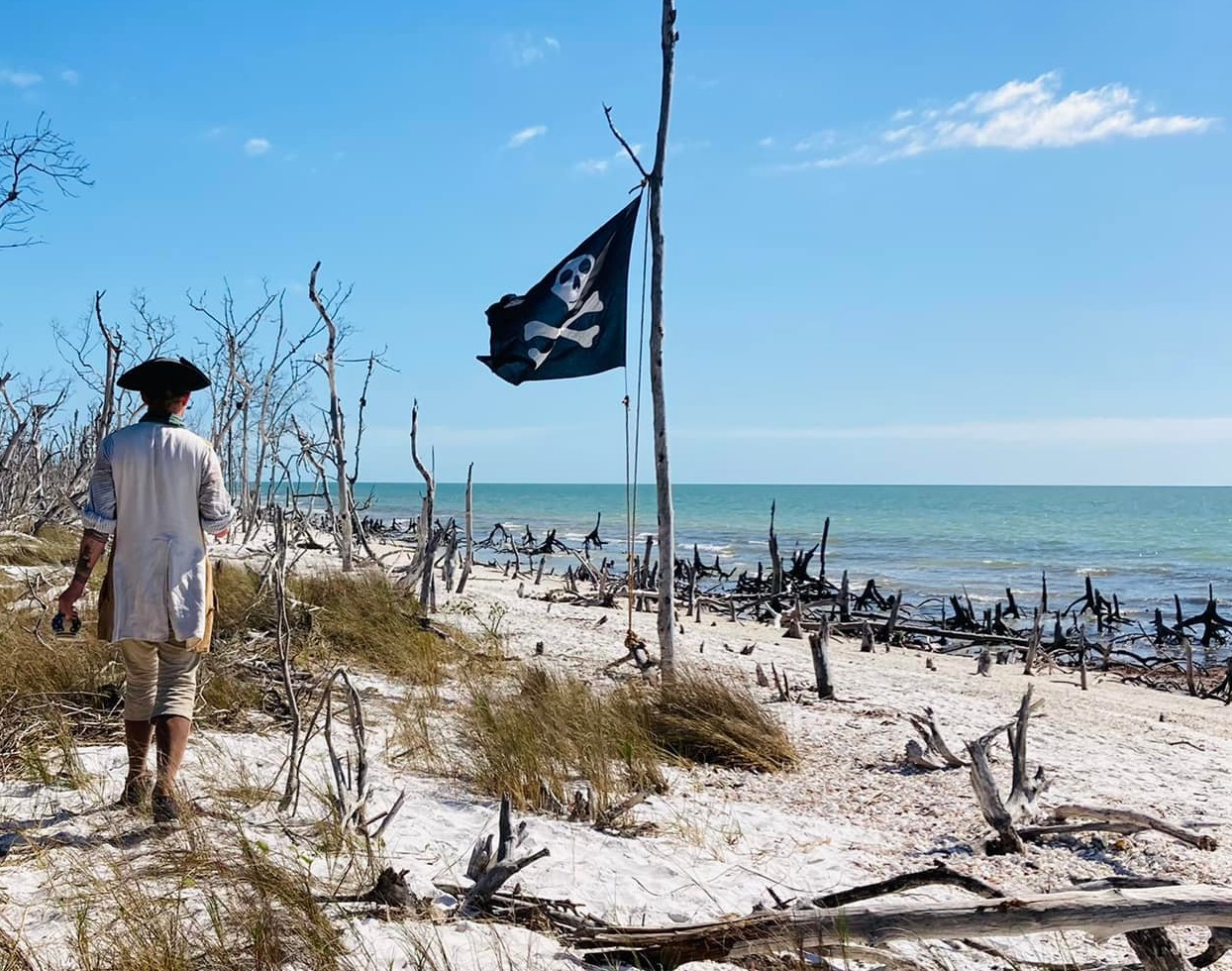
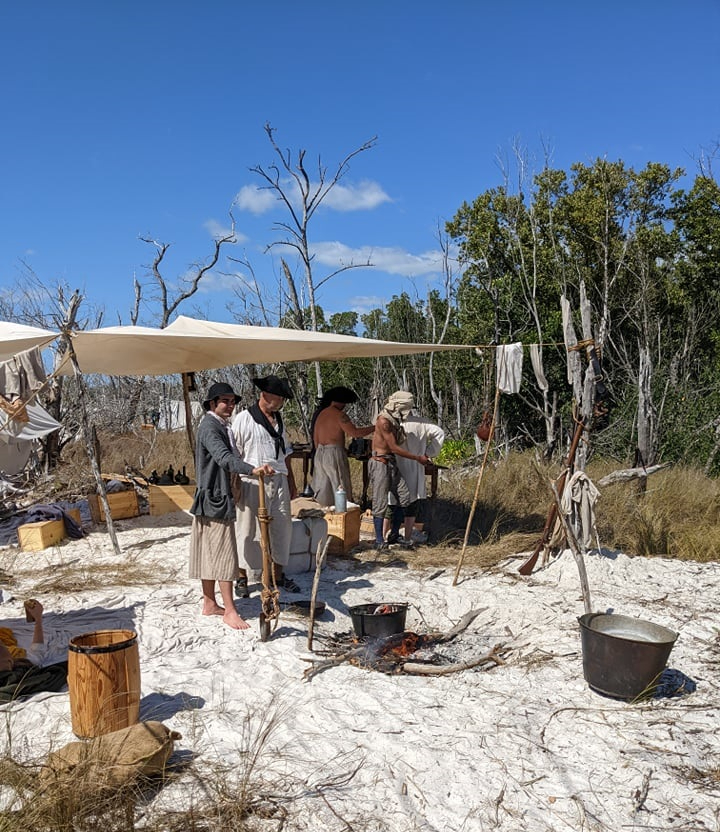
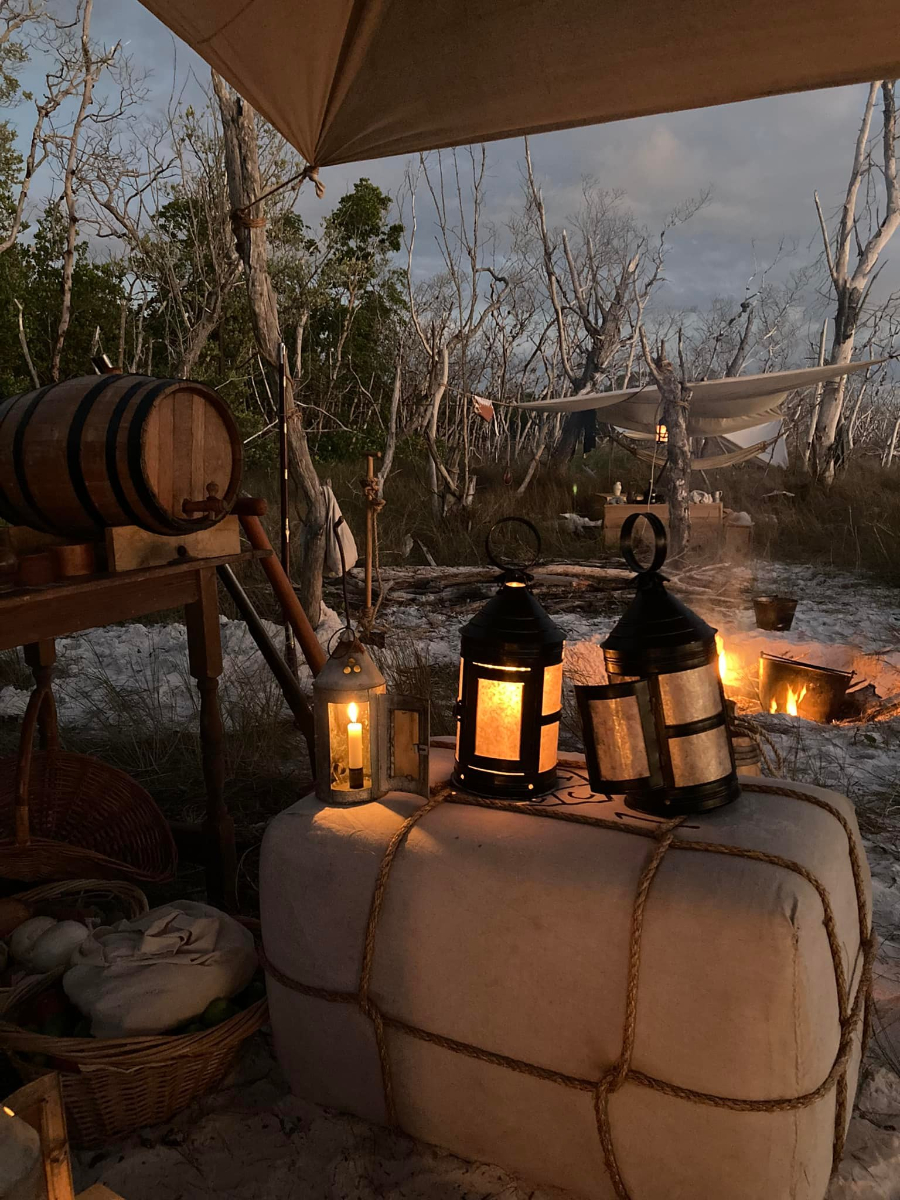
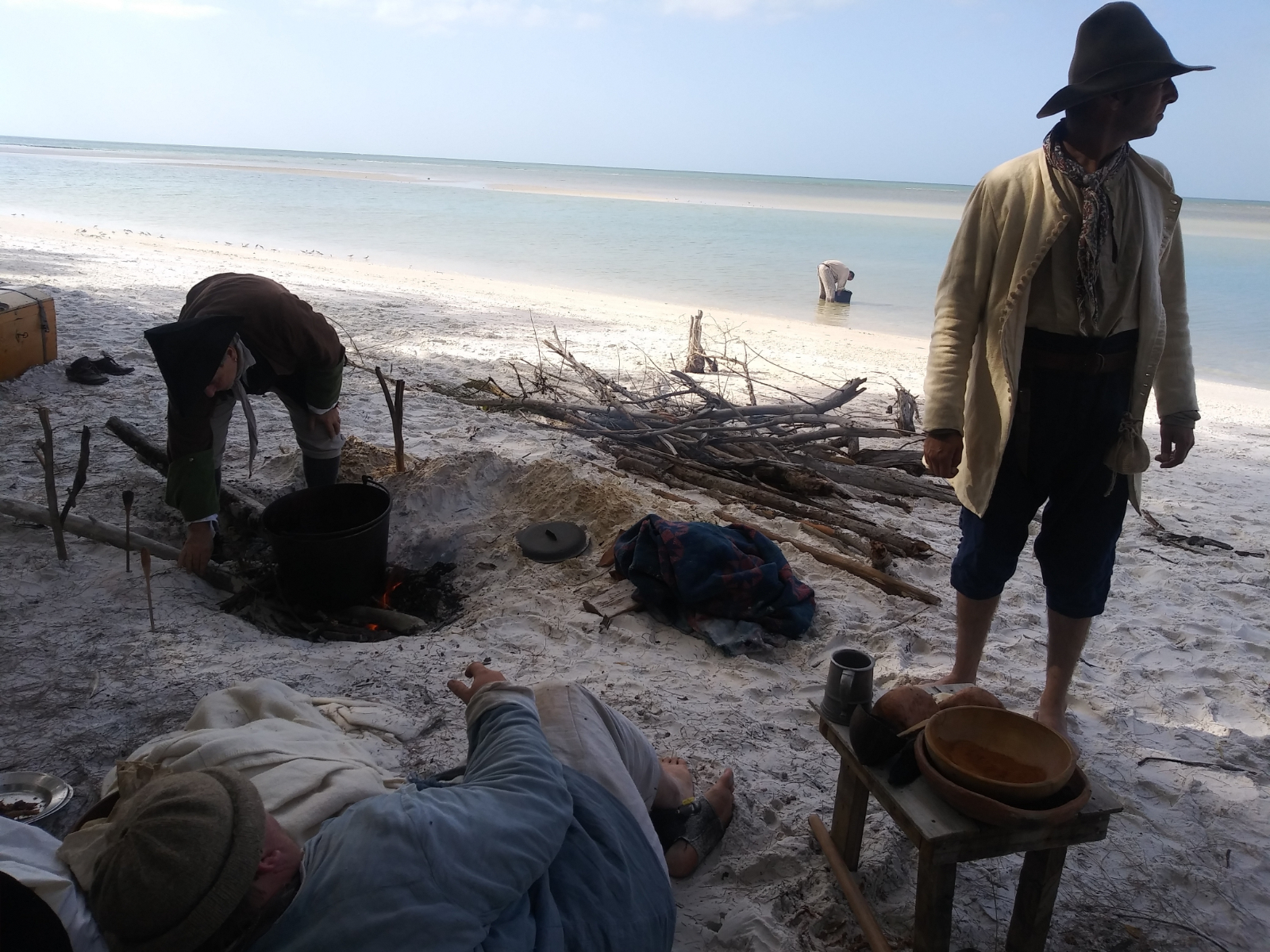
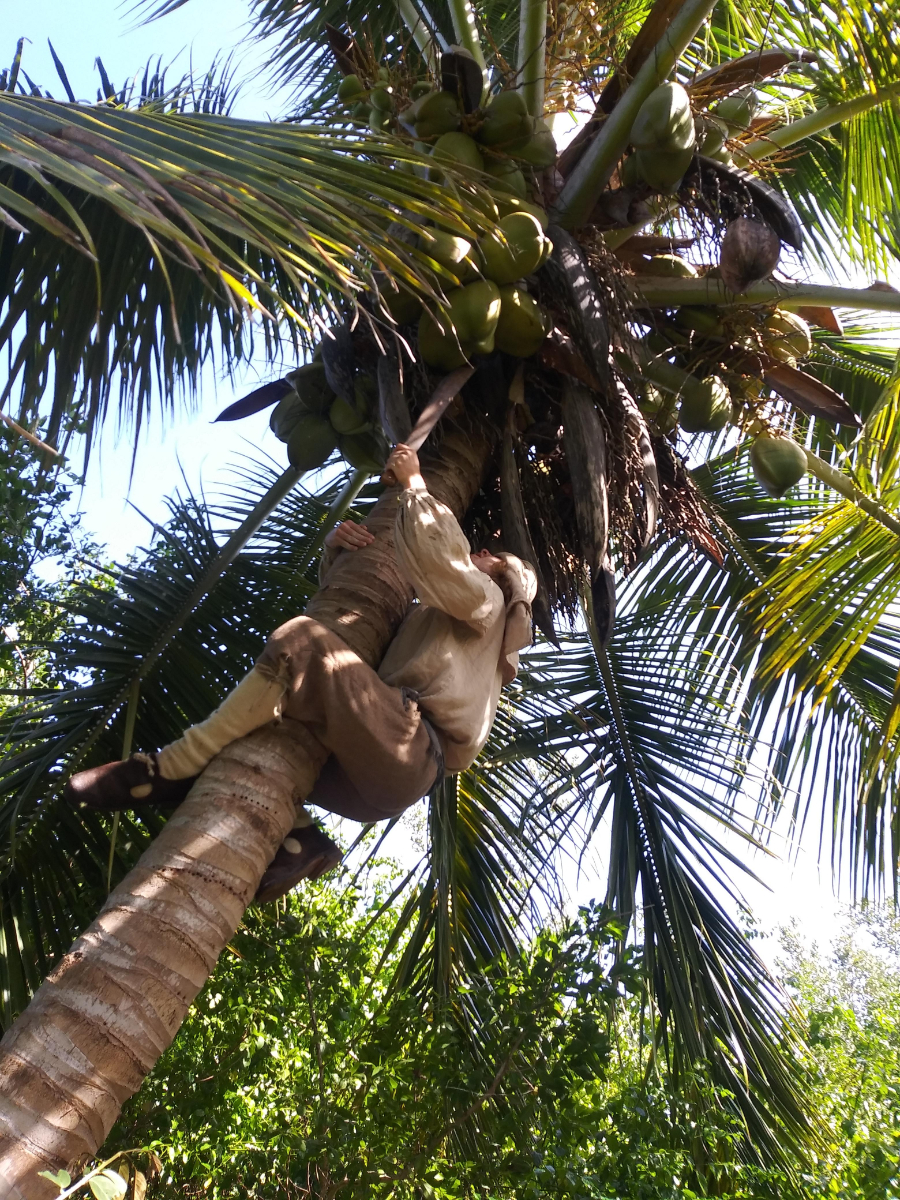
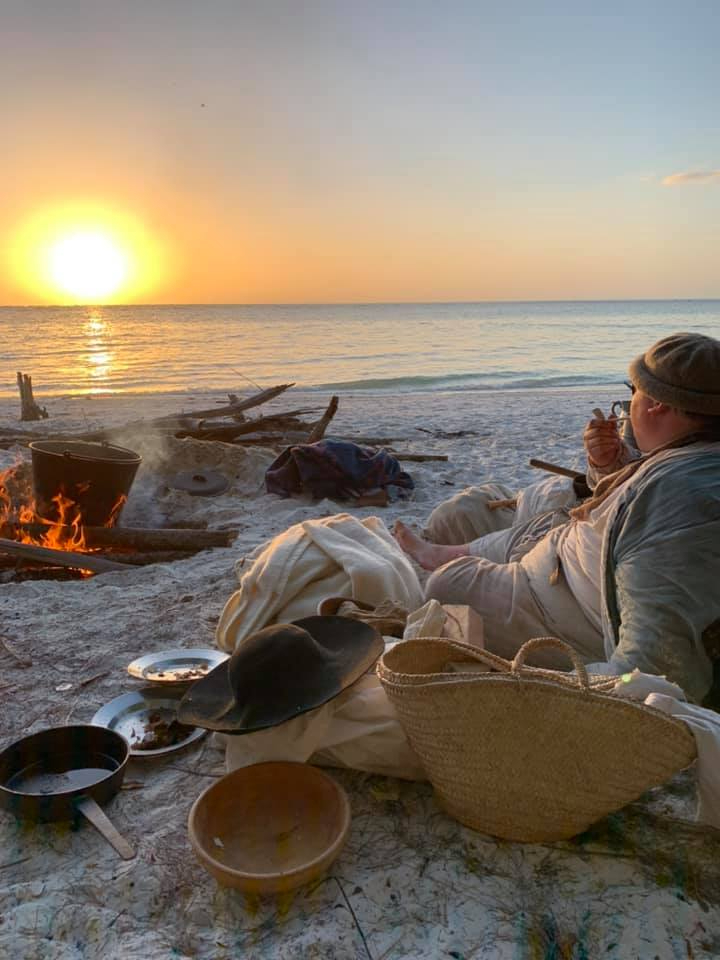
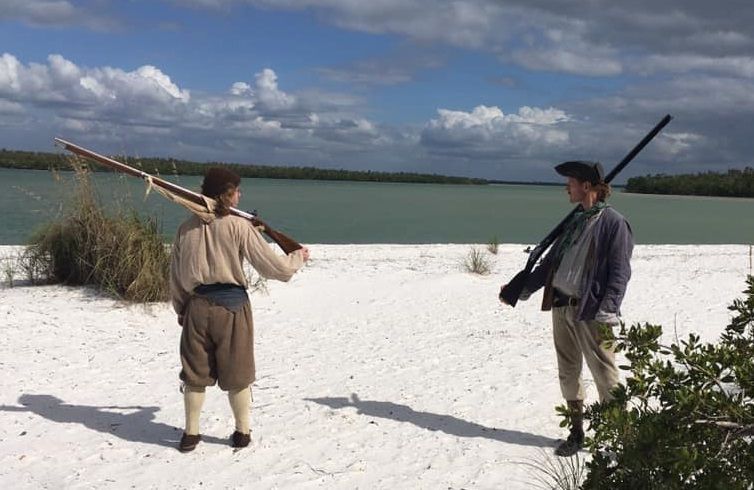
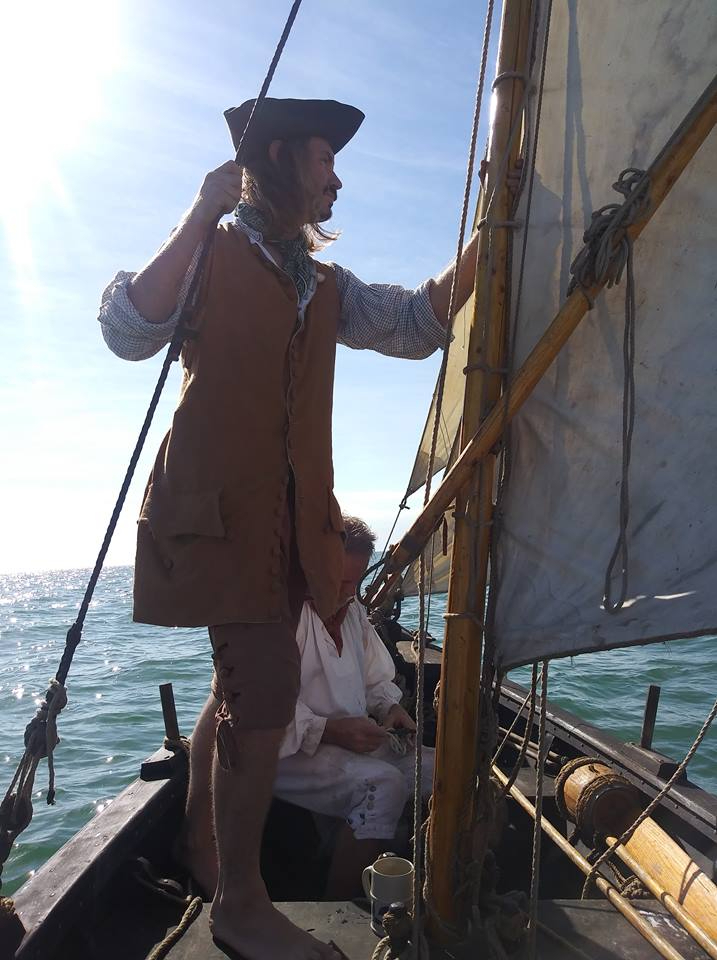
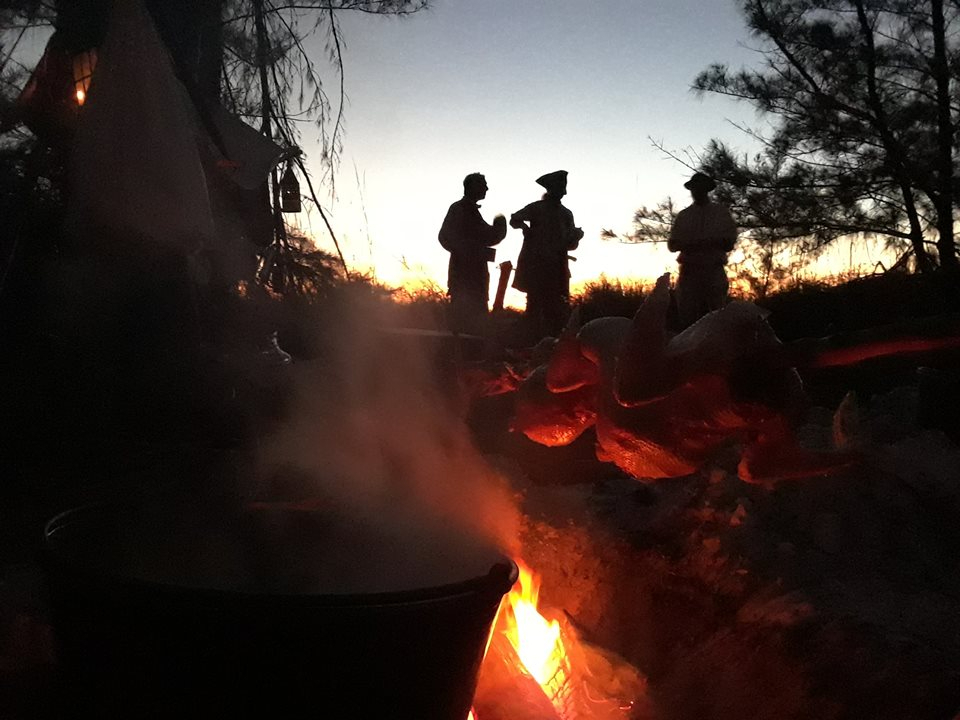
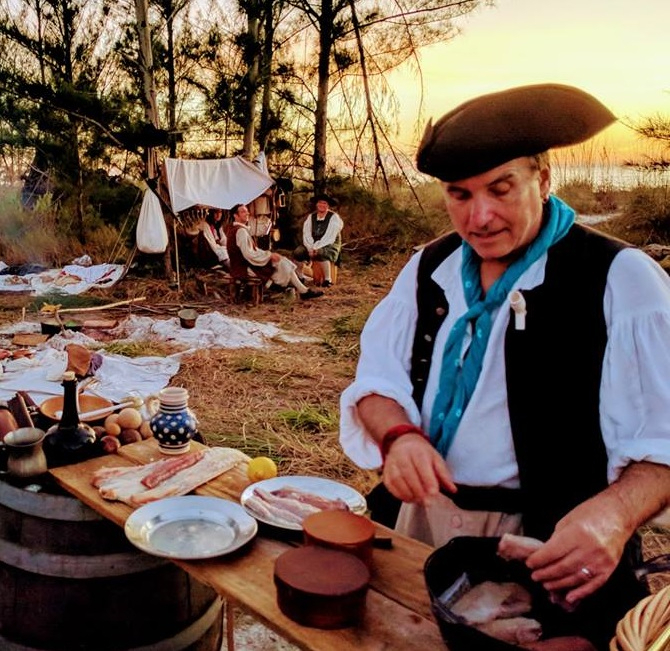
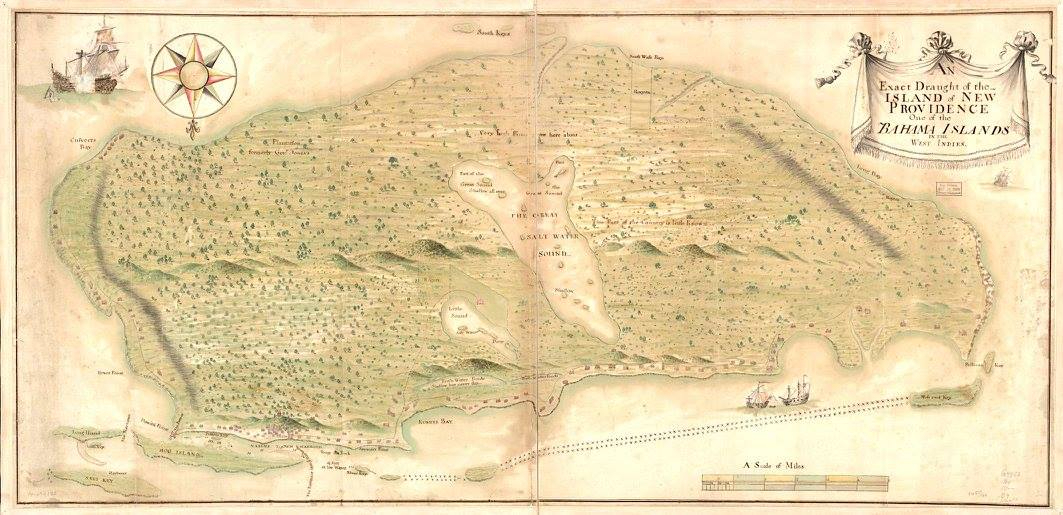
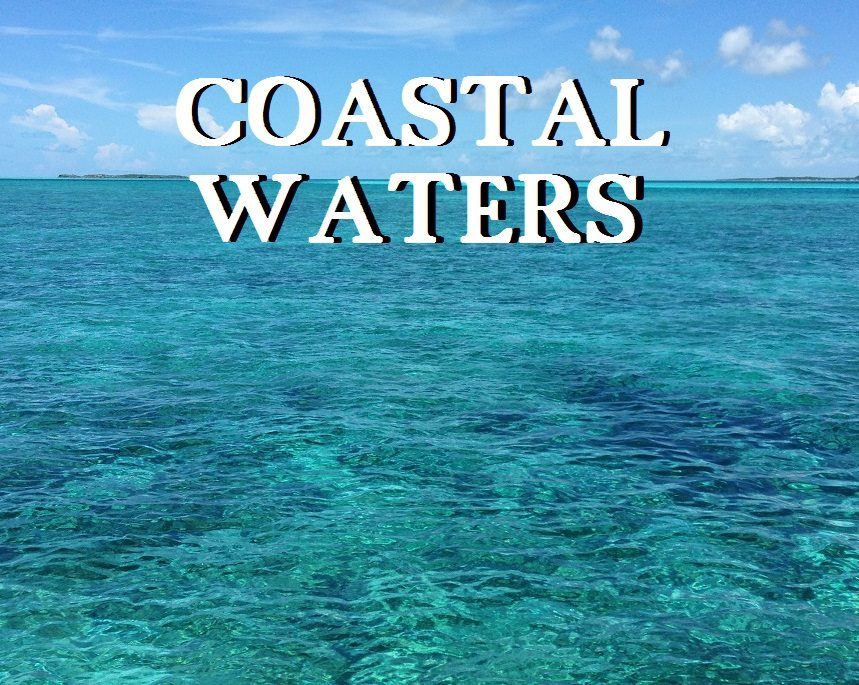
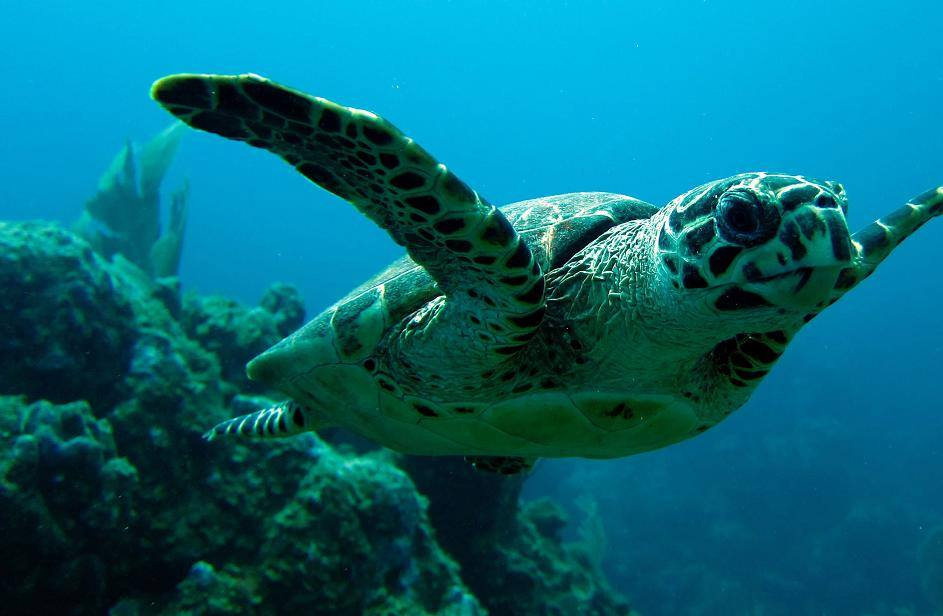
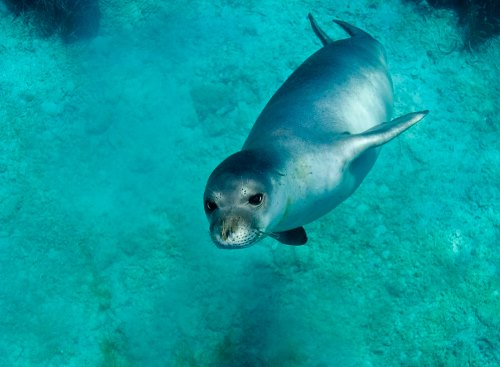
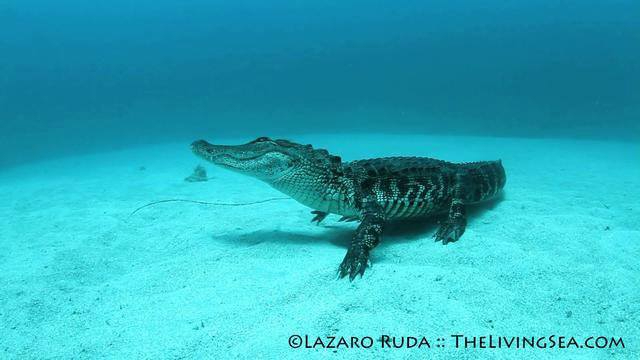
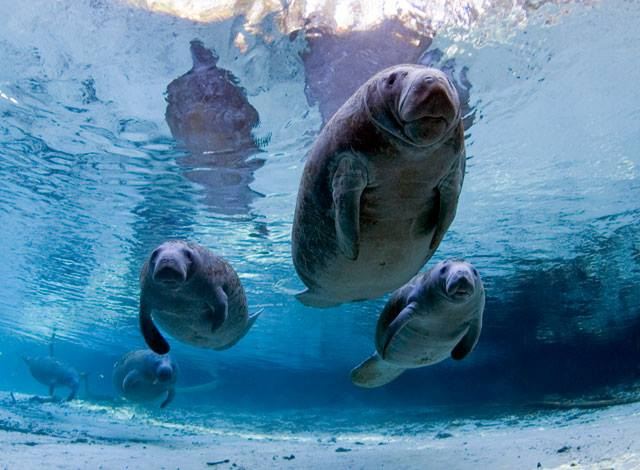
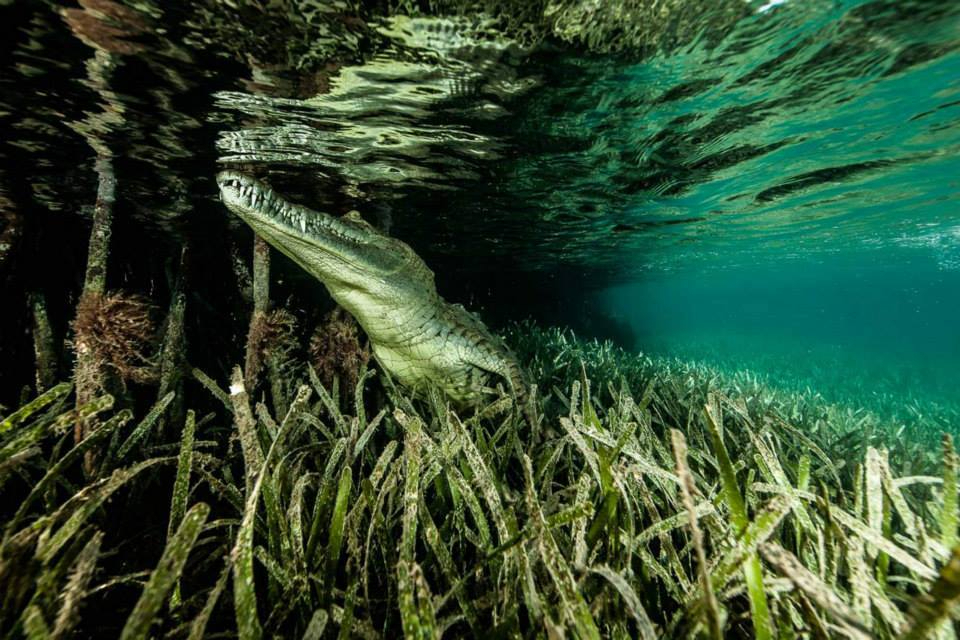
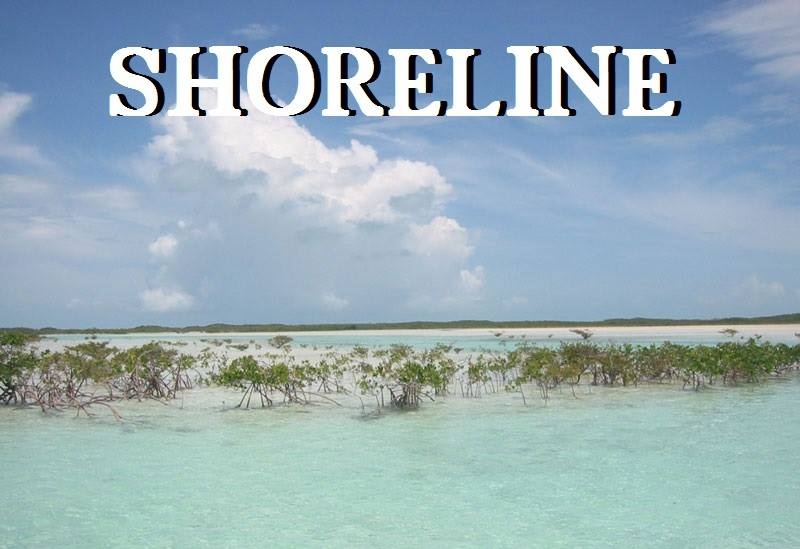
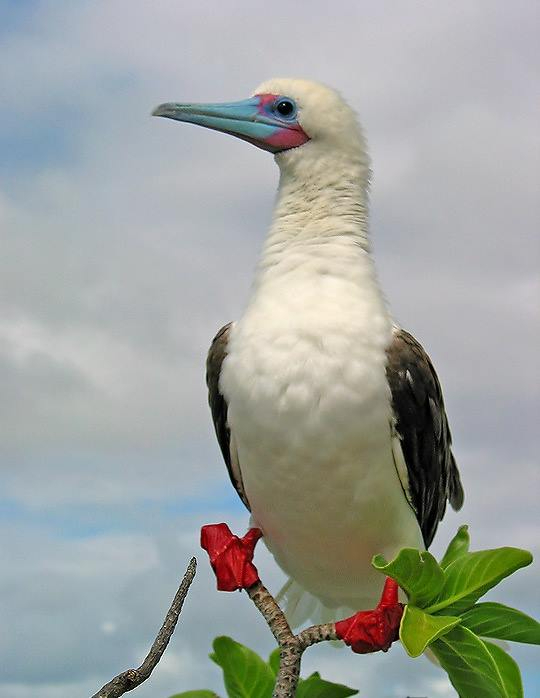
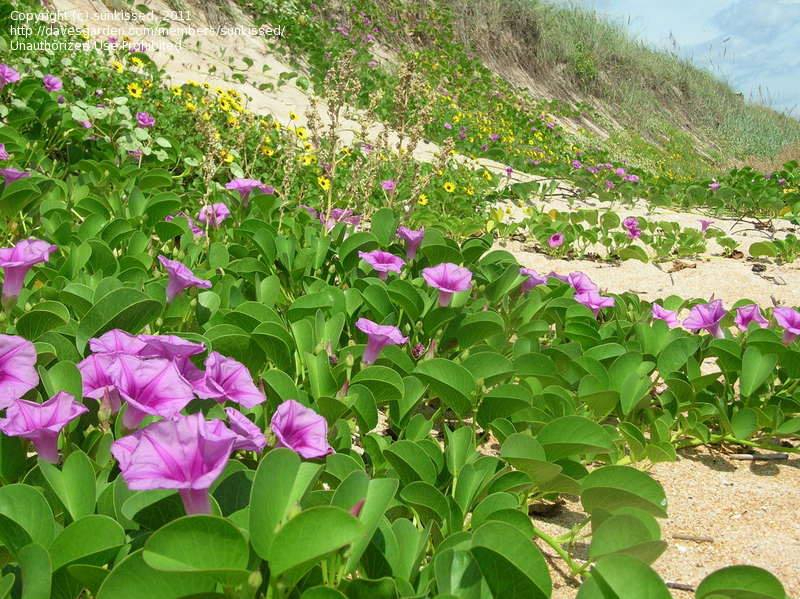
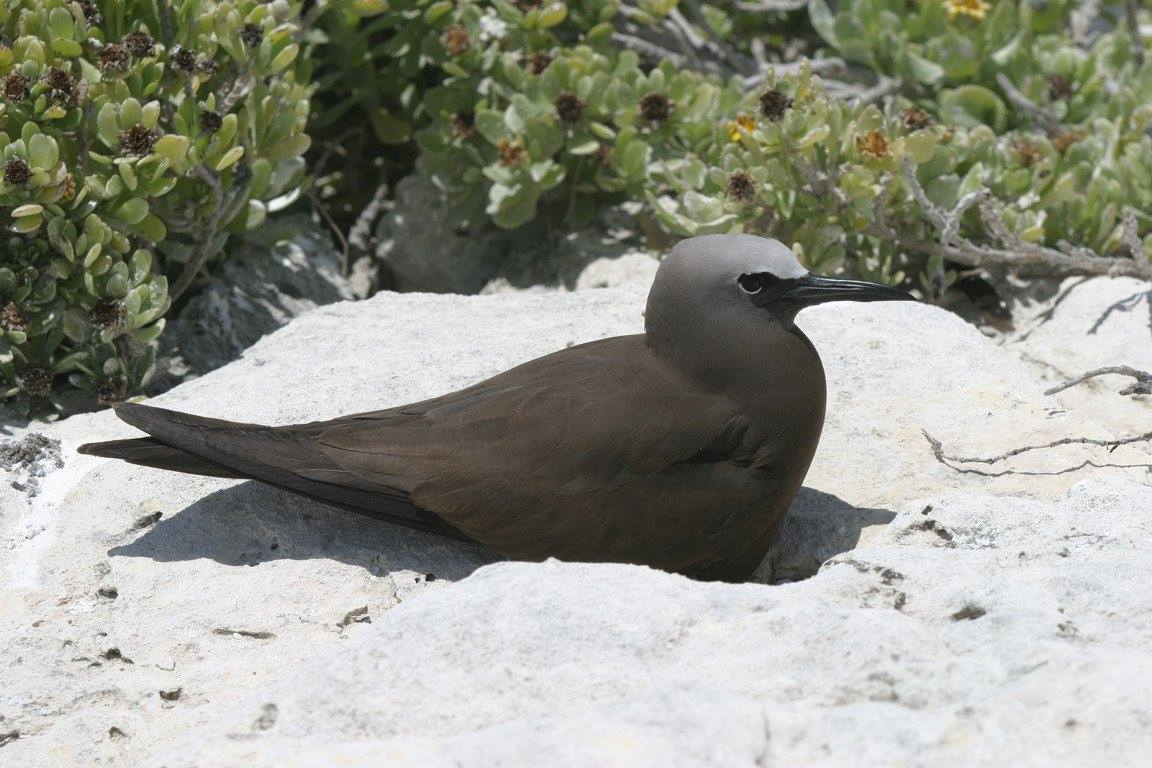
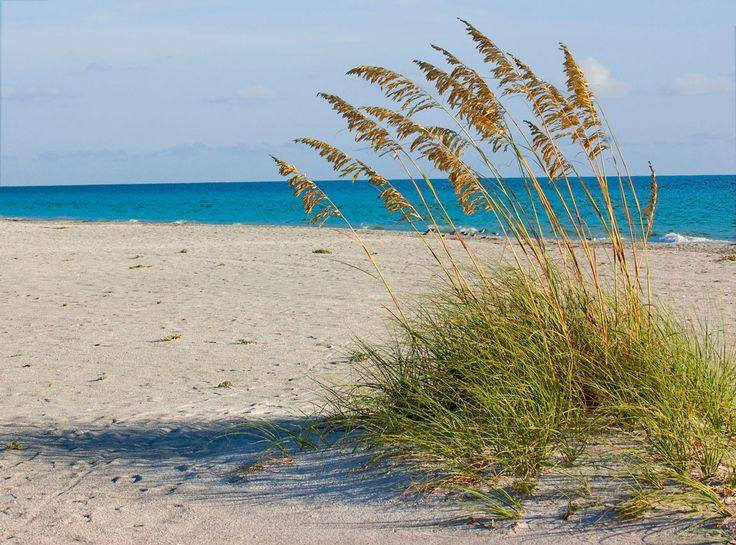
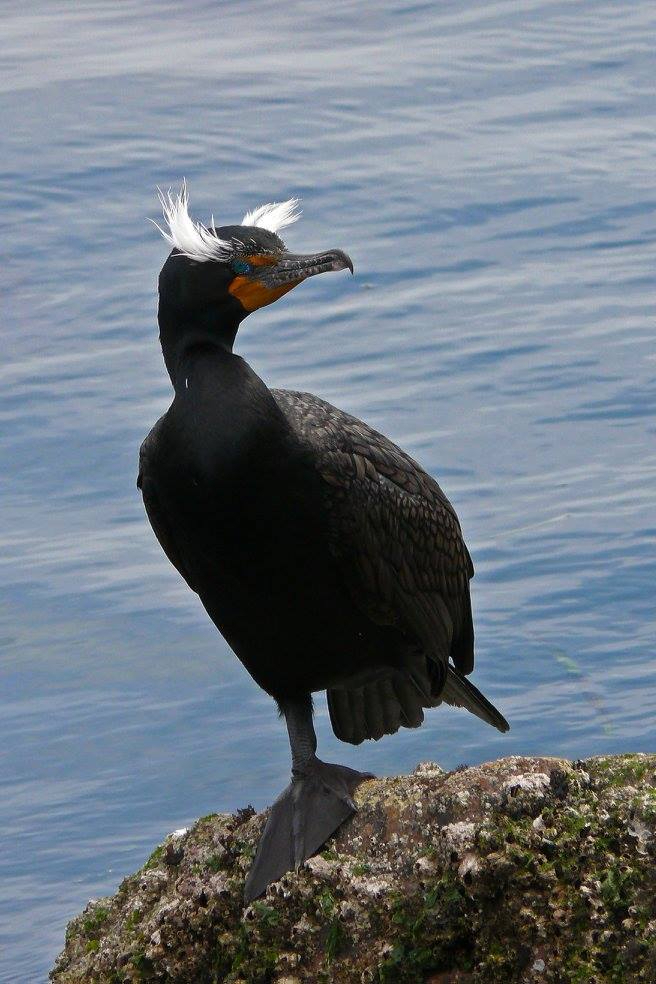
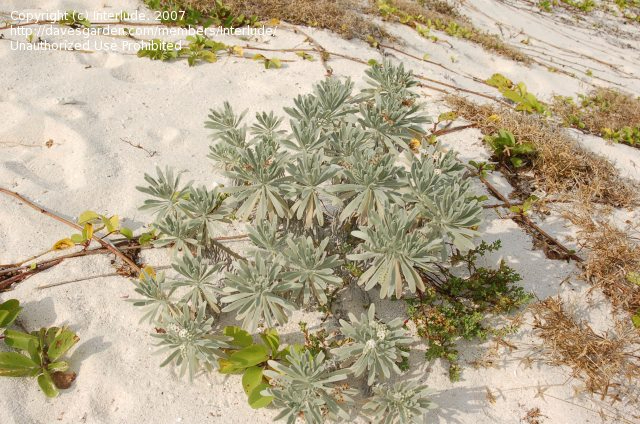
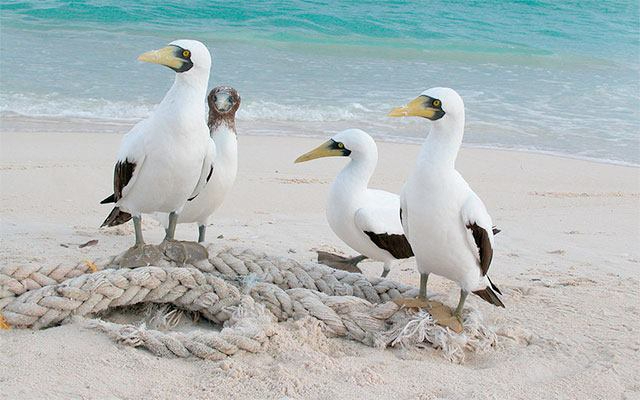
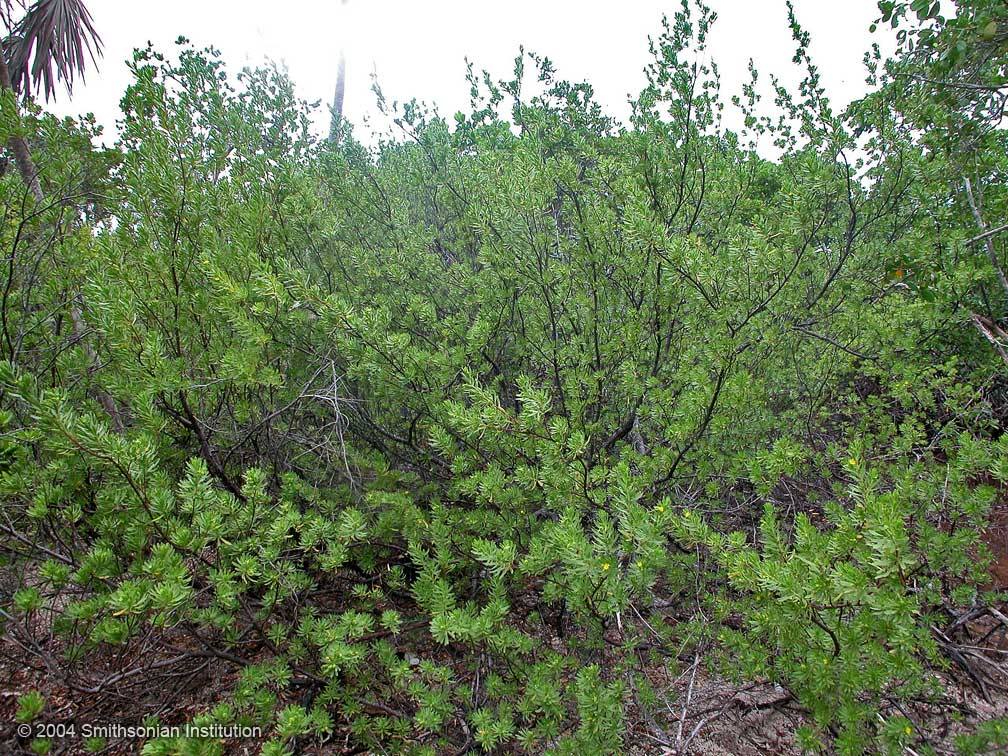
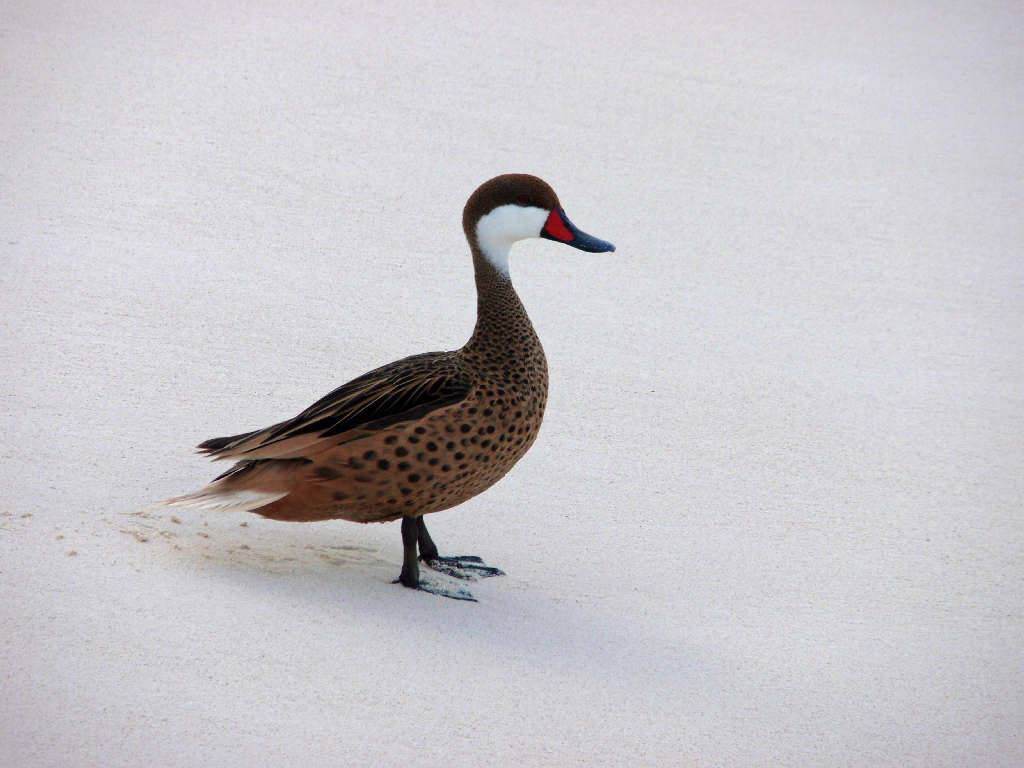
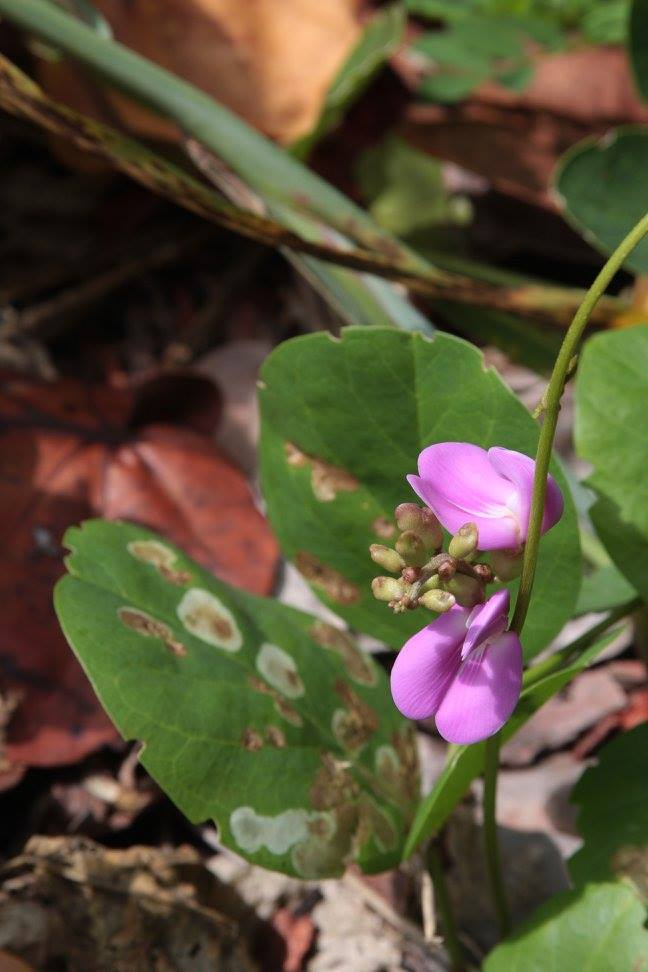
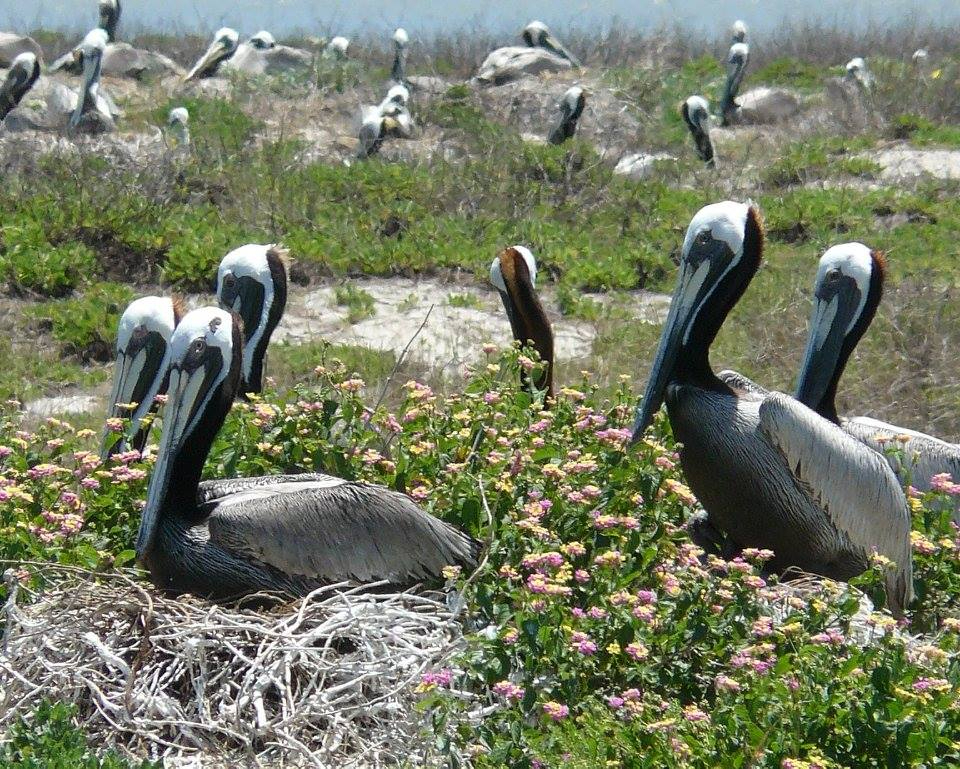
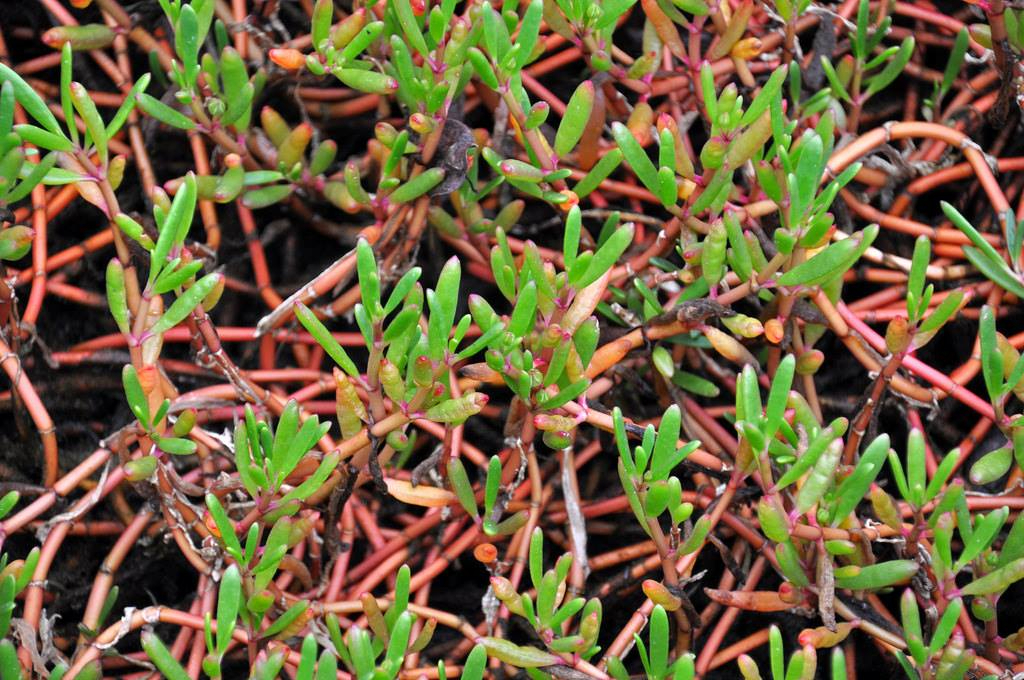
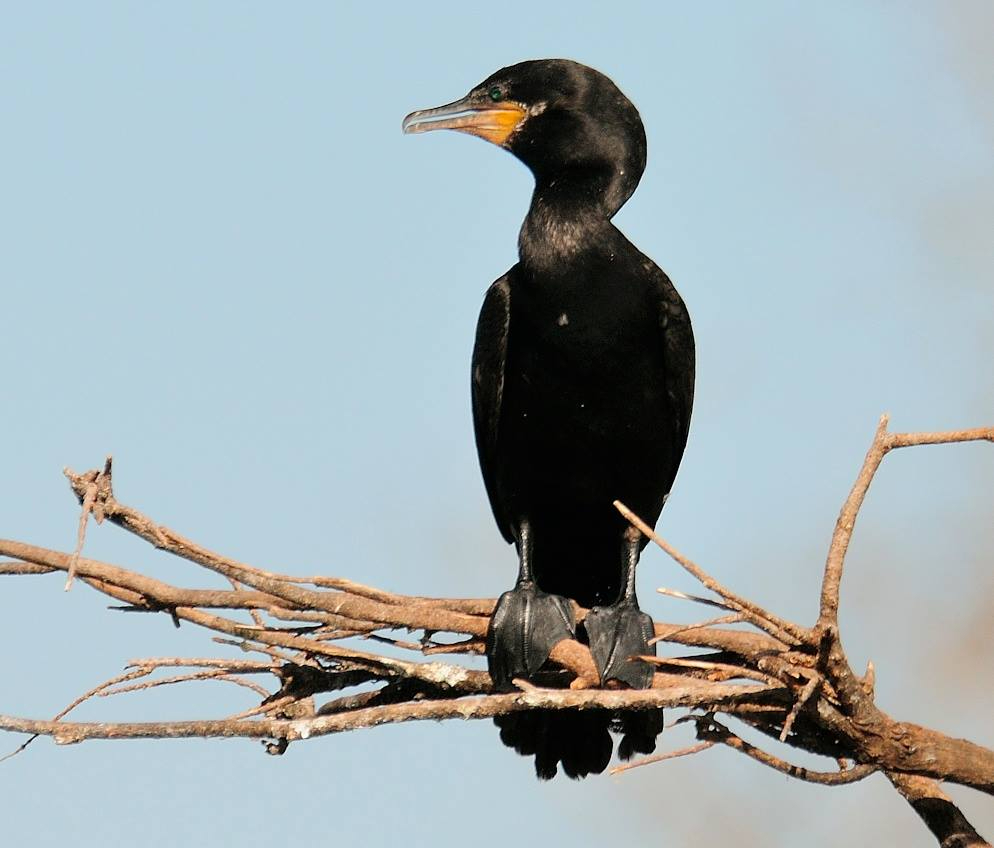
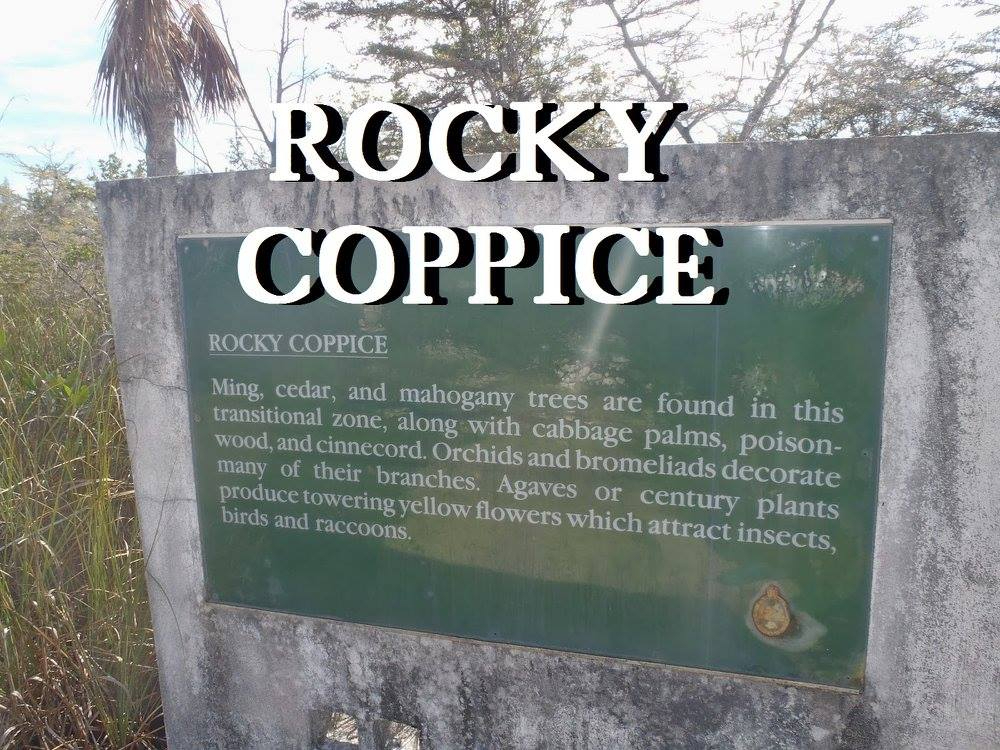
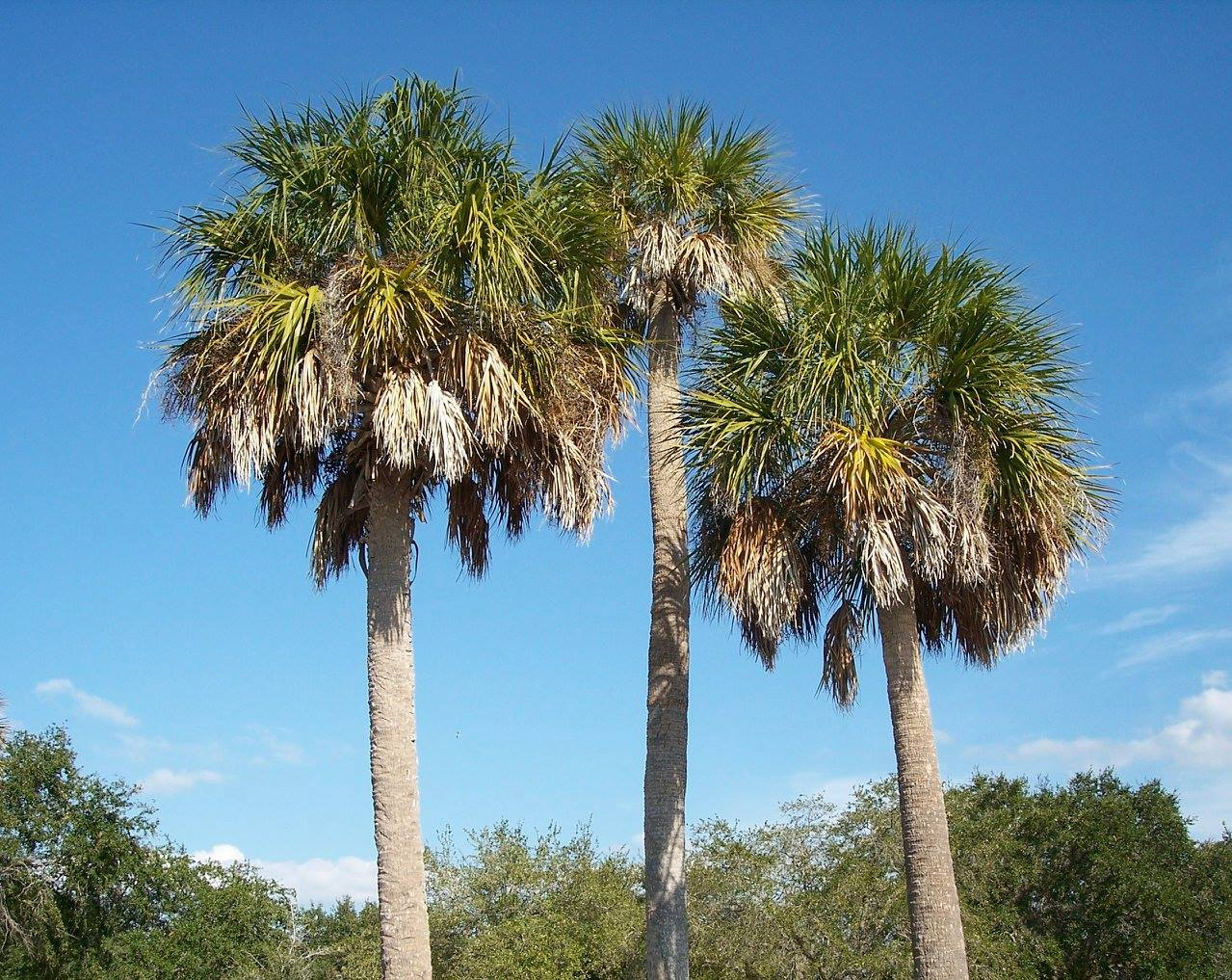
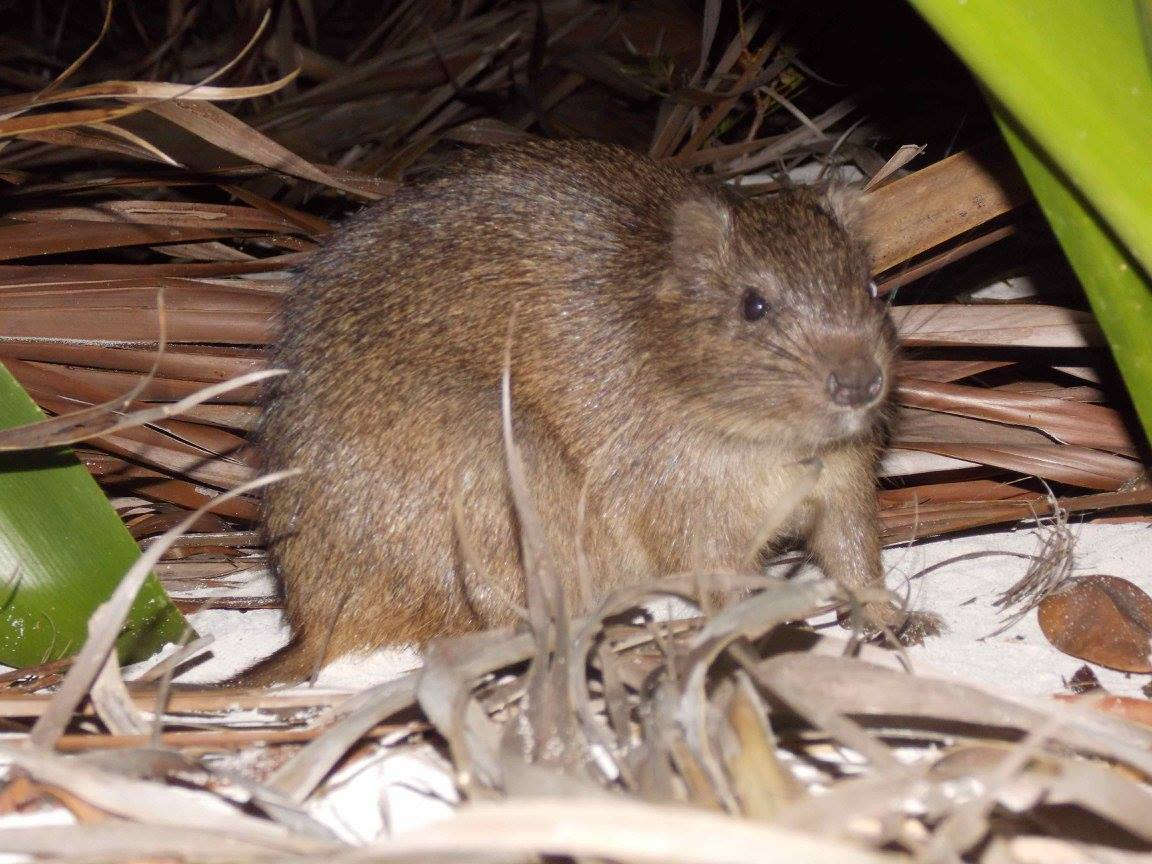
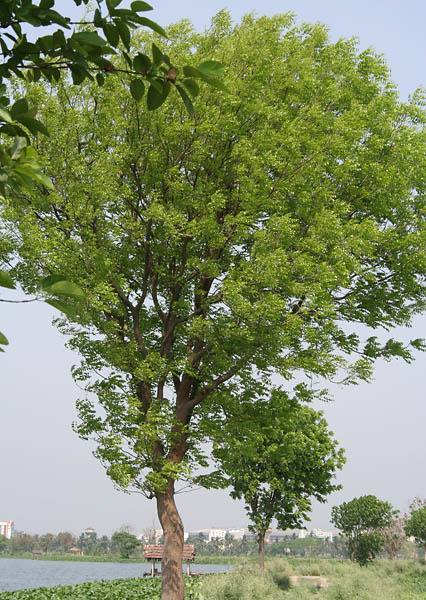
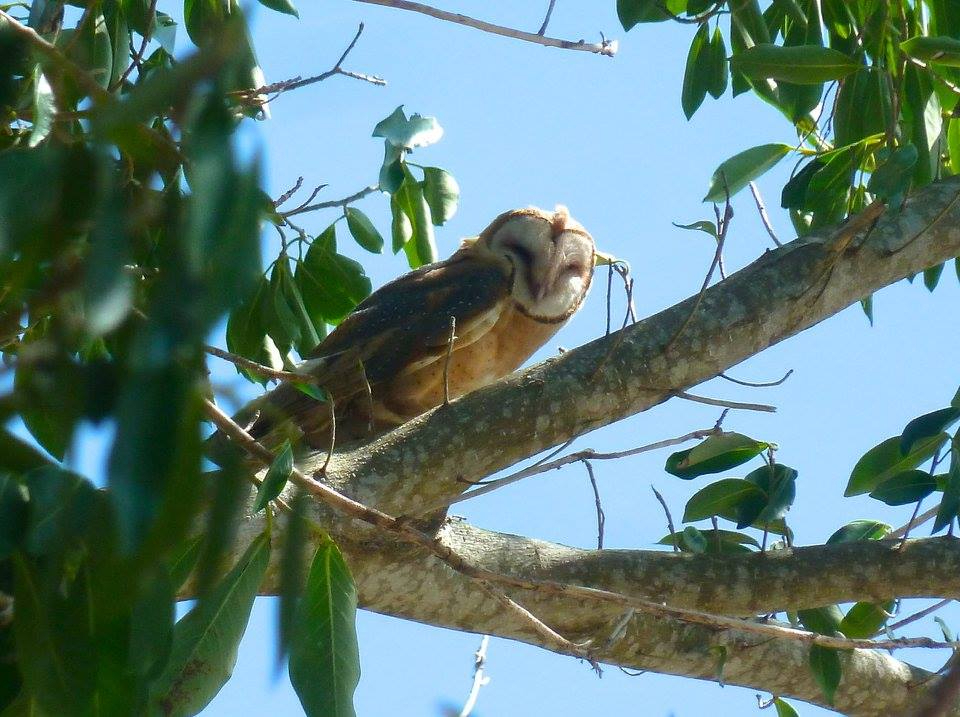
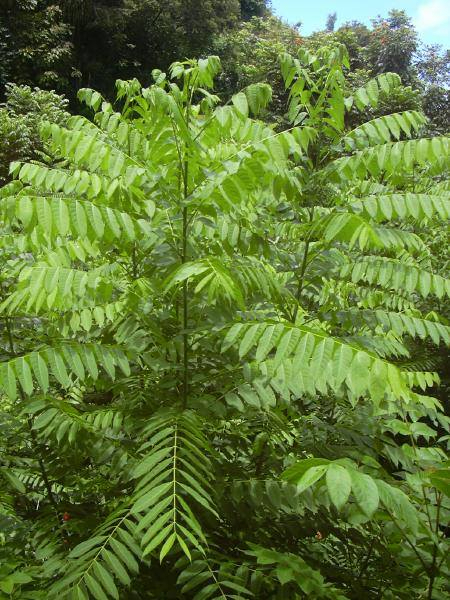
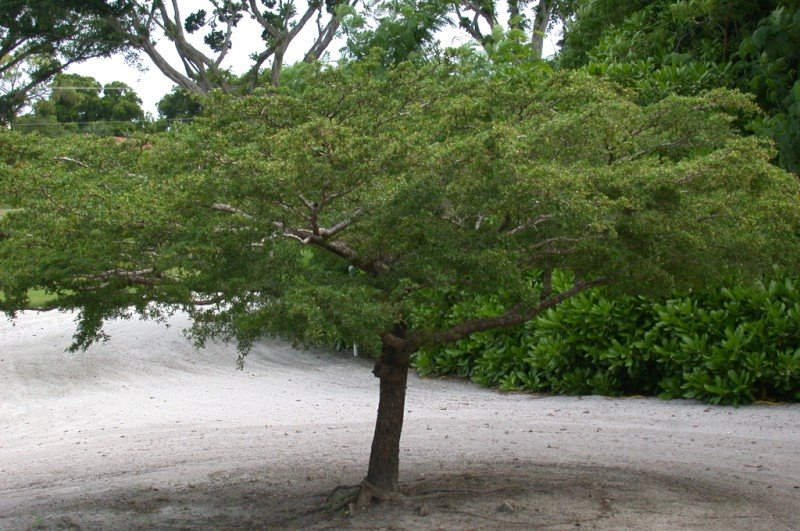
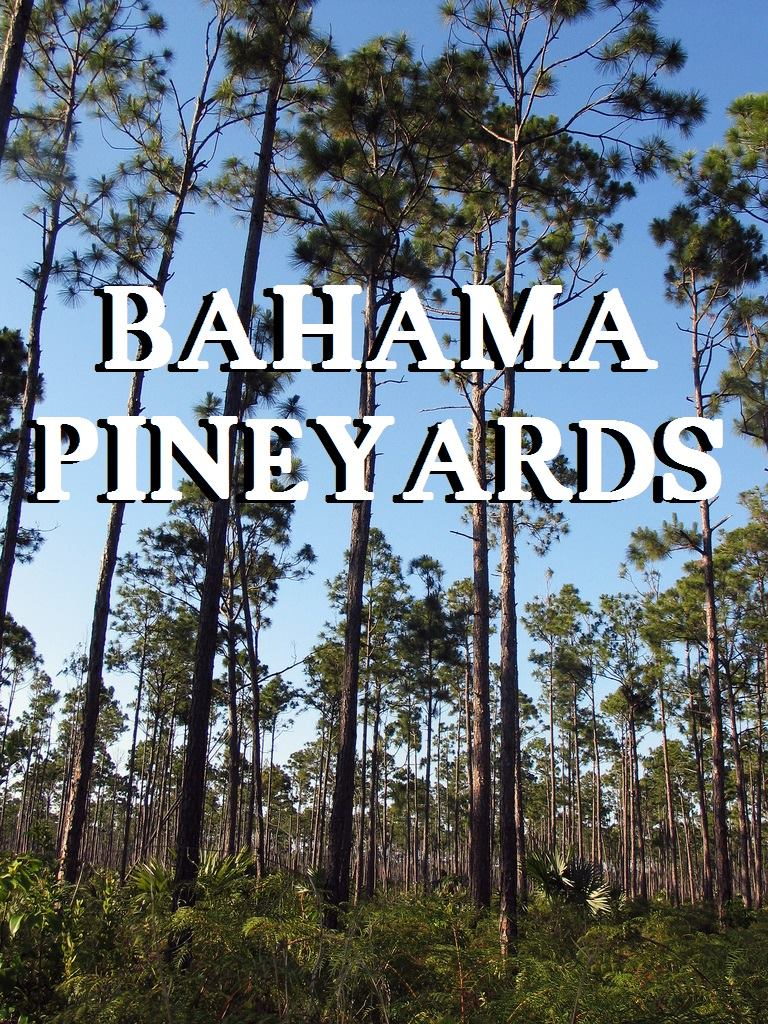
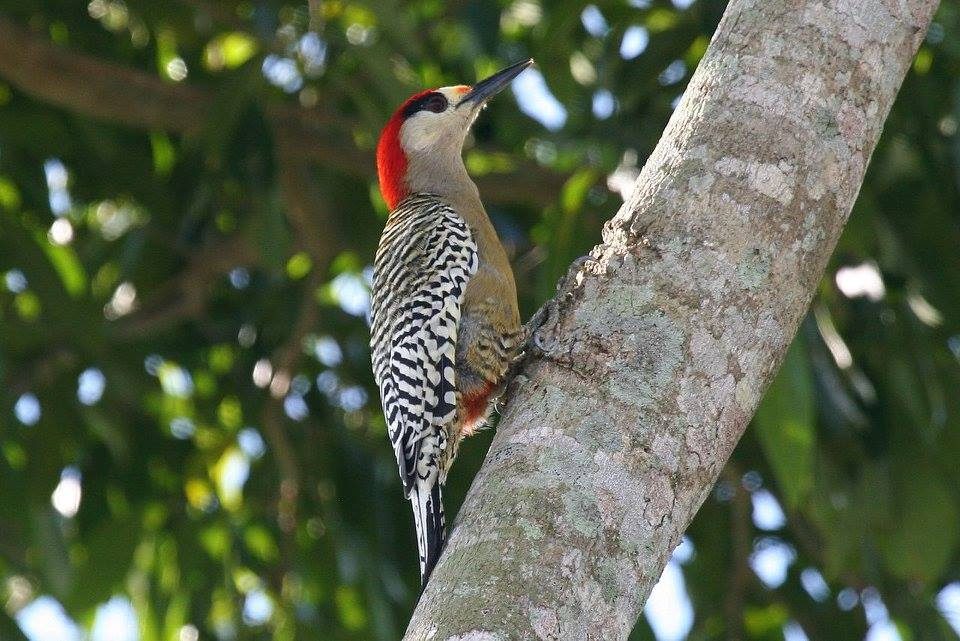
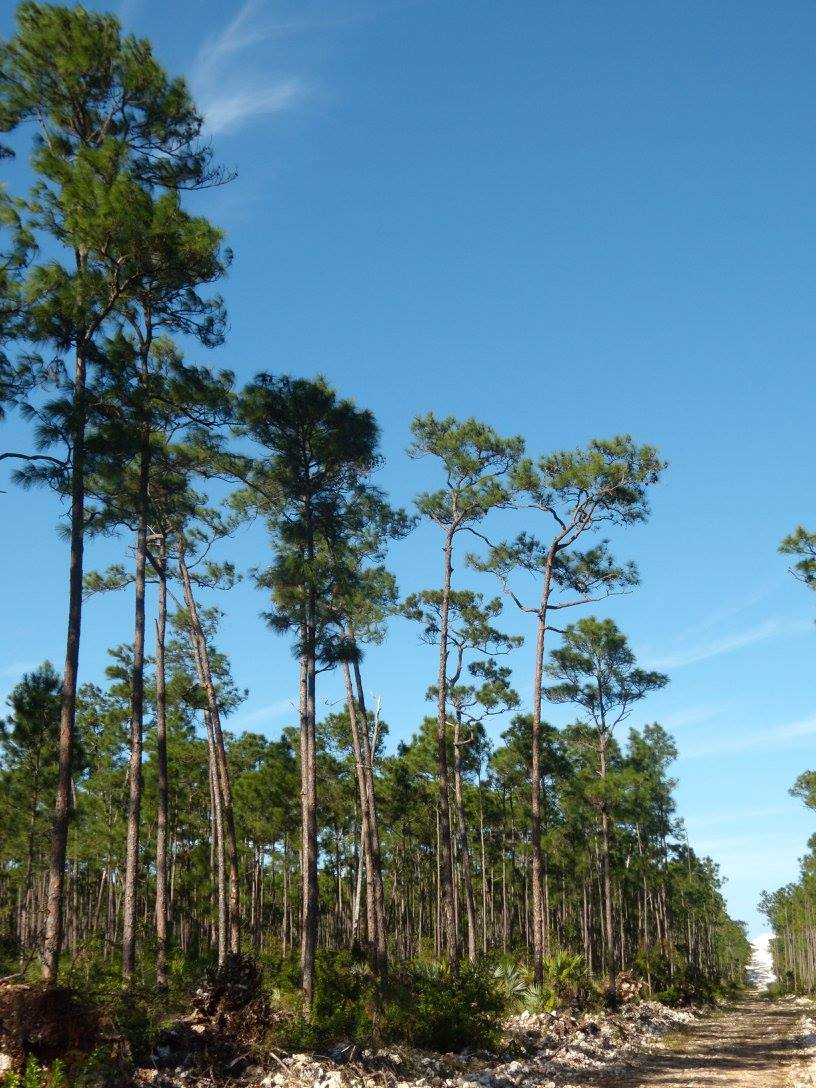
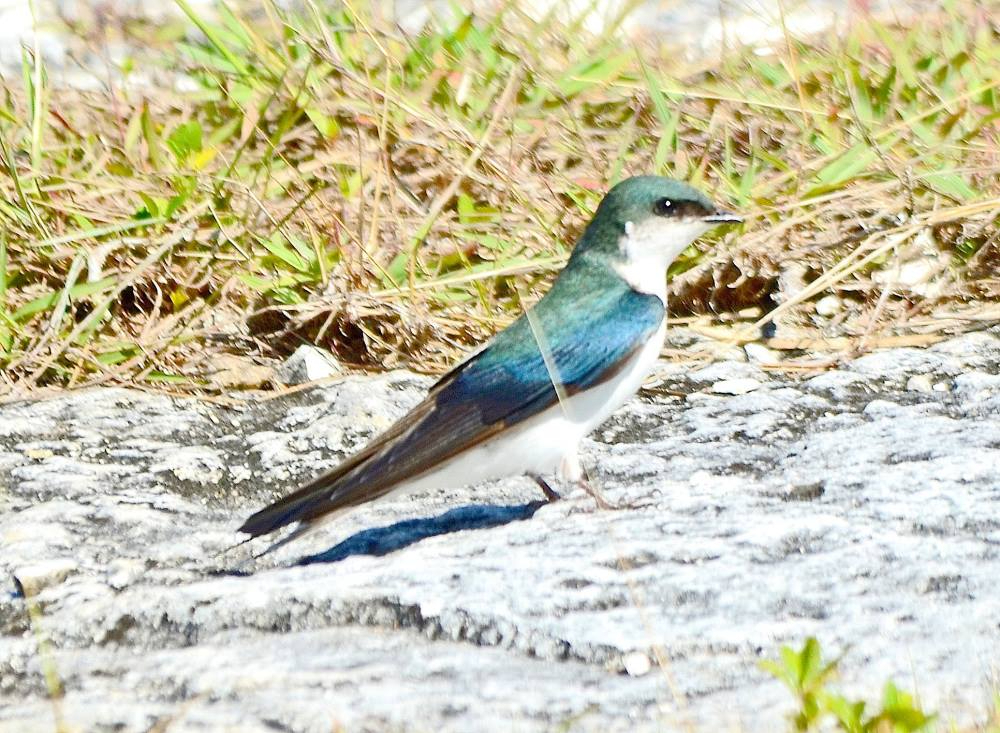
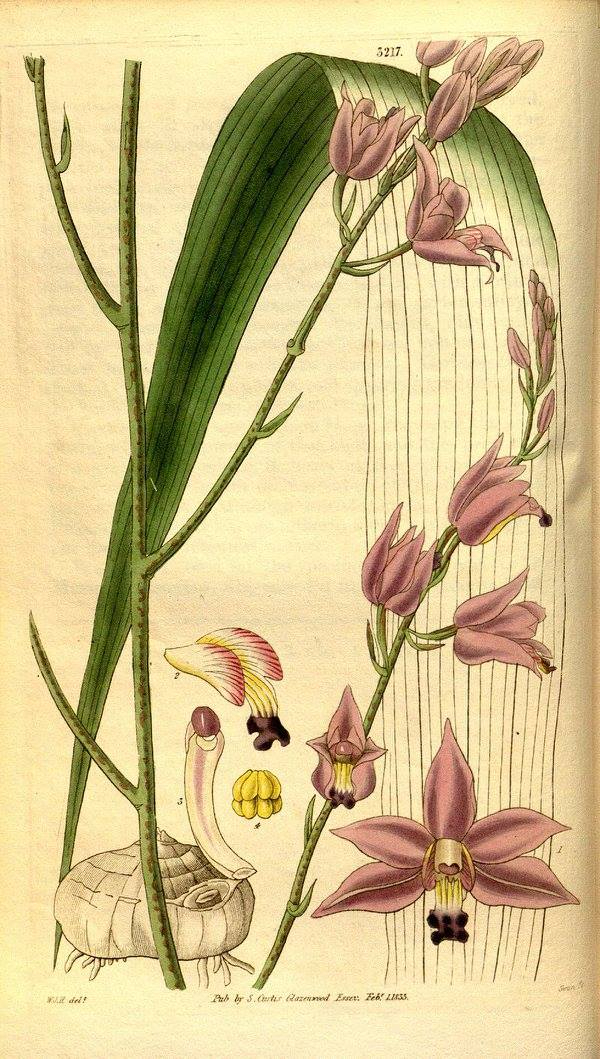
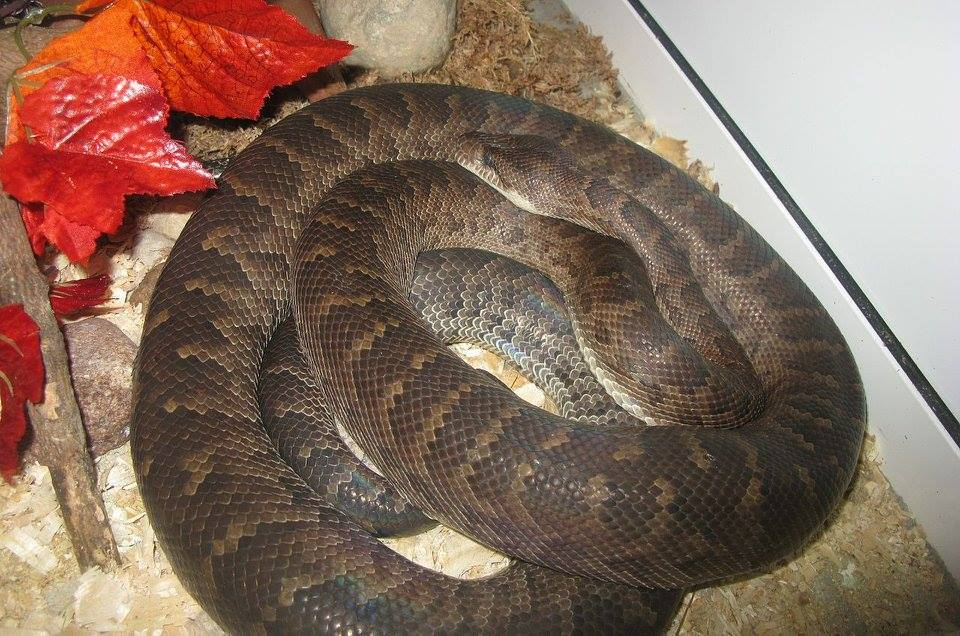
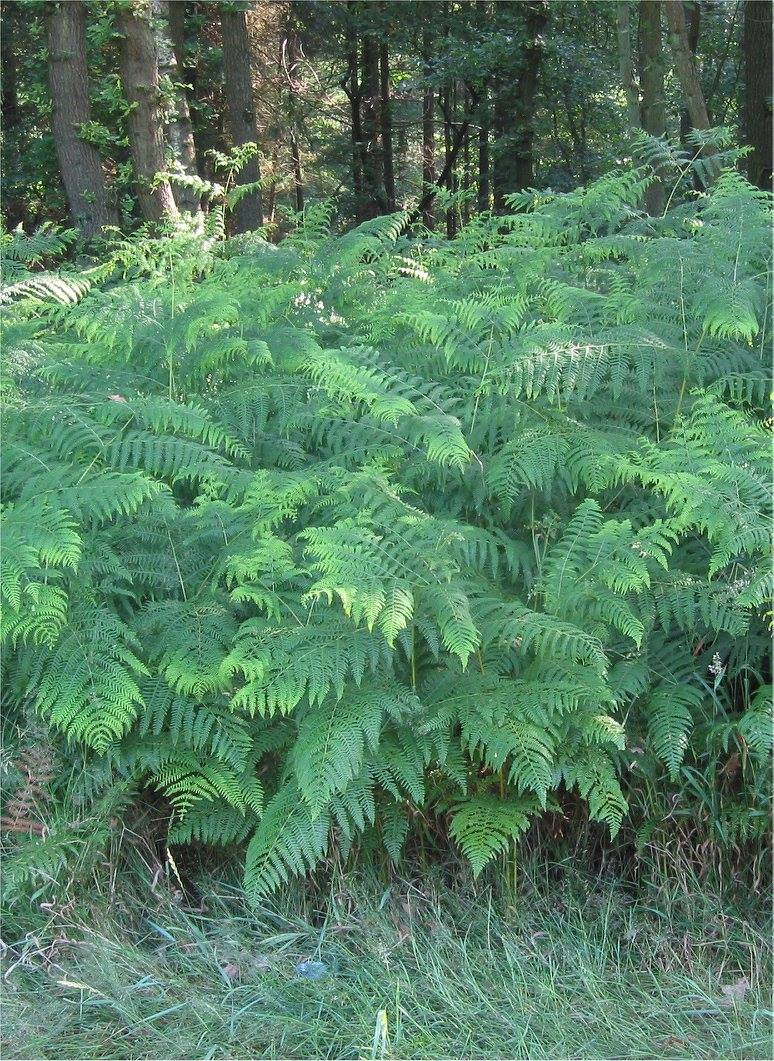
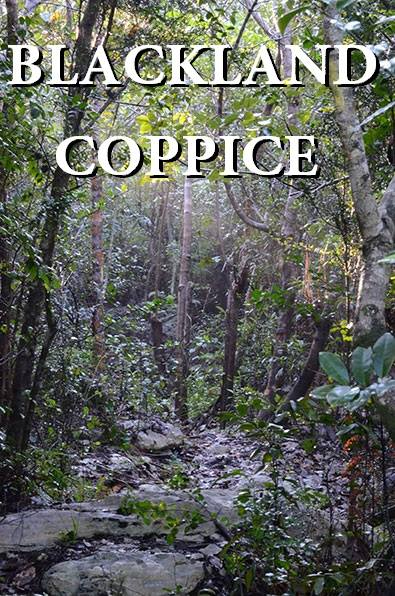
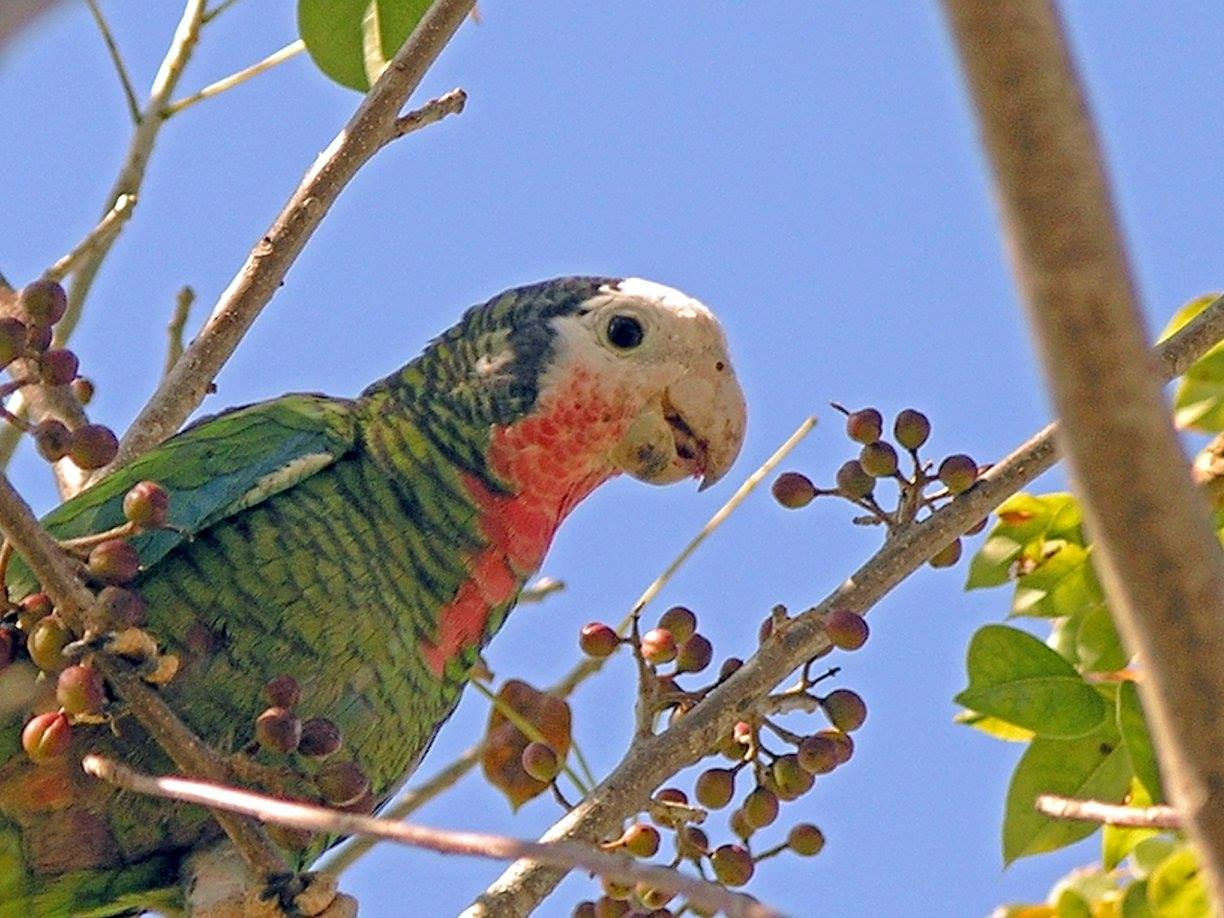
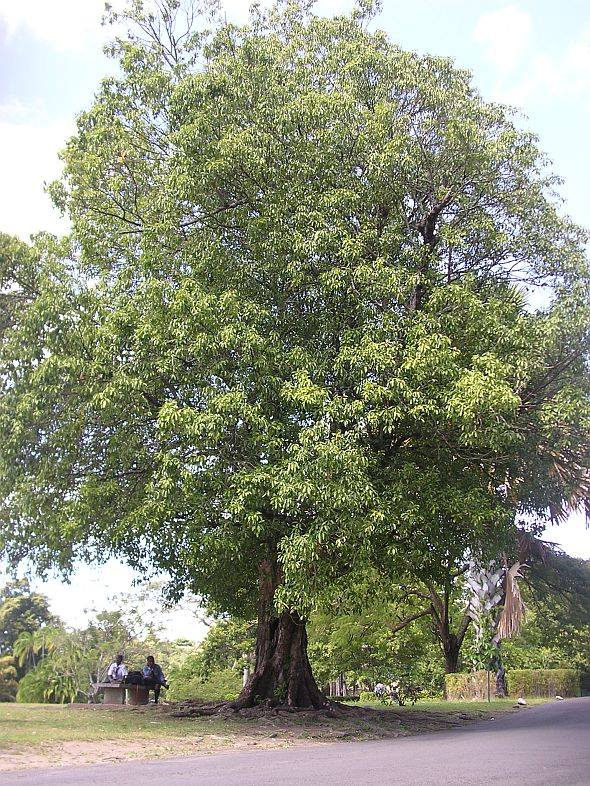
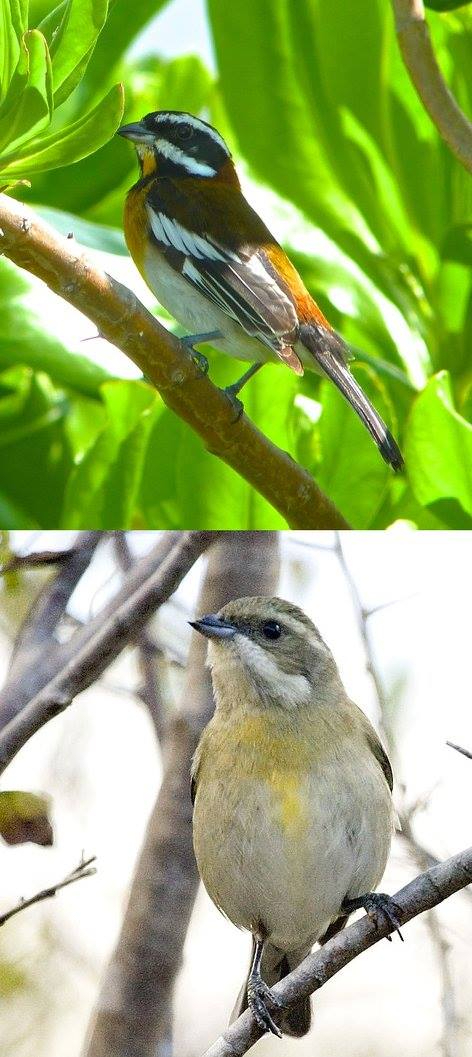
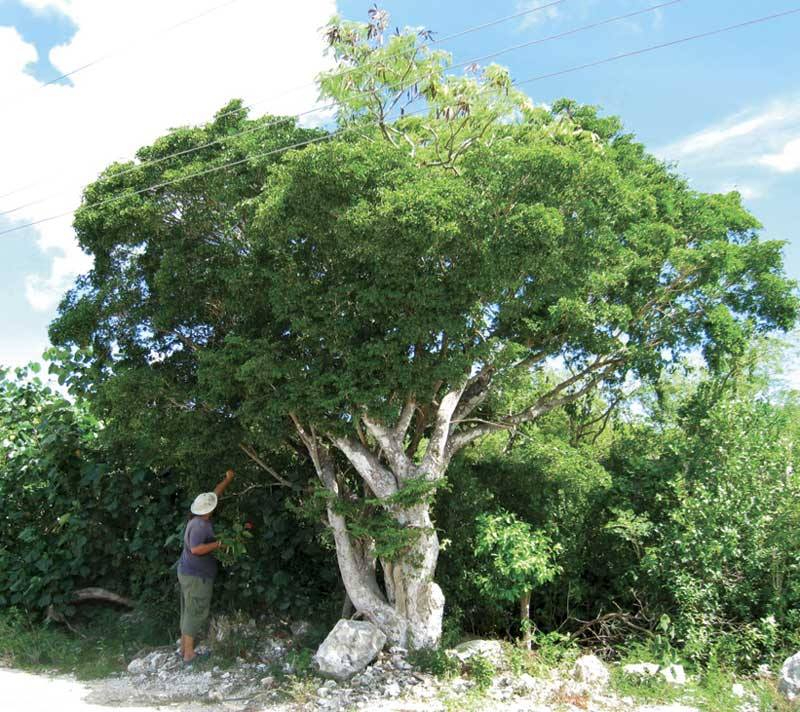
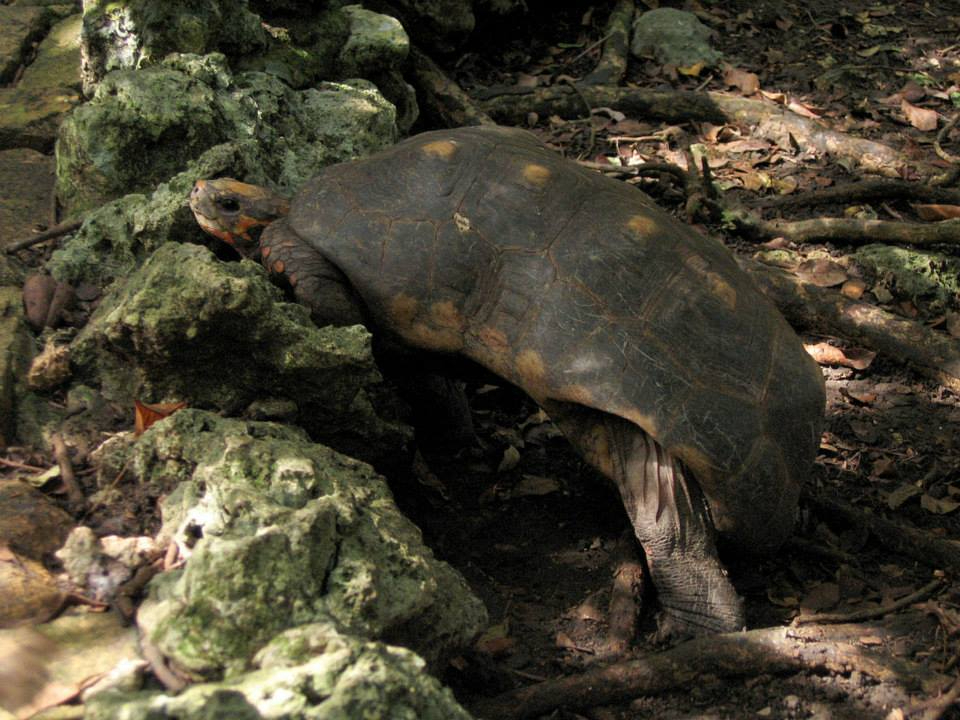
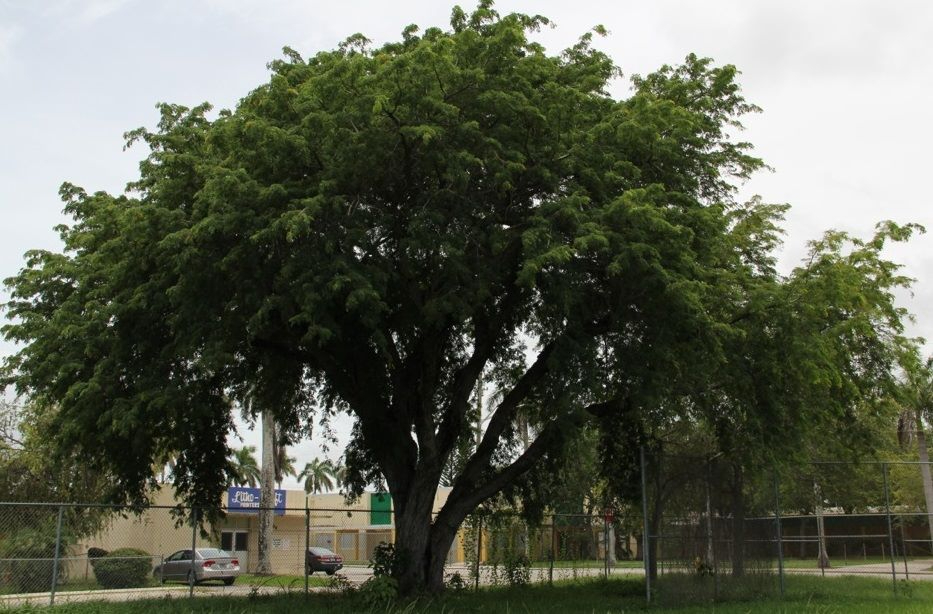
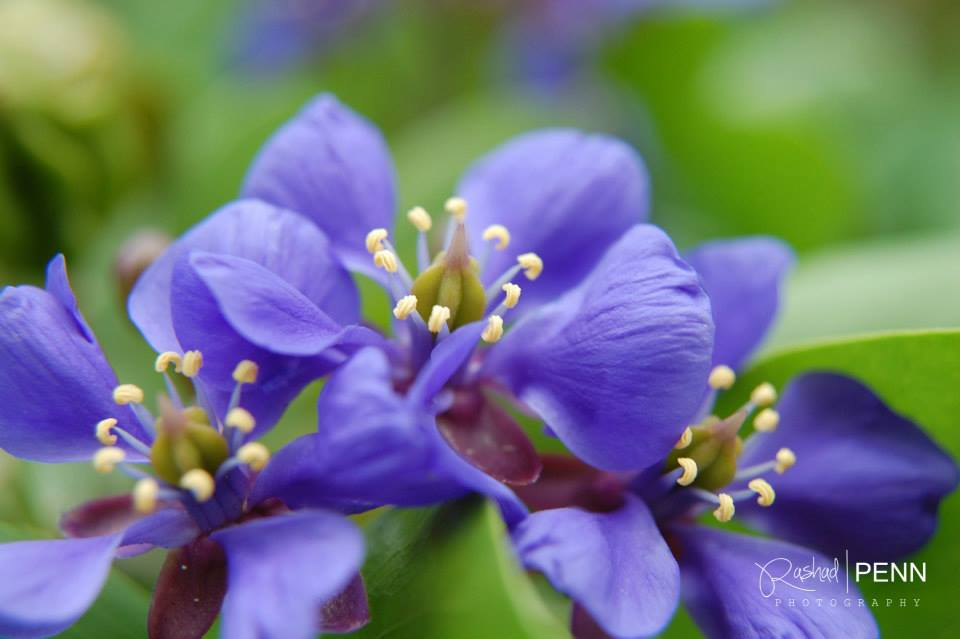
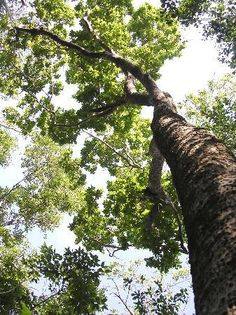
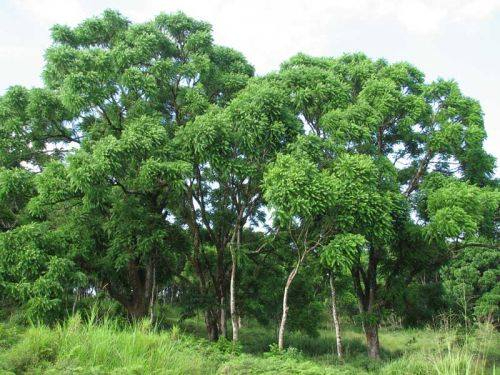
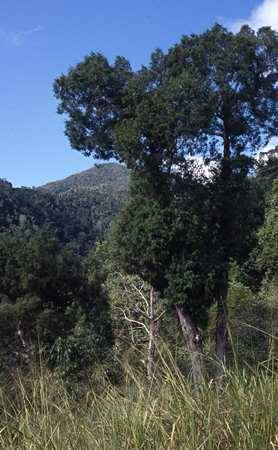
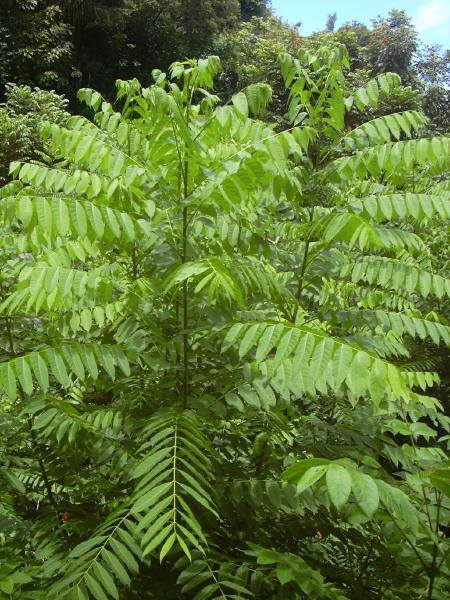
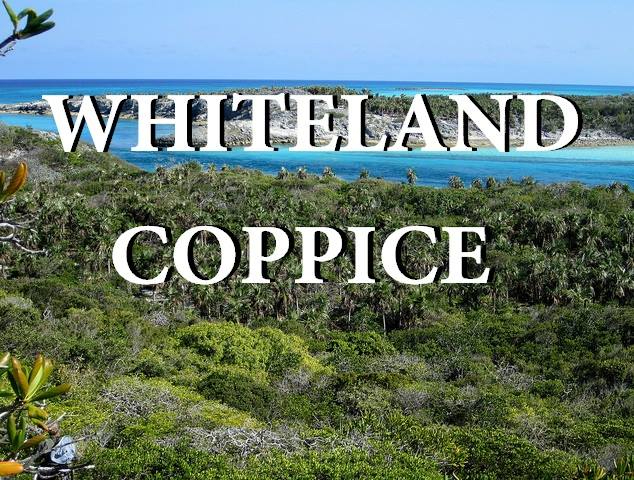
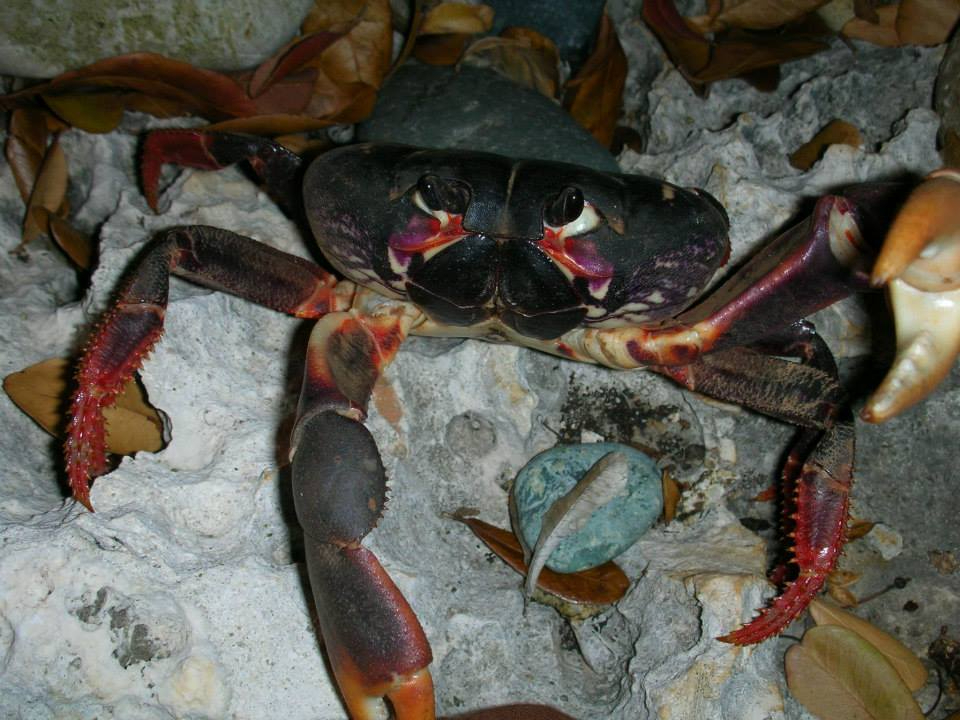
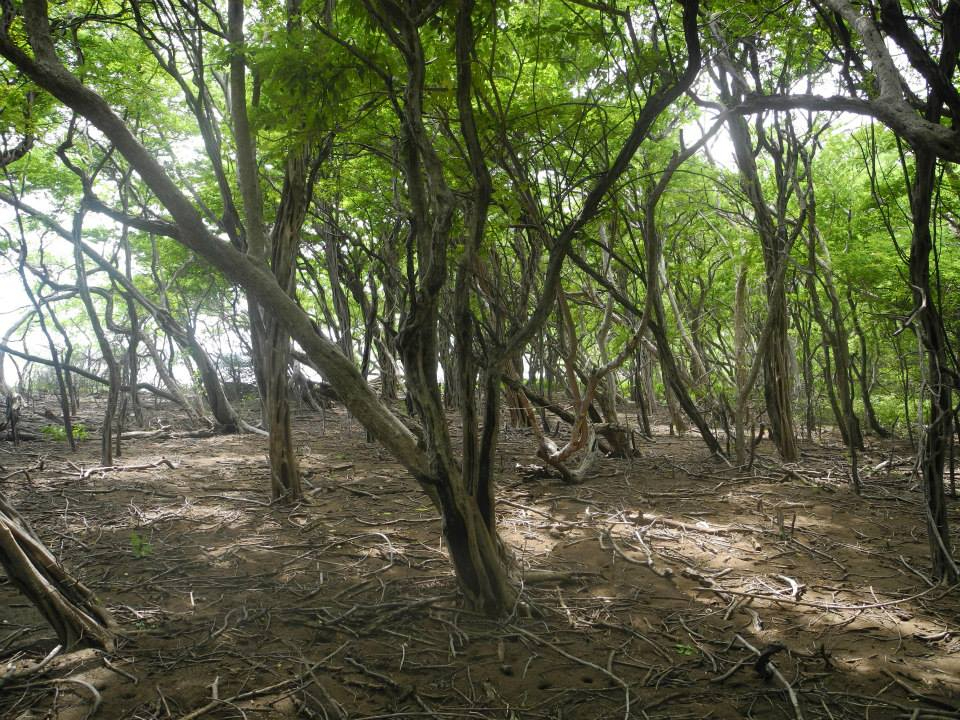
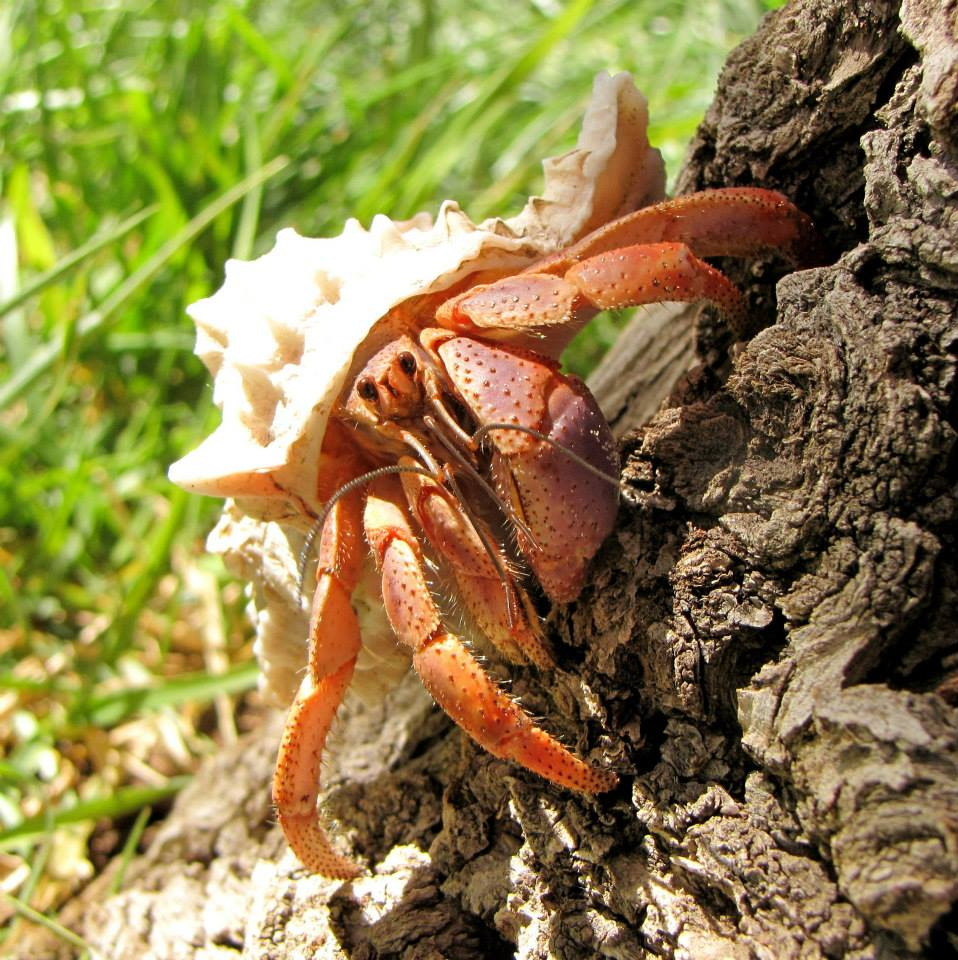

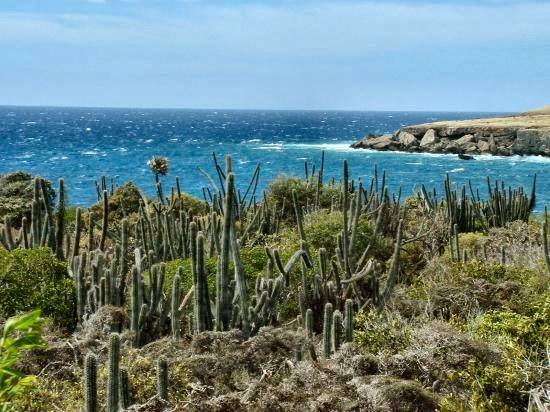
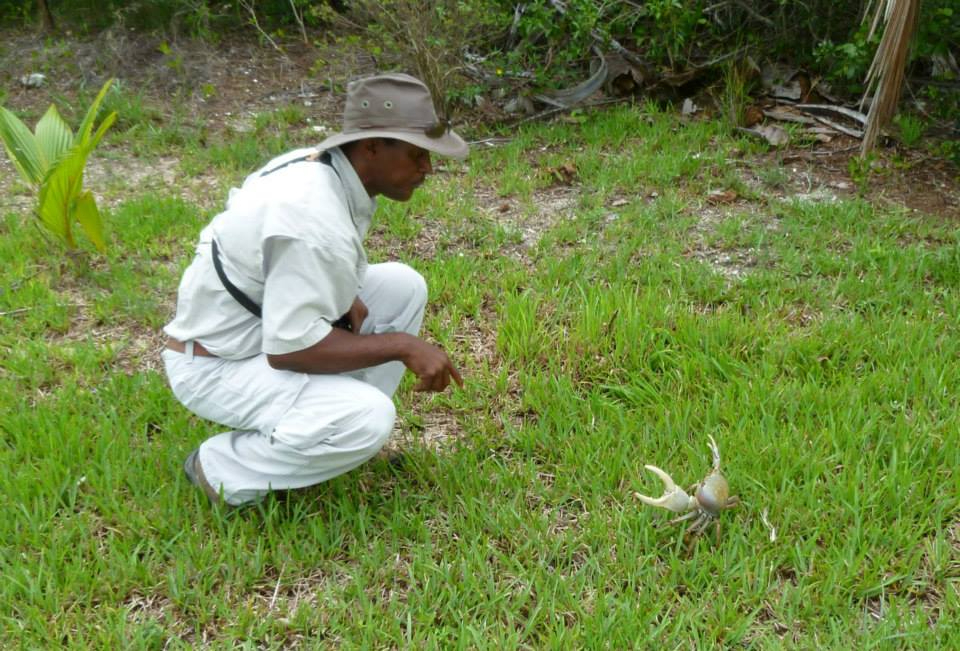
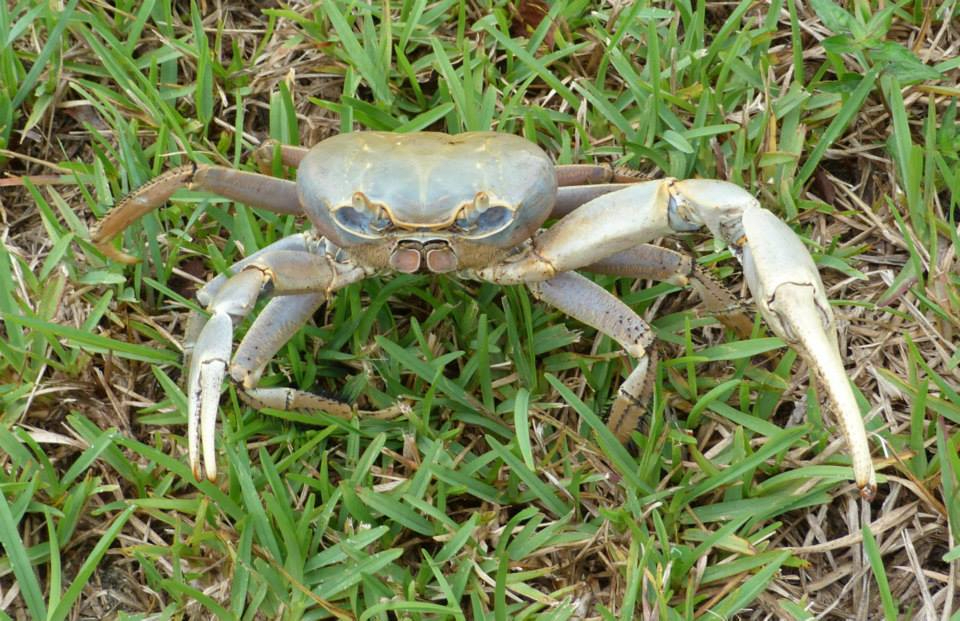
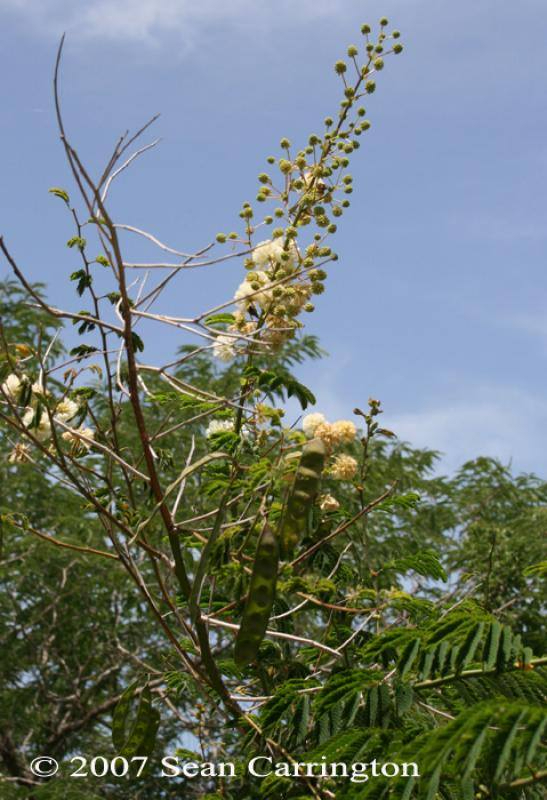
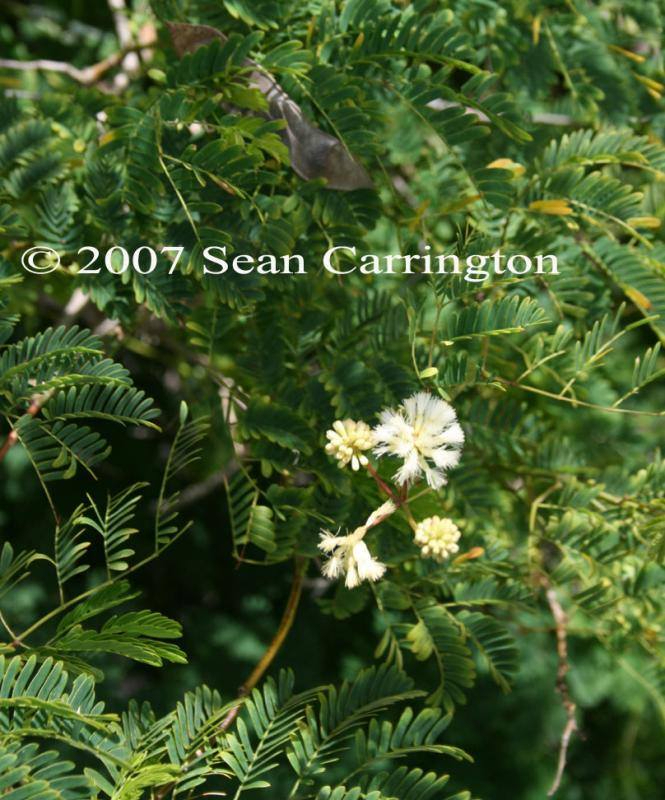
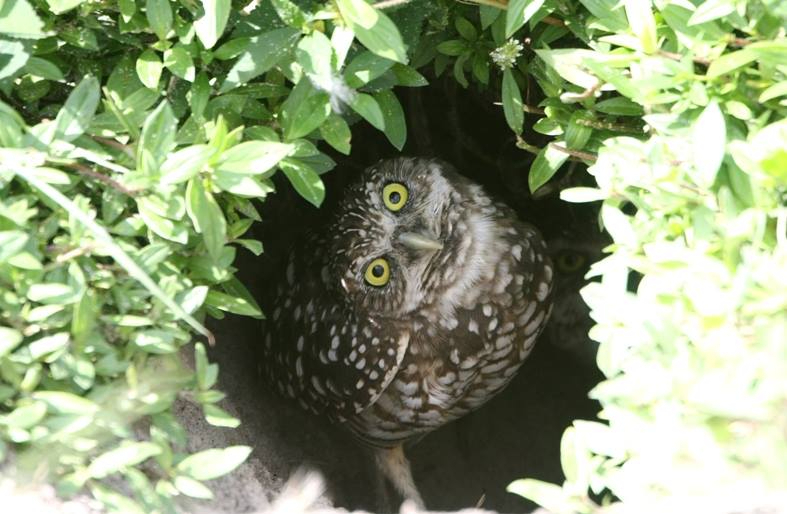
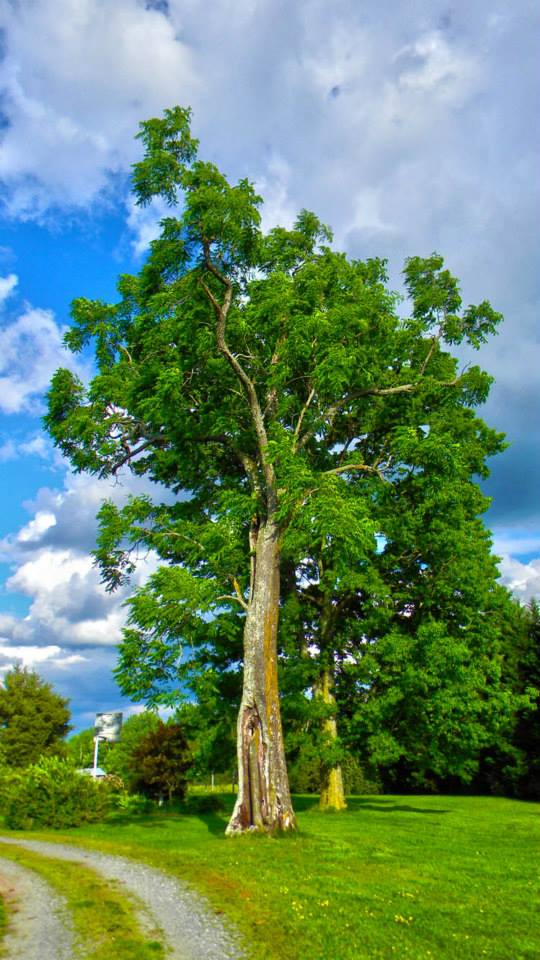
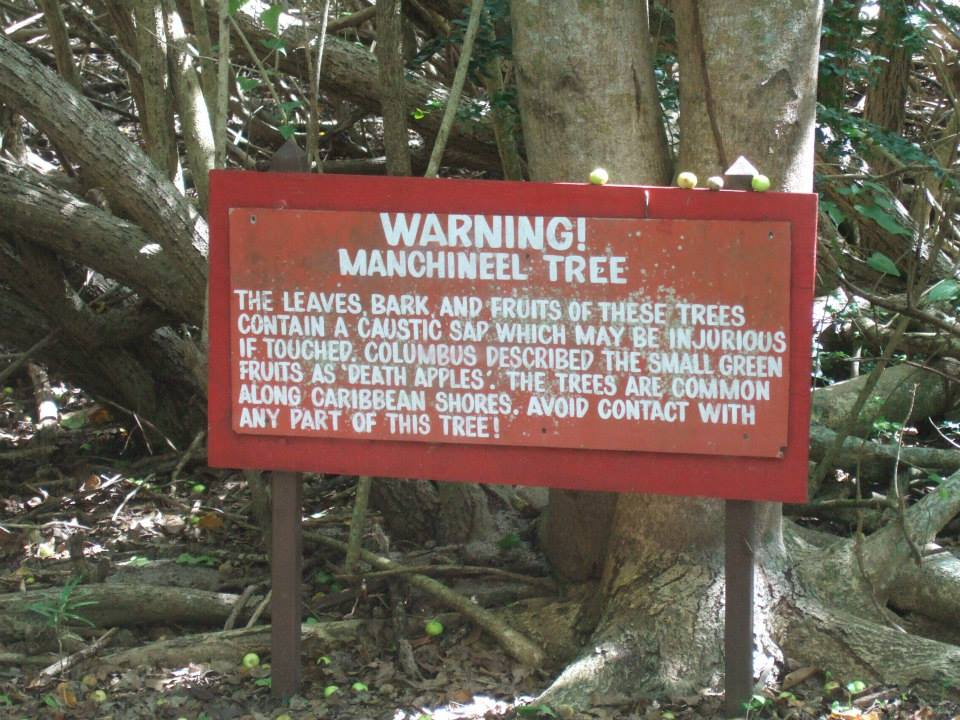
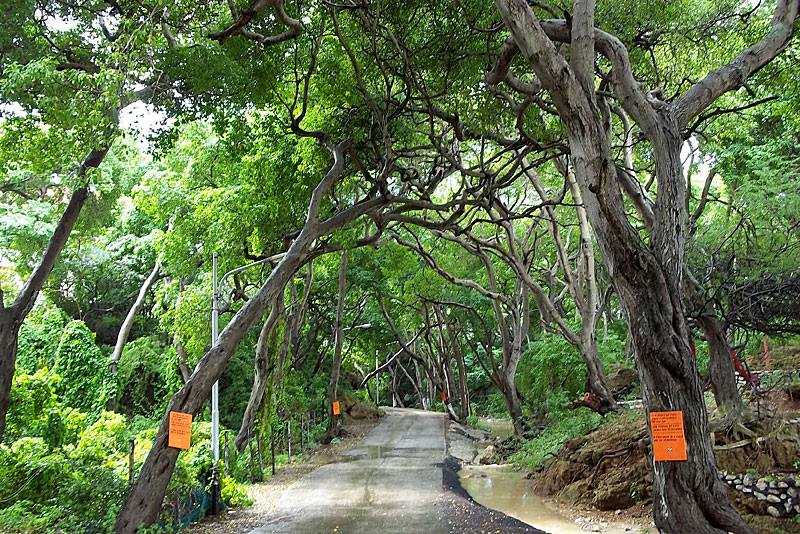
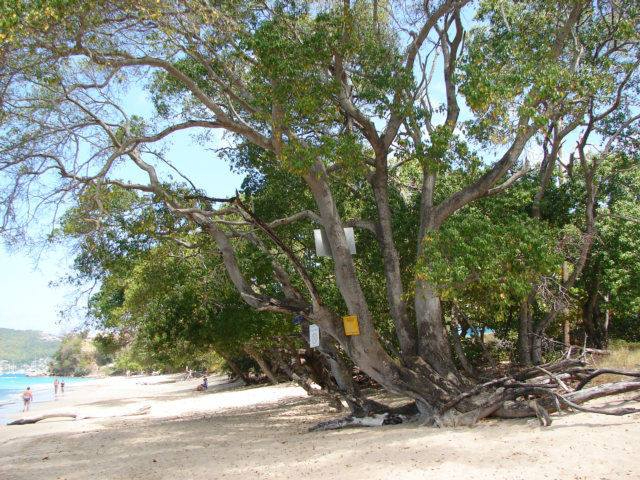

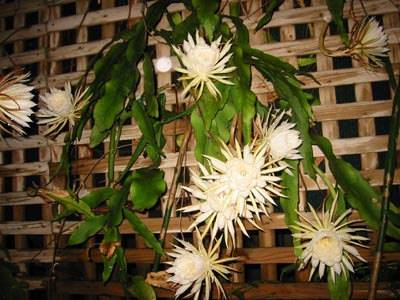
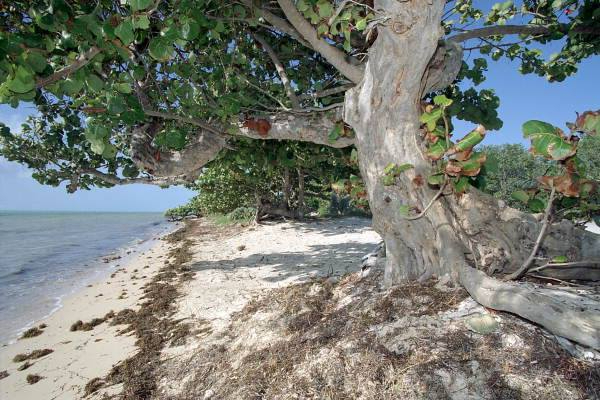
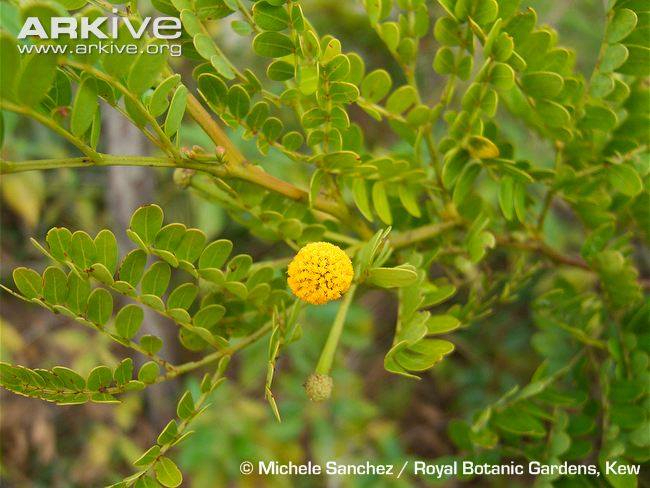
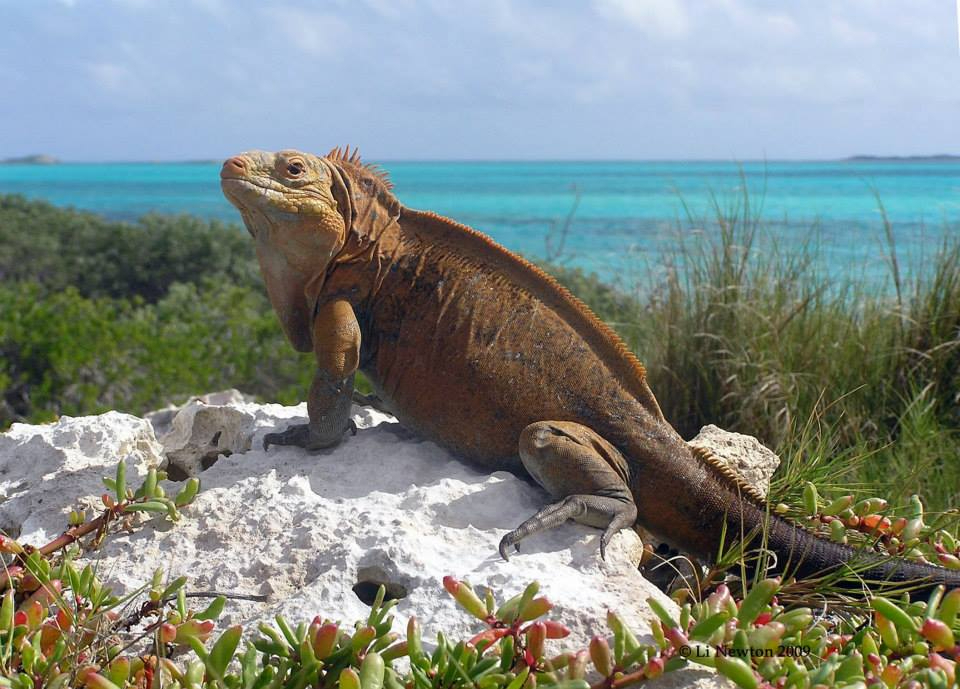
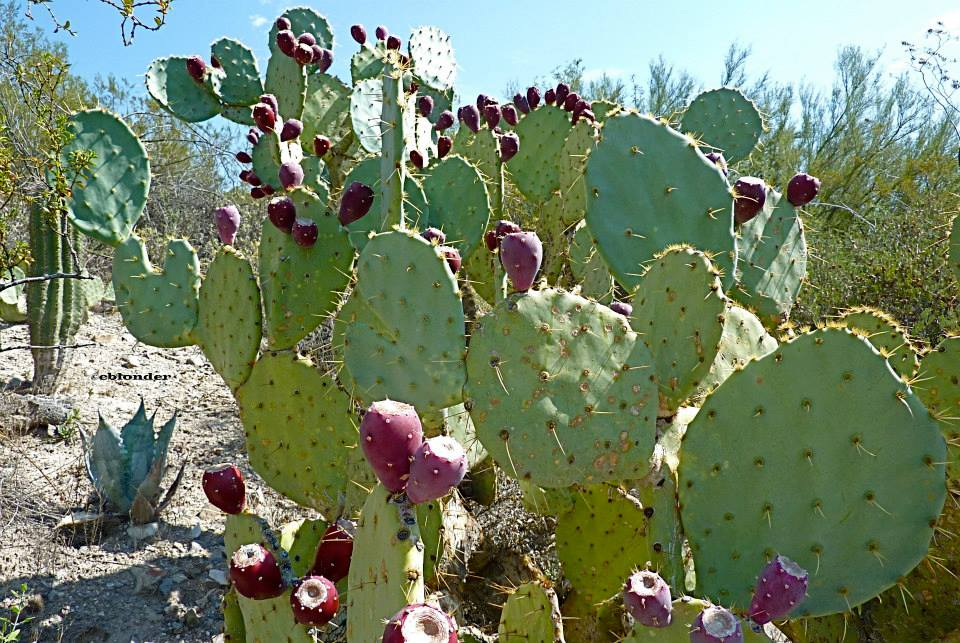
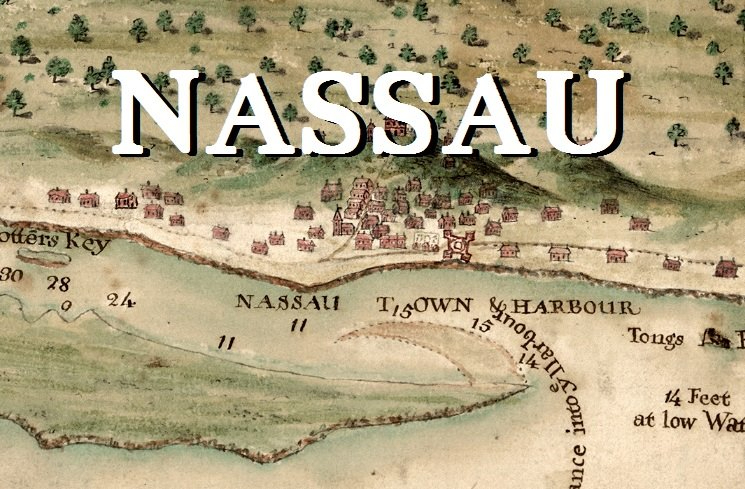
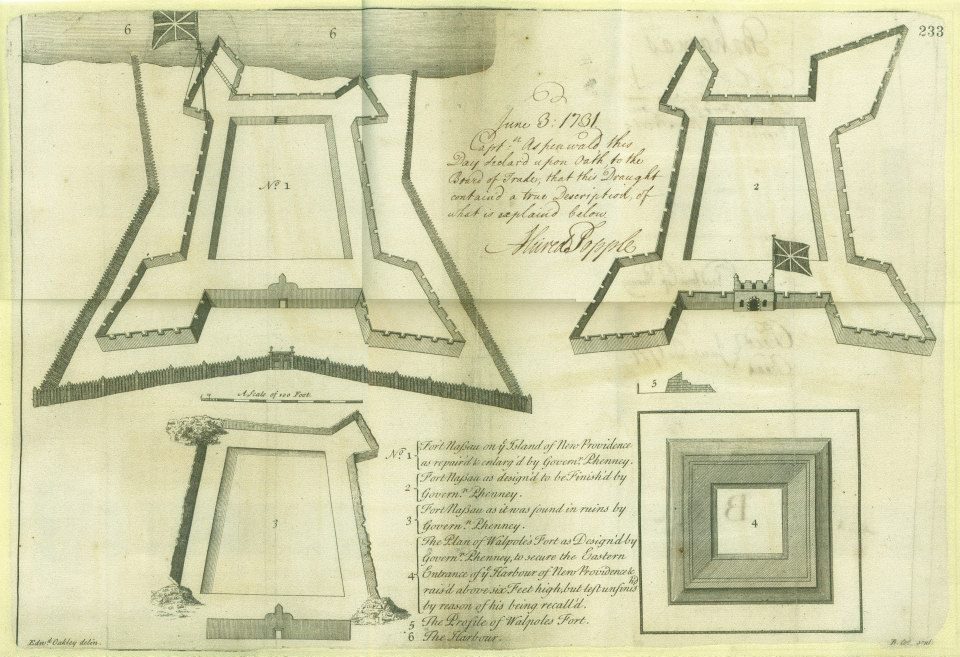
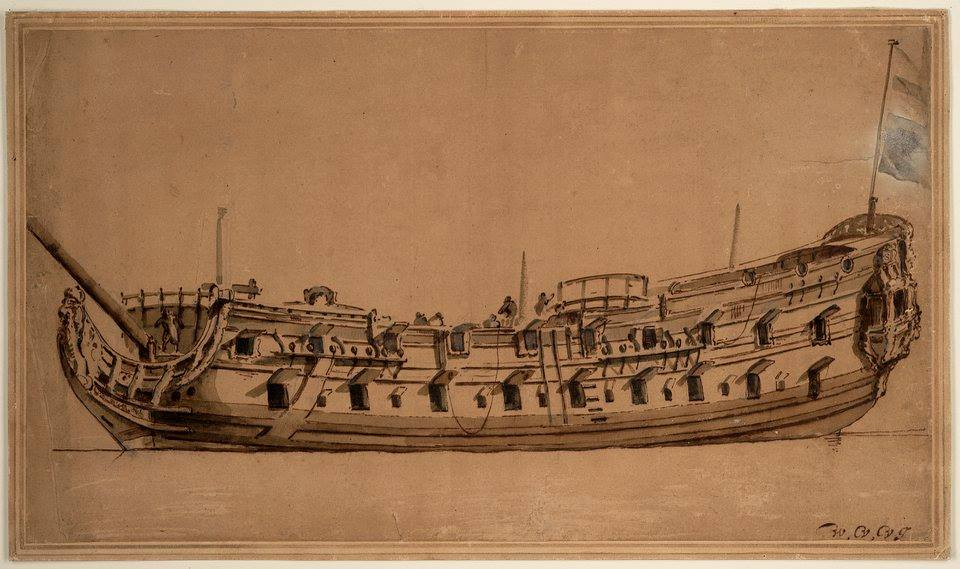
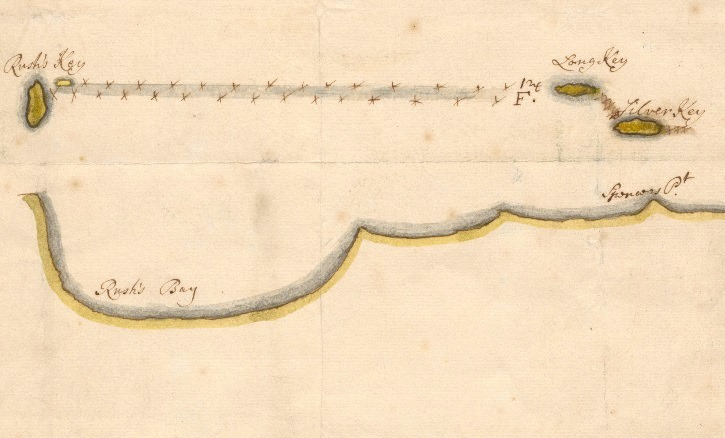
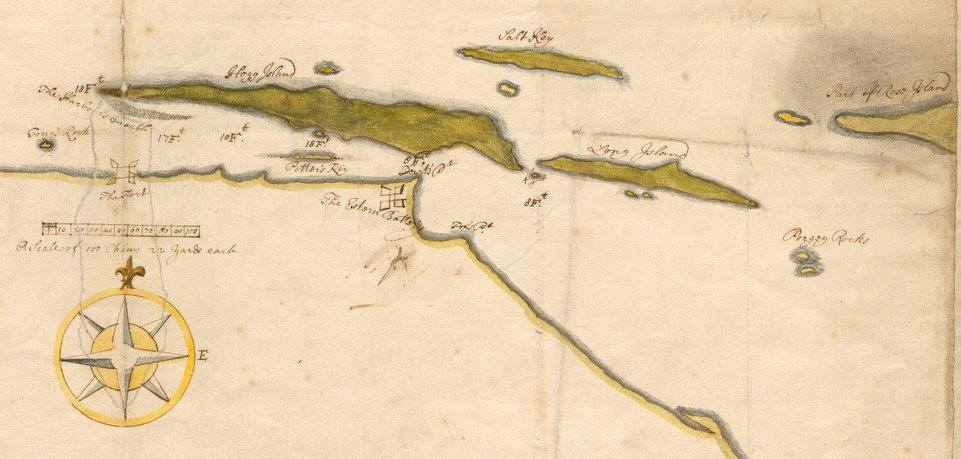
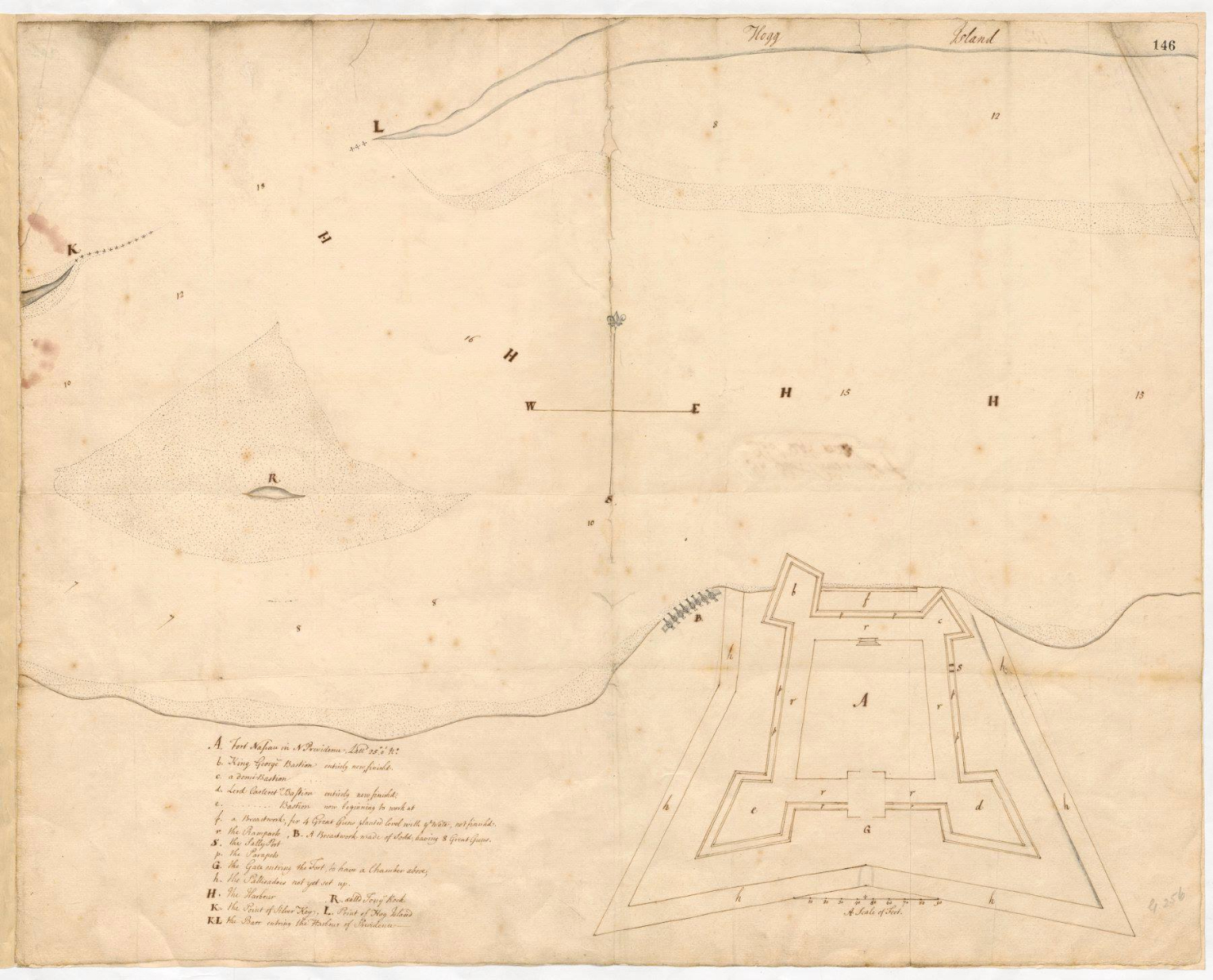
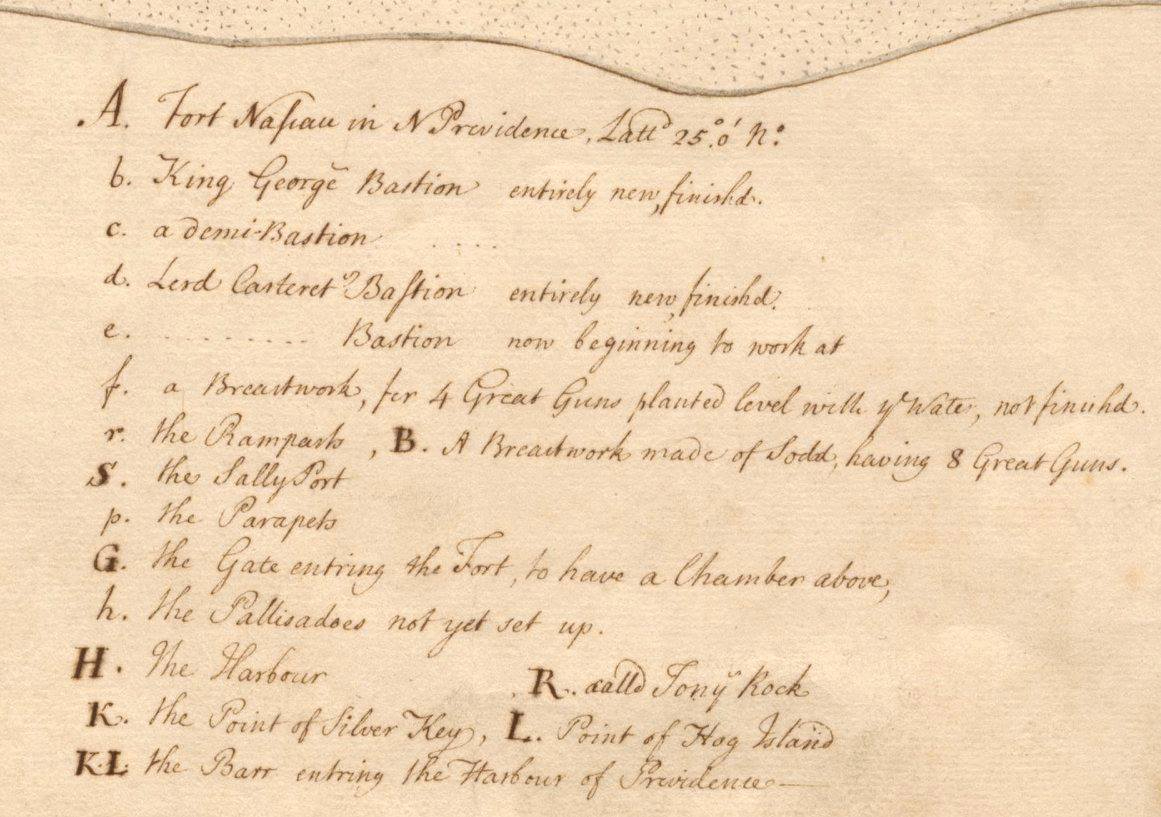
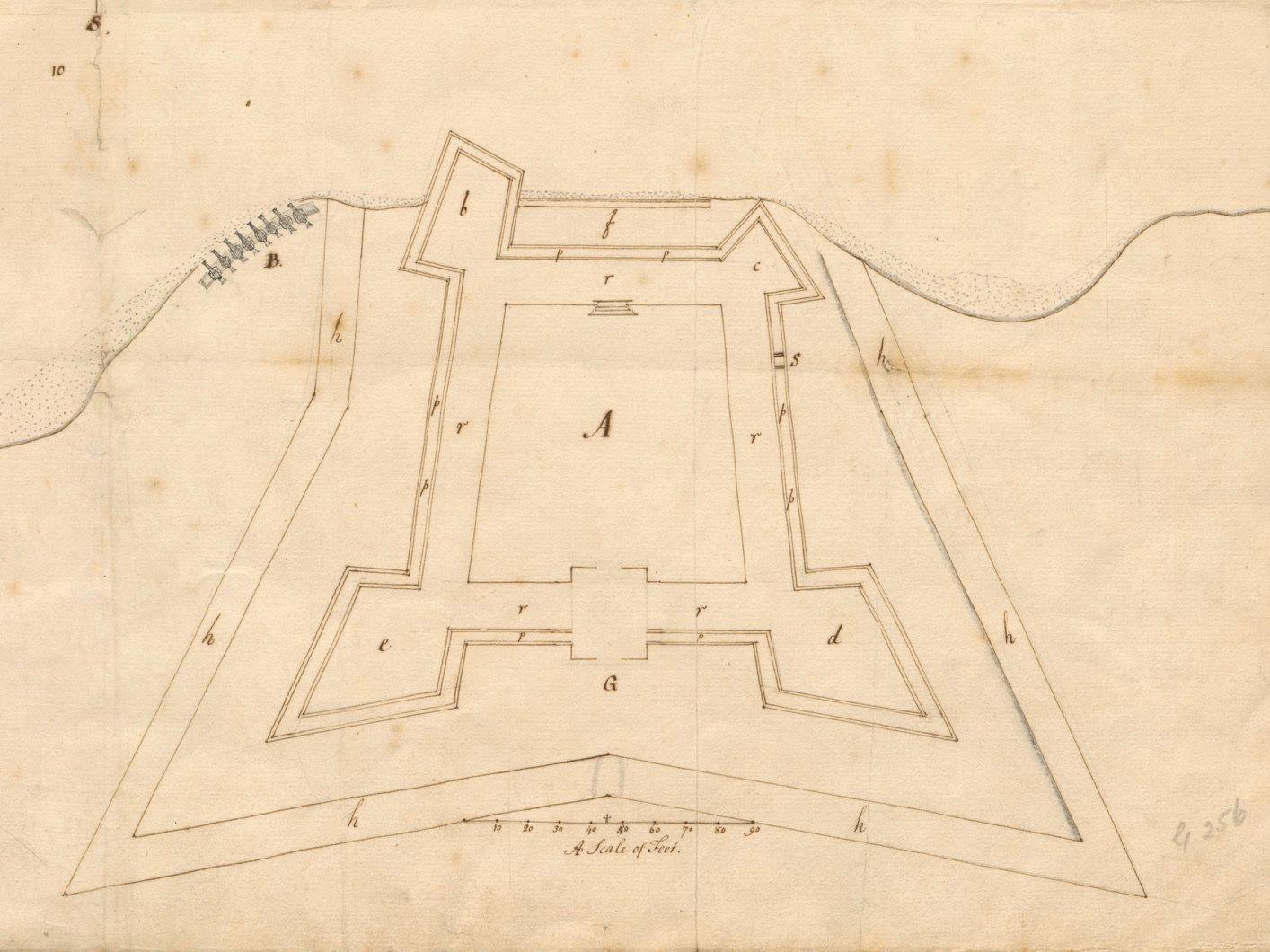
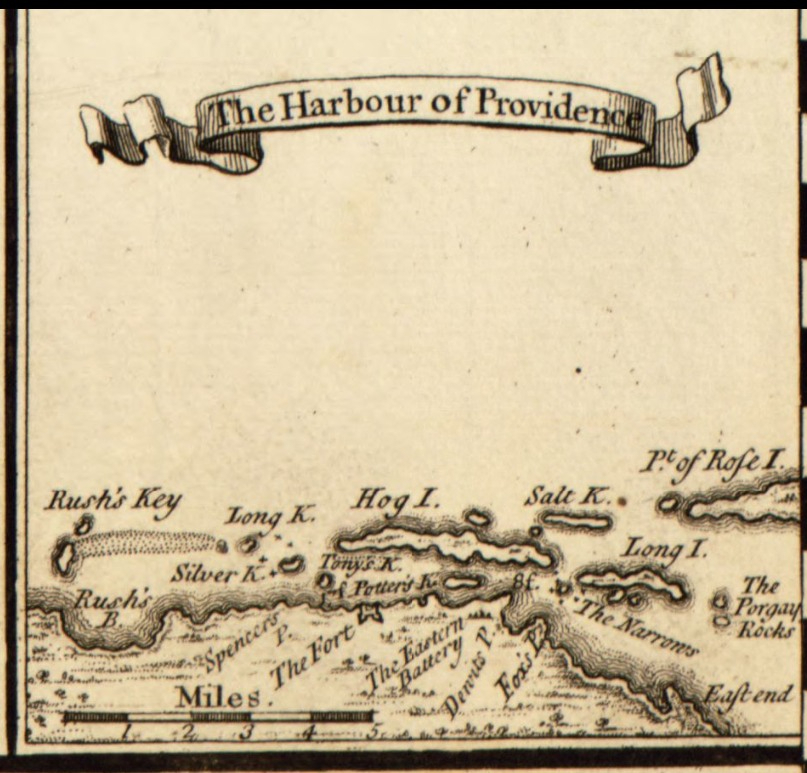
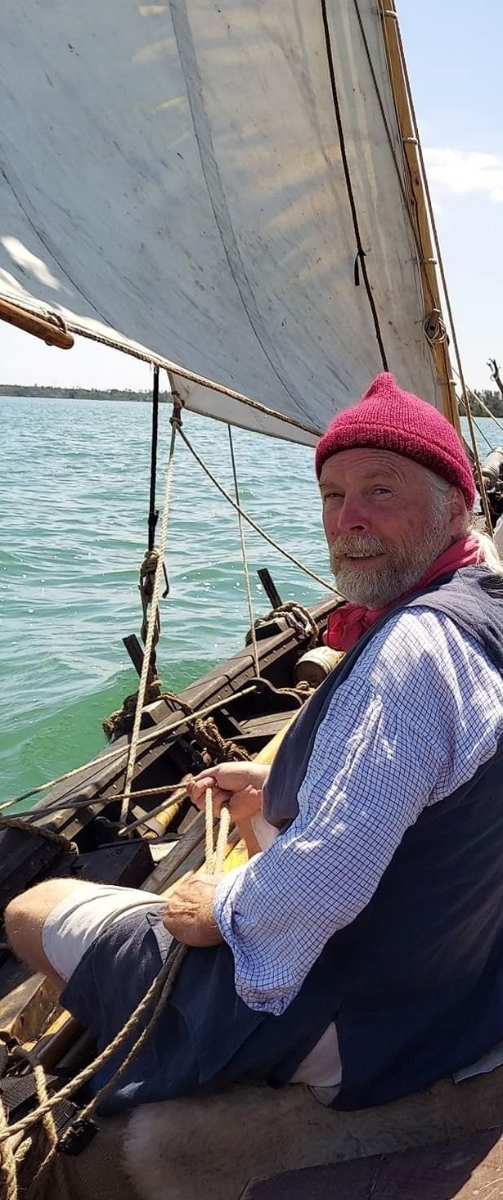

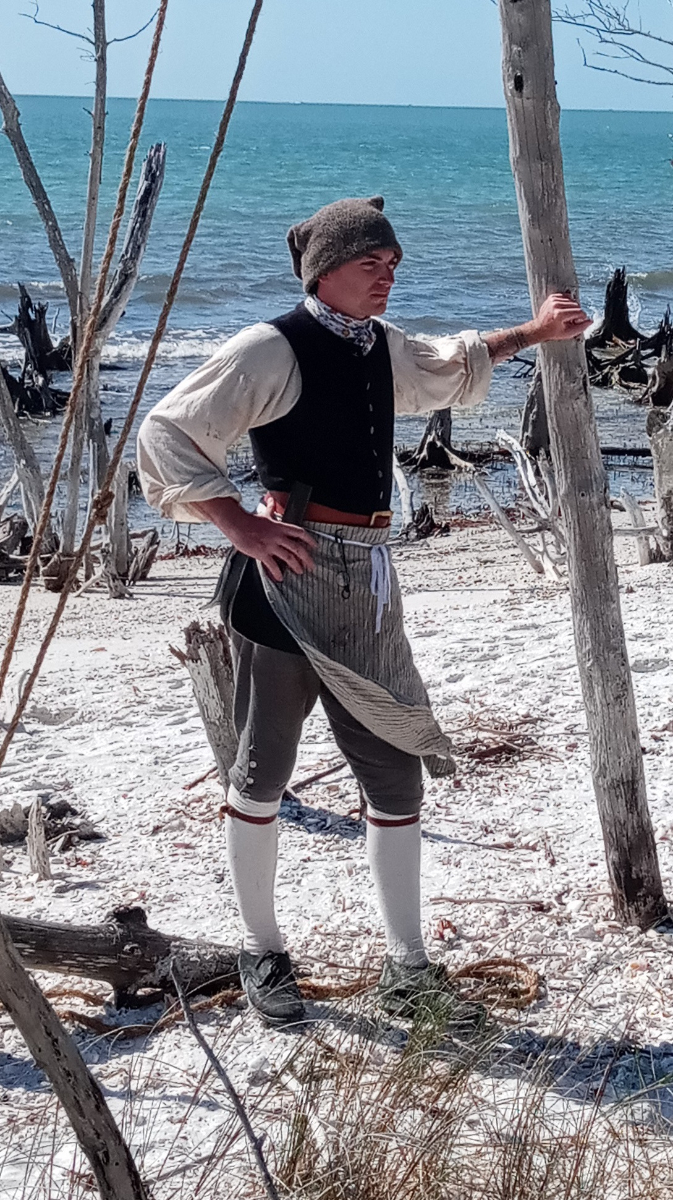
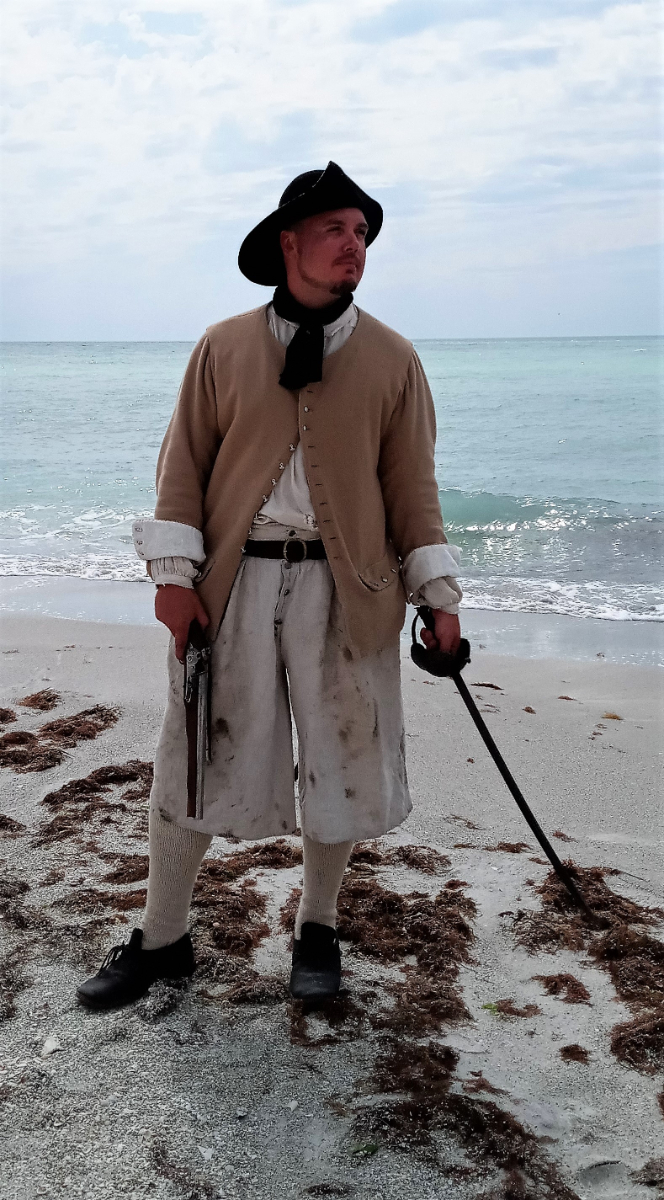
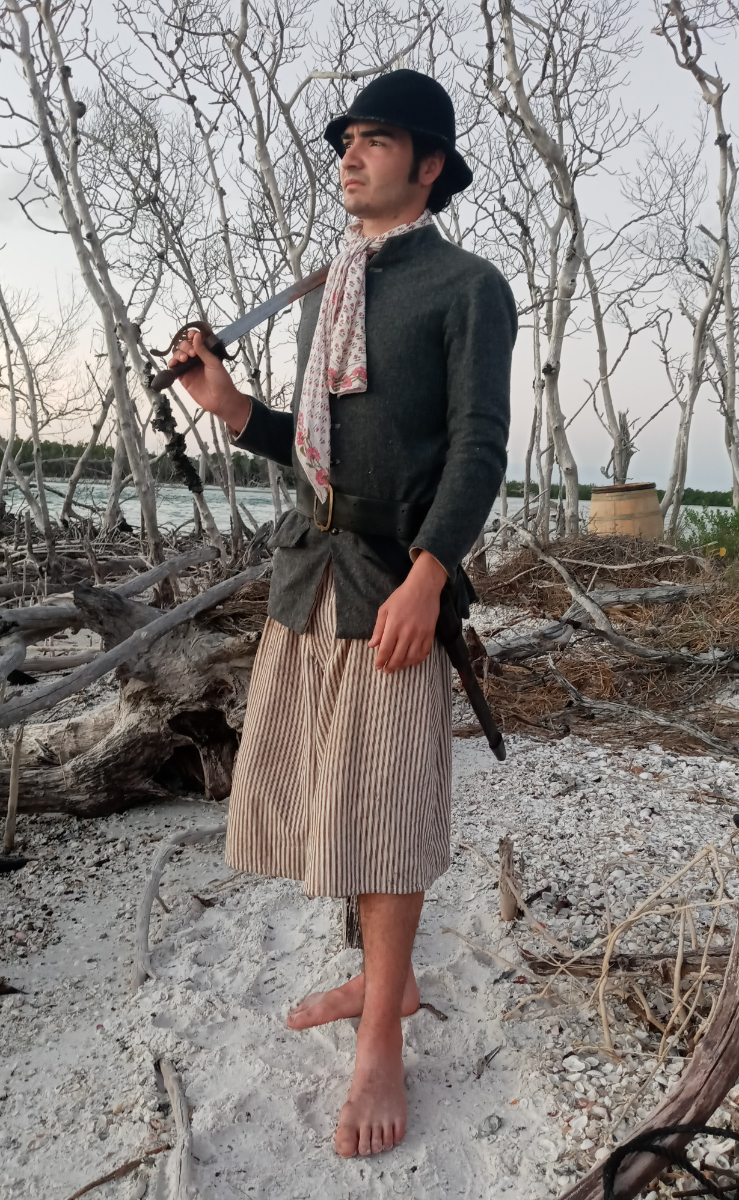
.jpg.ef88205cd58f3df8f113342ed1a6509d.jpg)
.jpg.116a229e675da35ad57957380d246f9b.jpg)
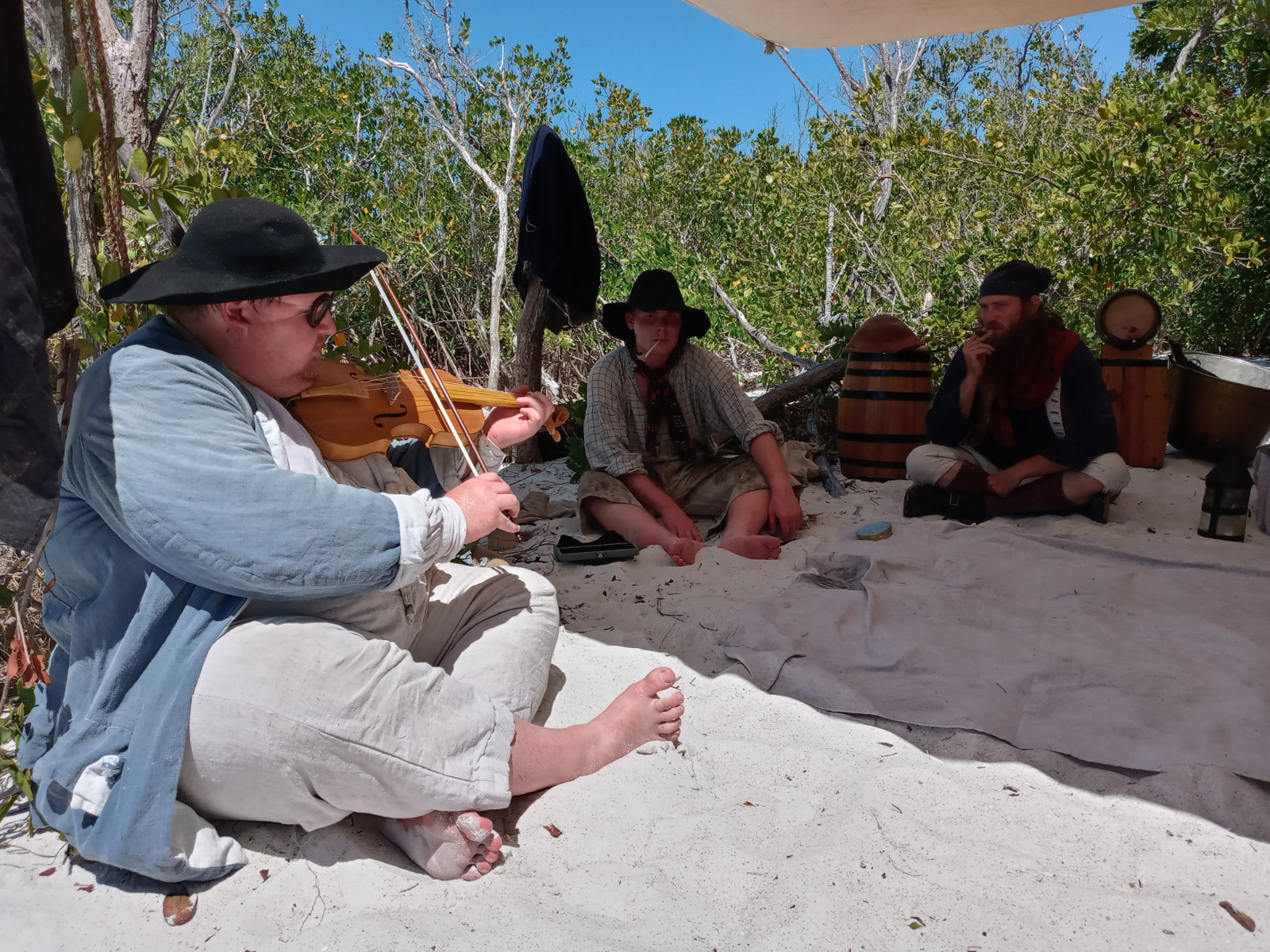
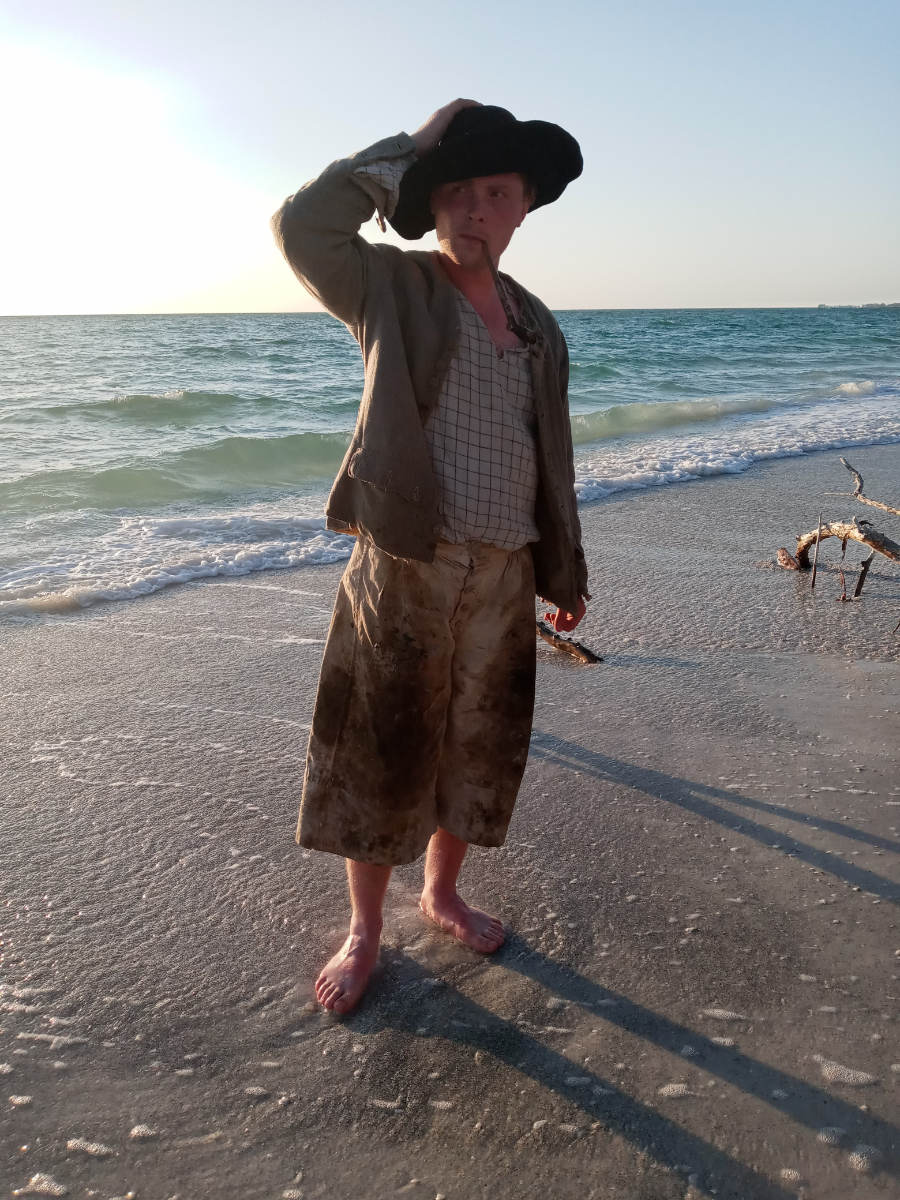
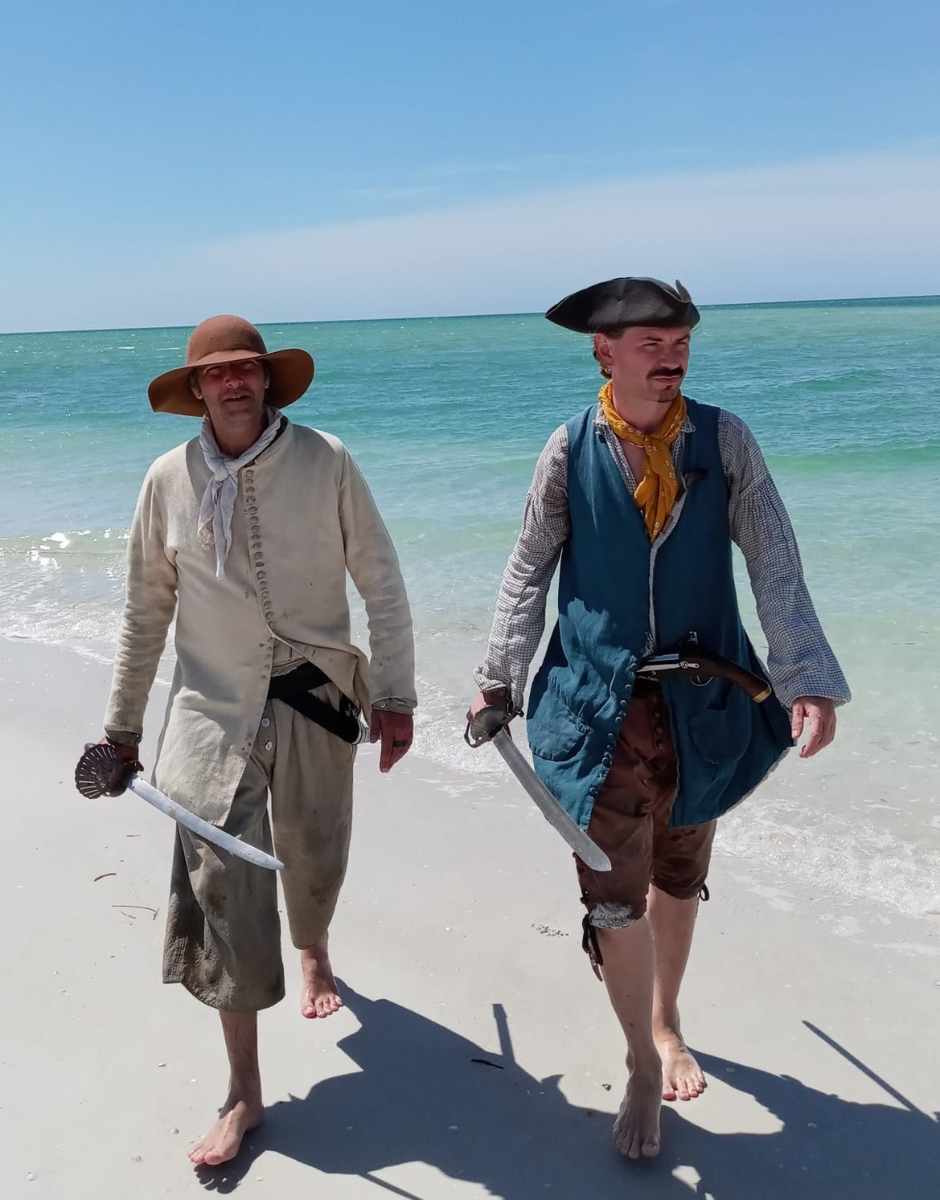
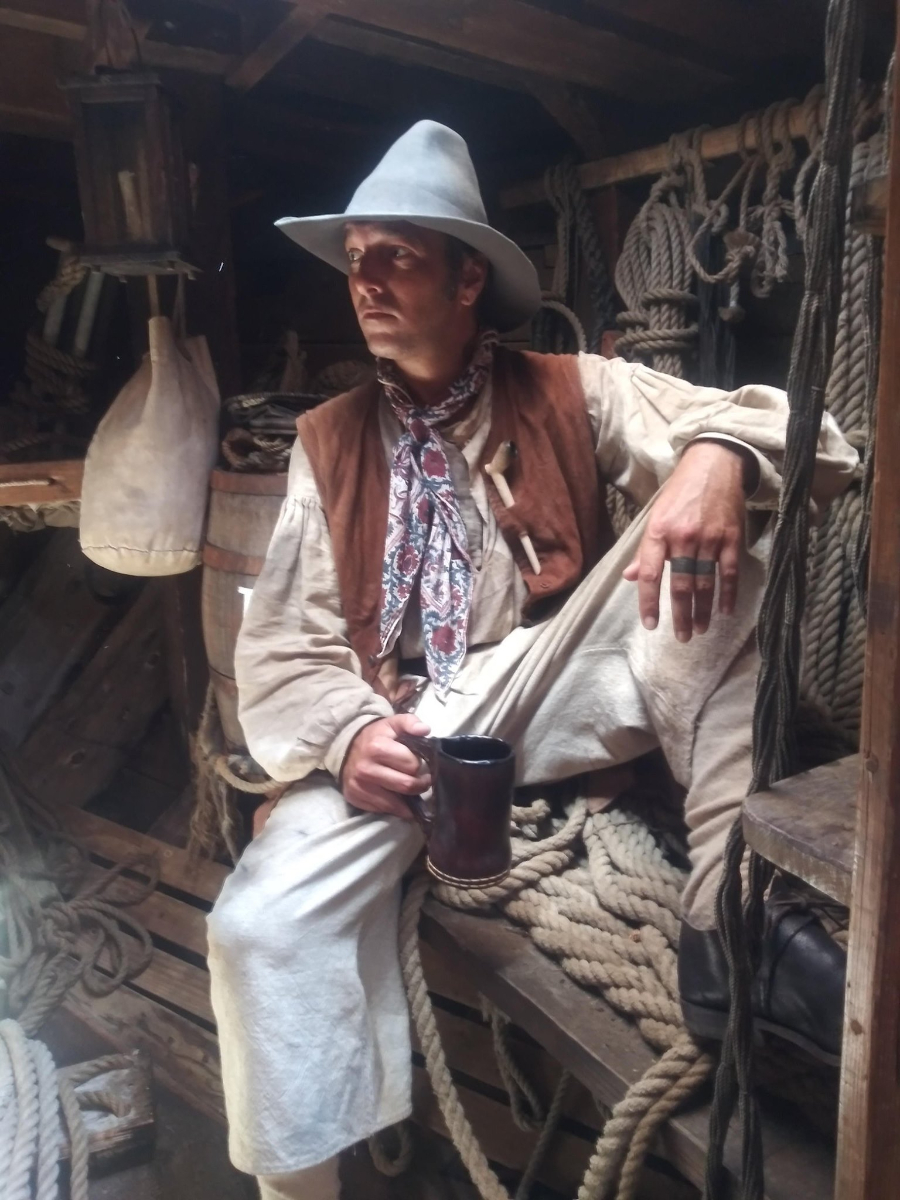
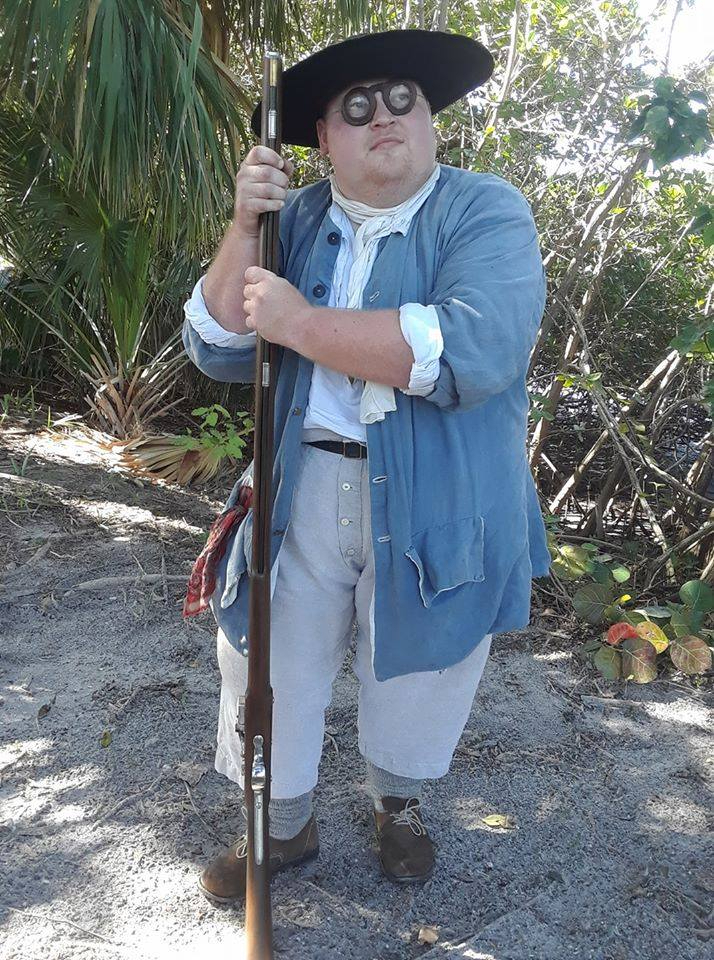
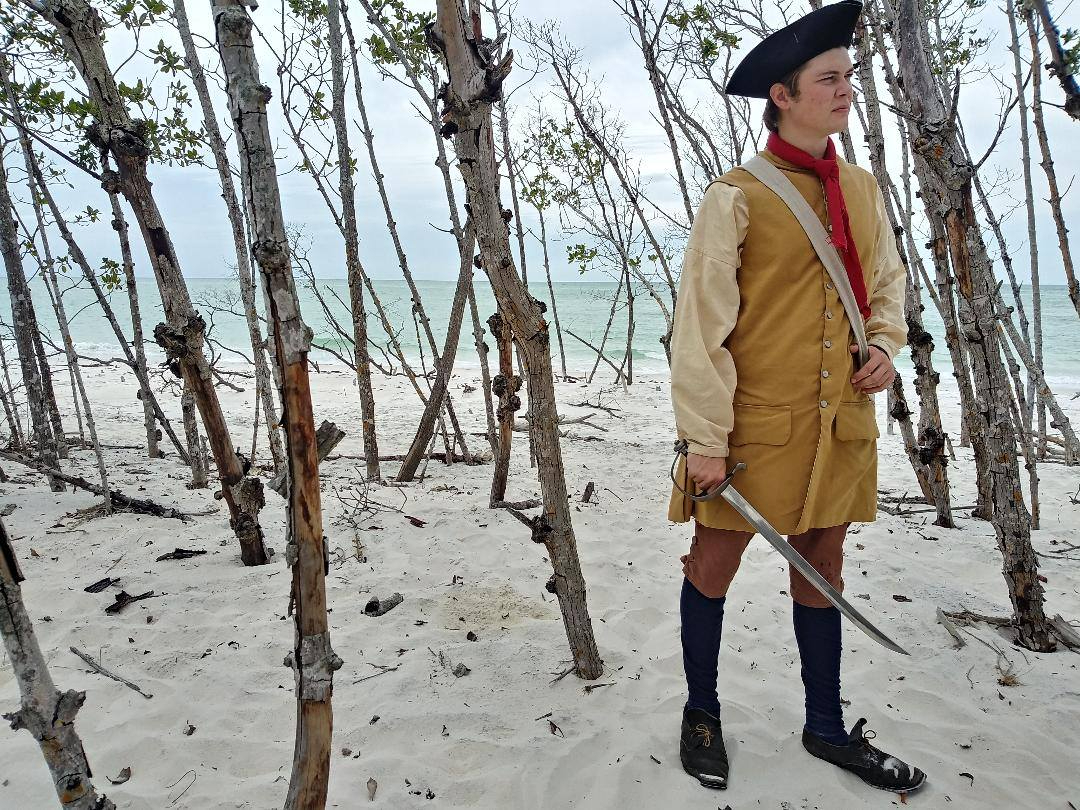
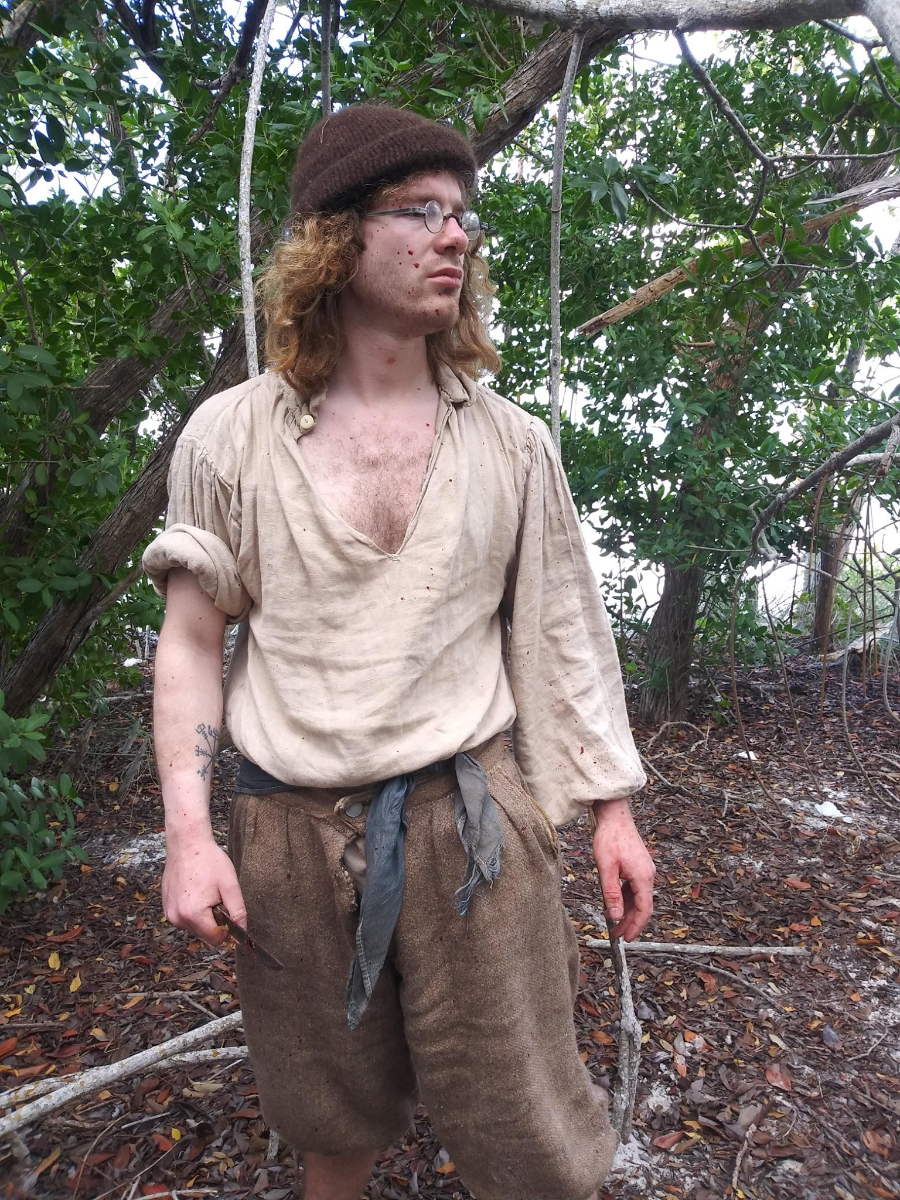
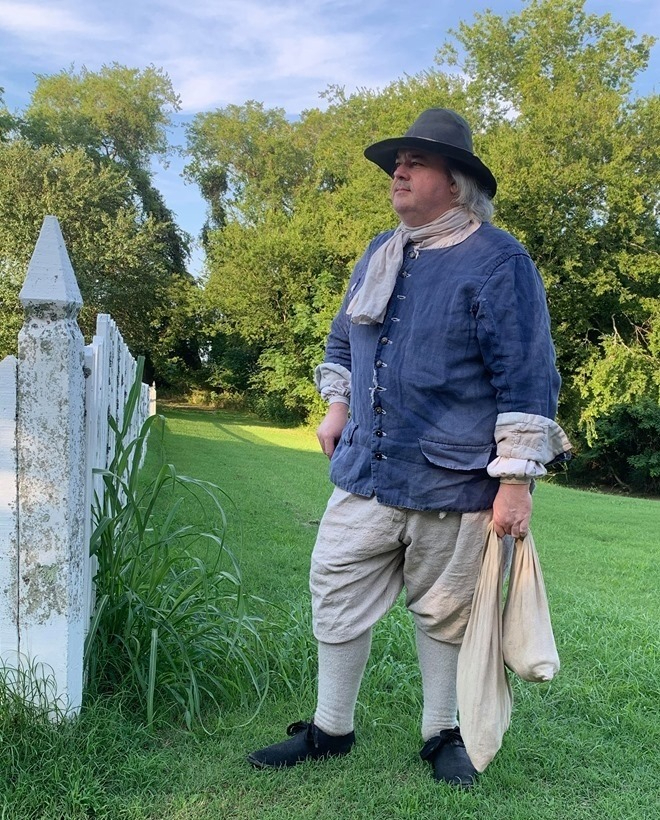
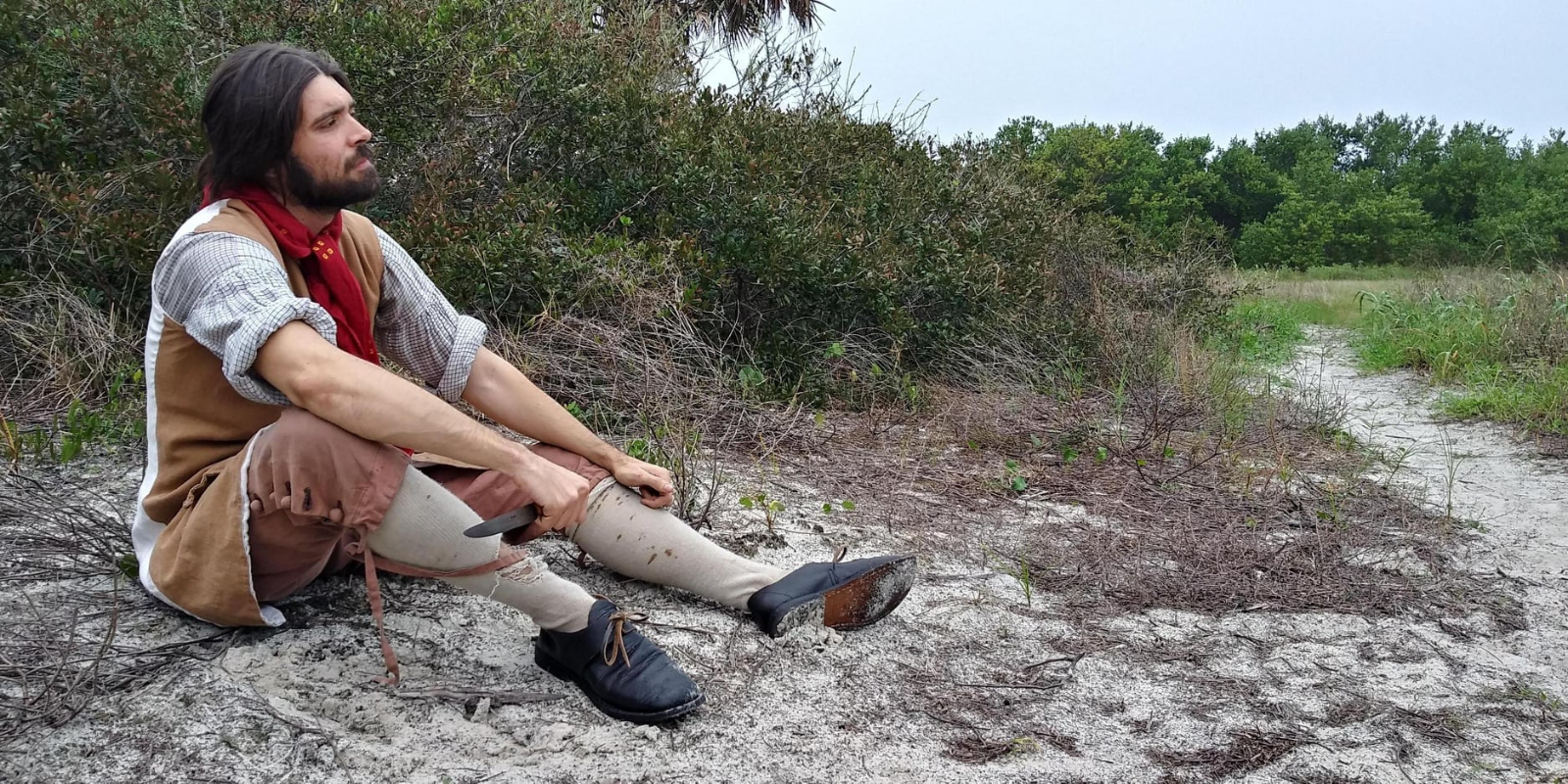
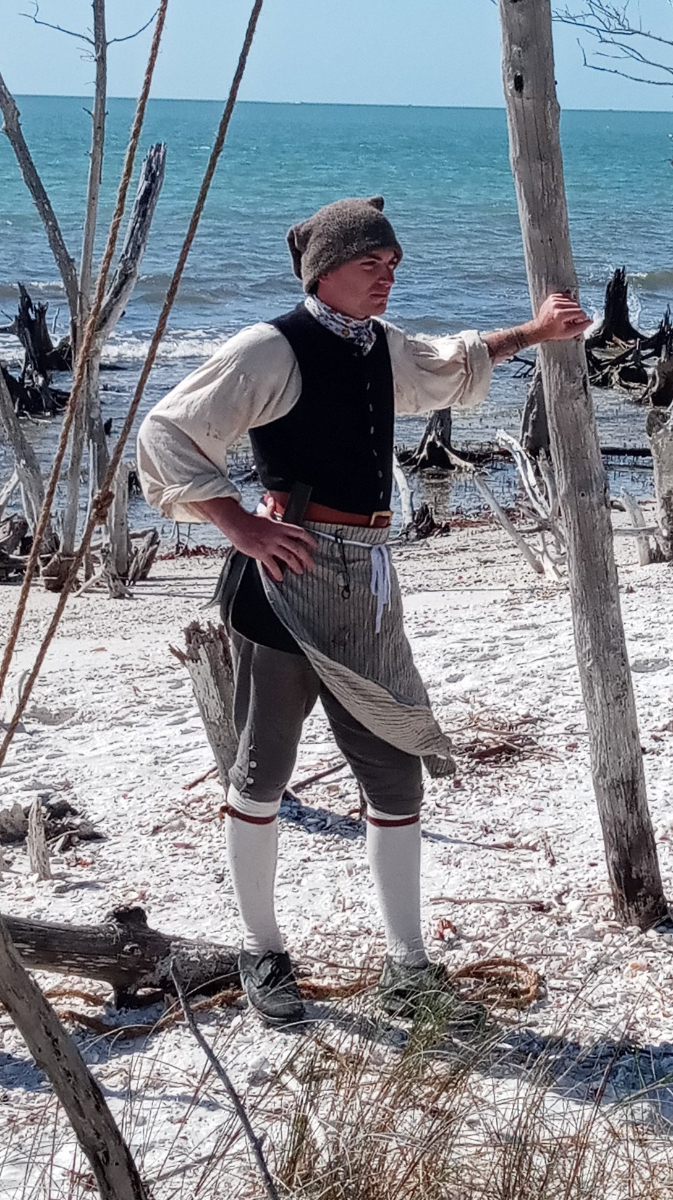
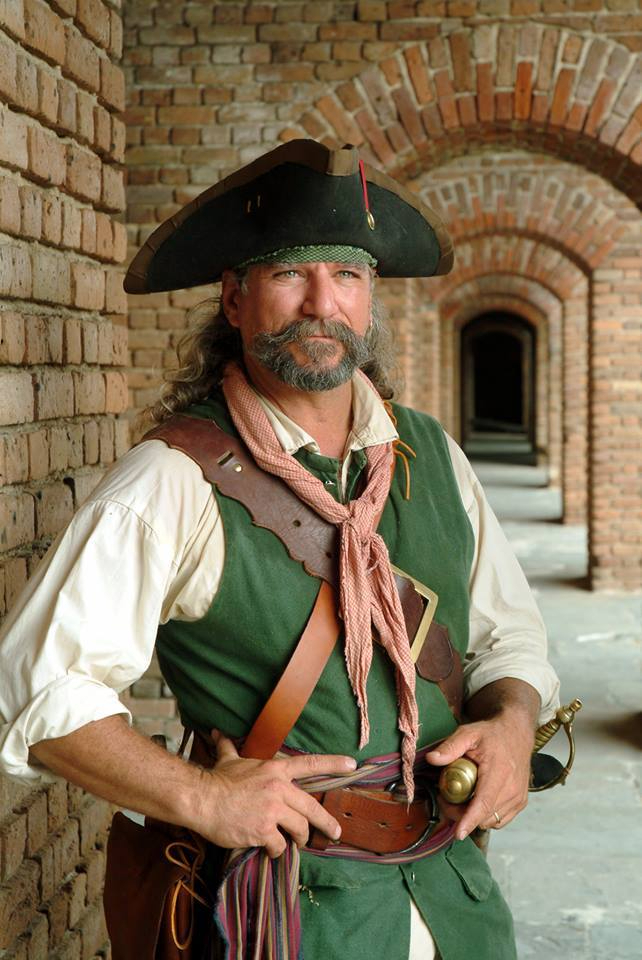
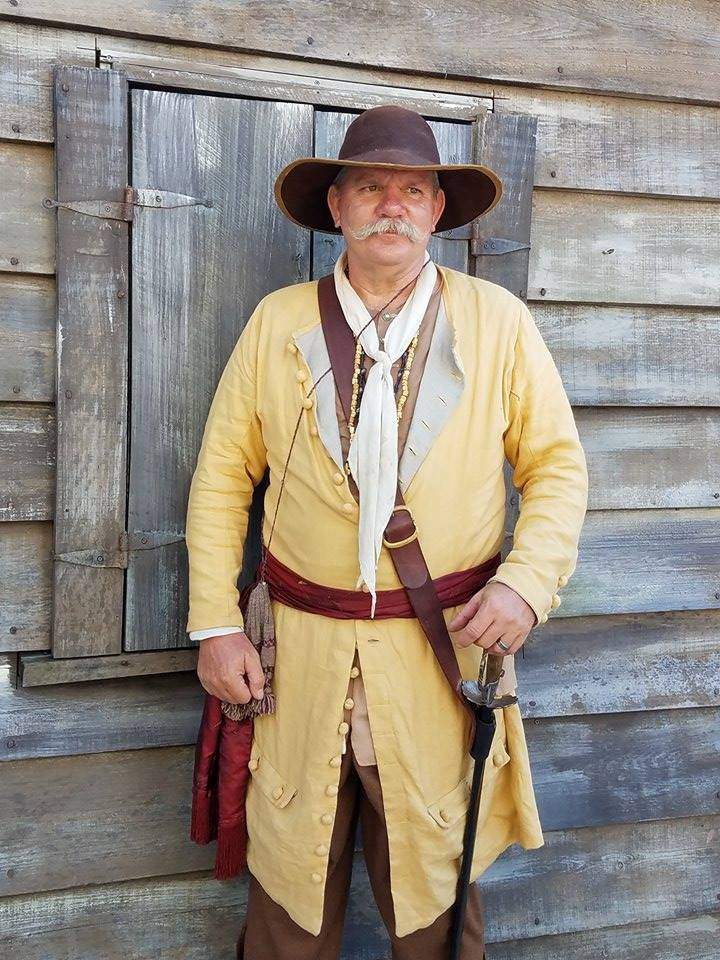
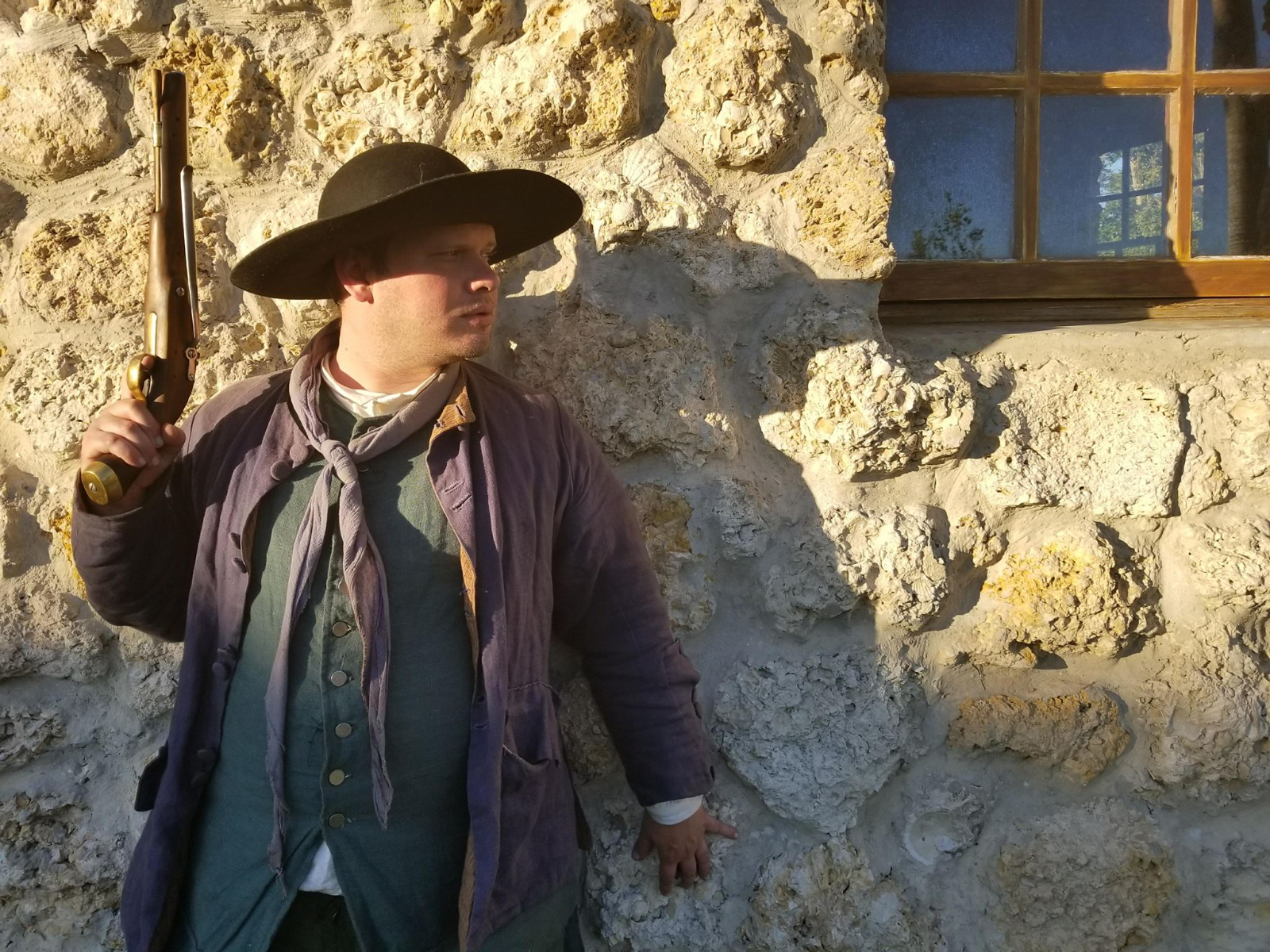
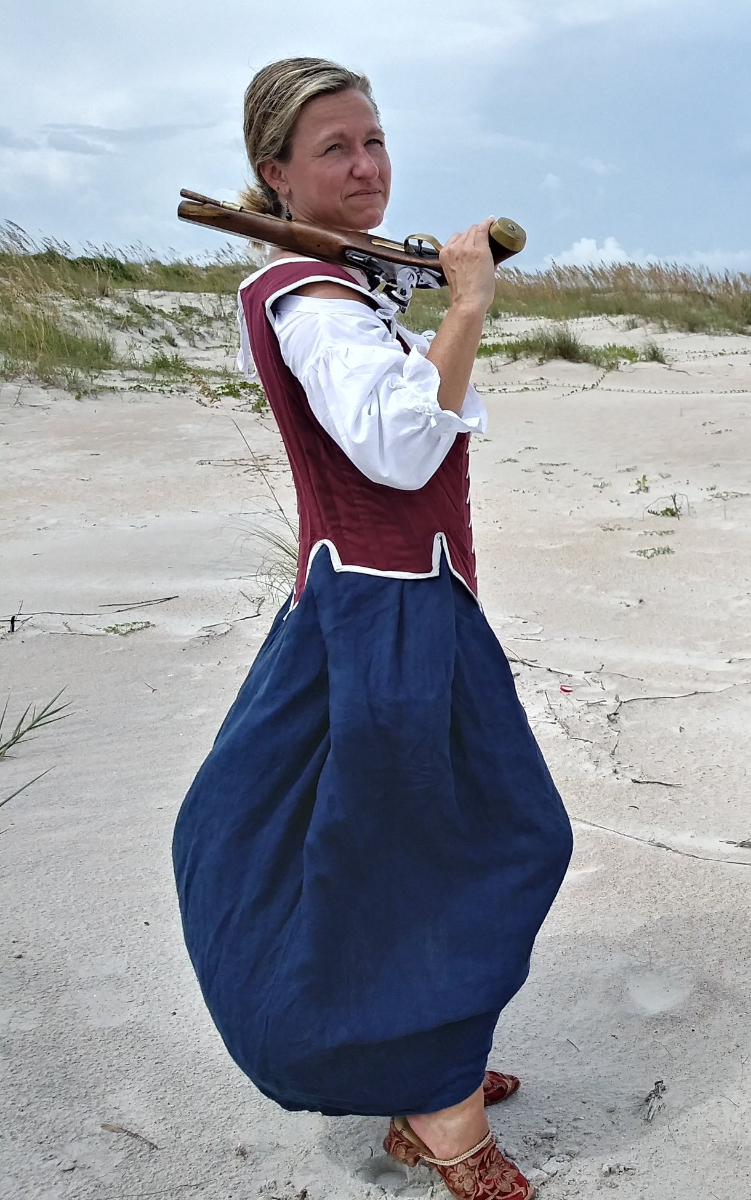
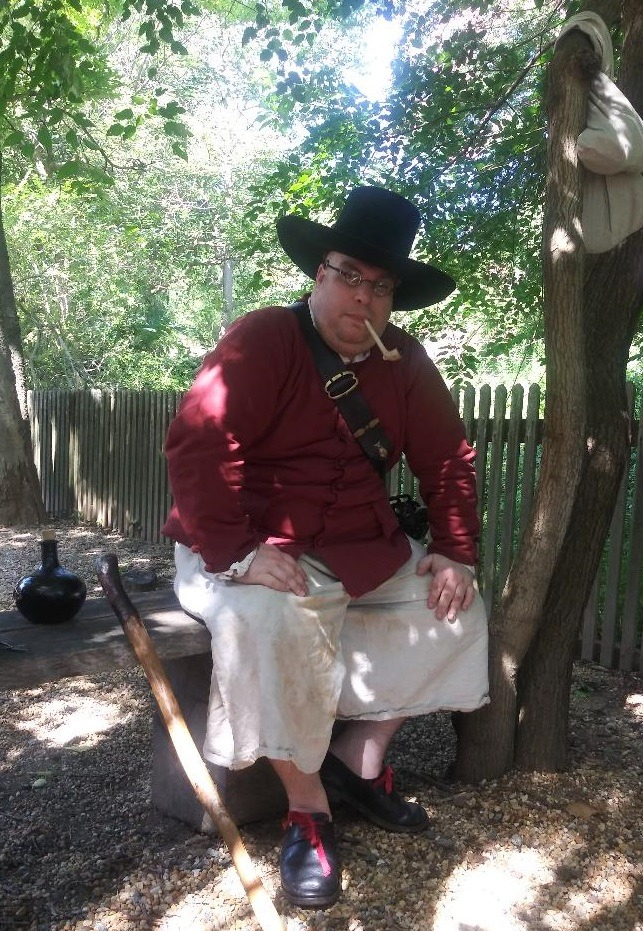
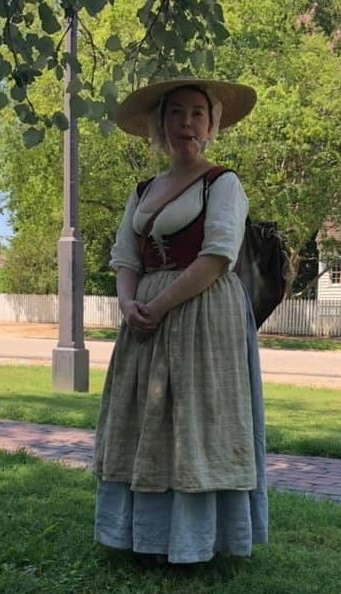
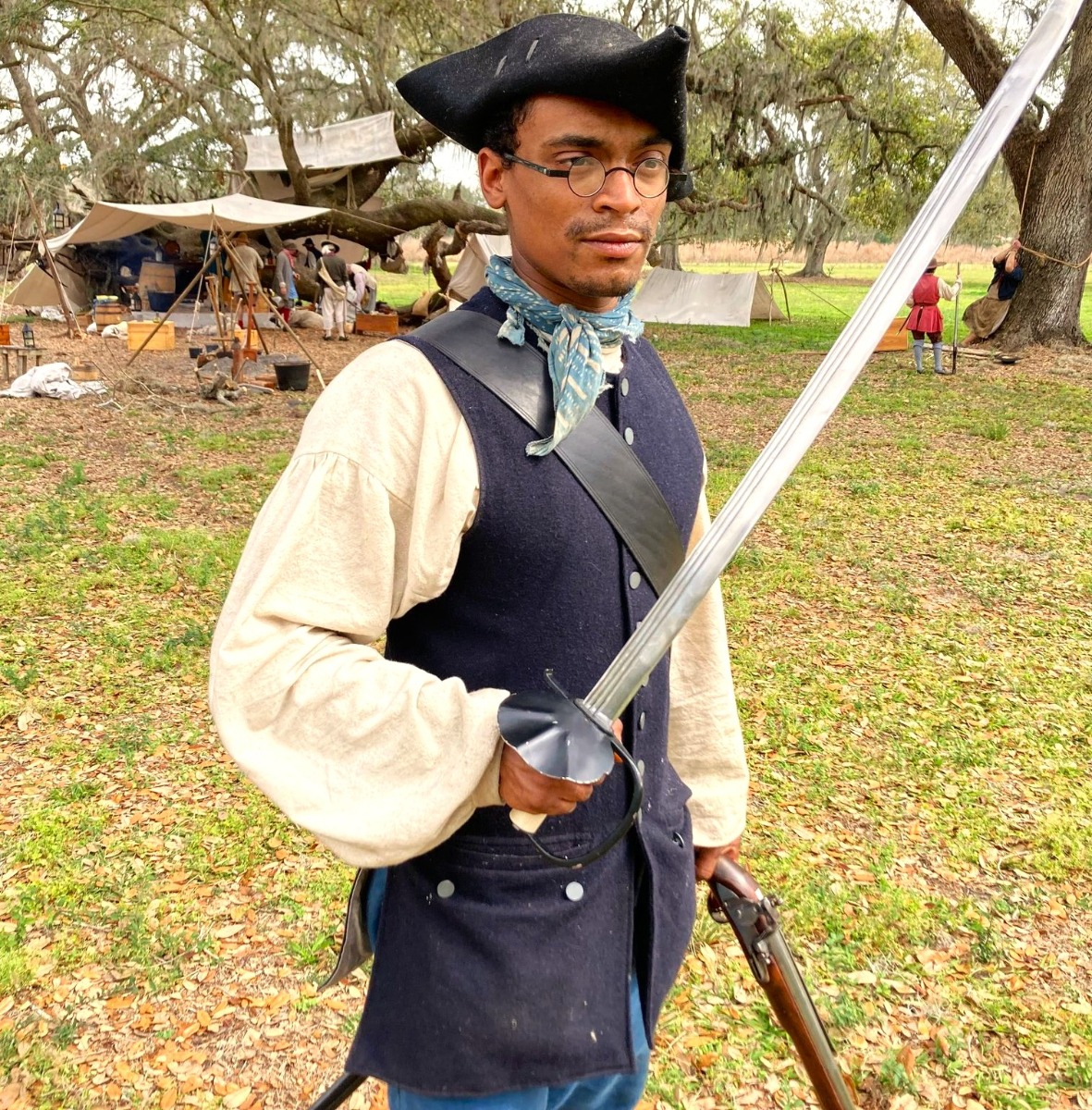
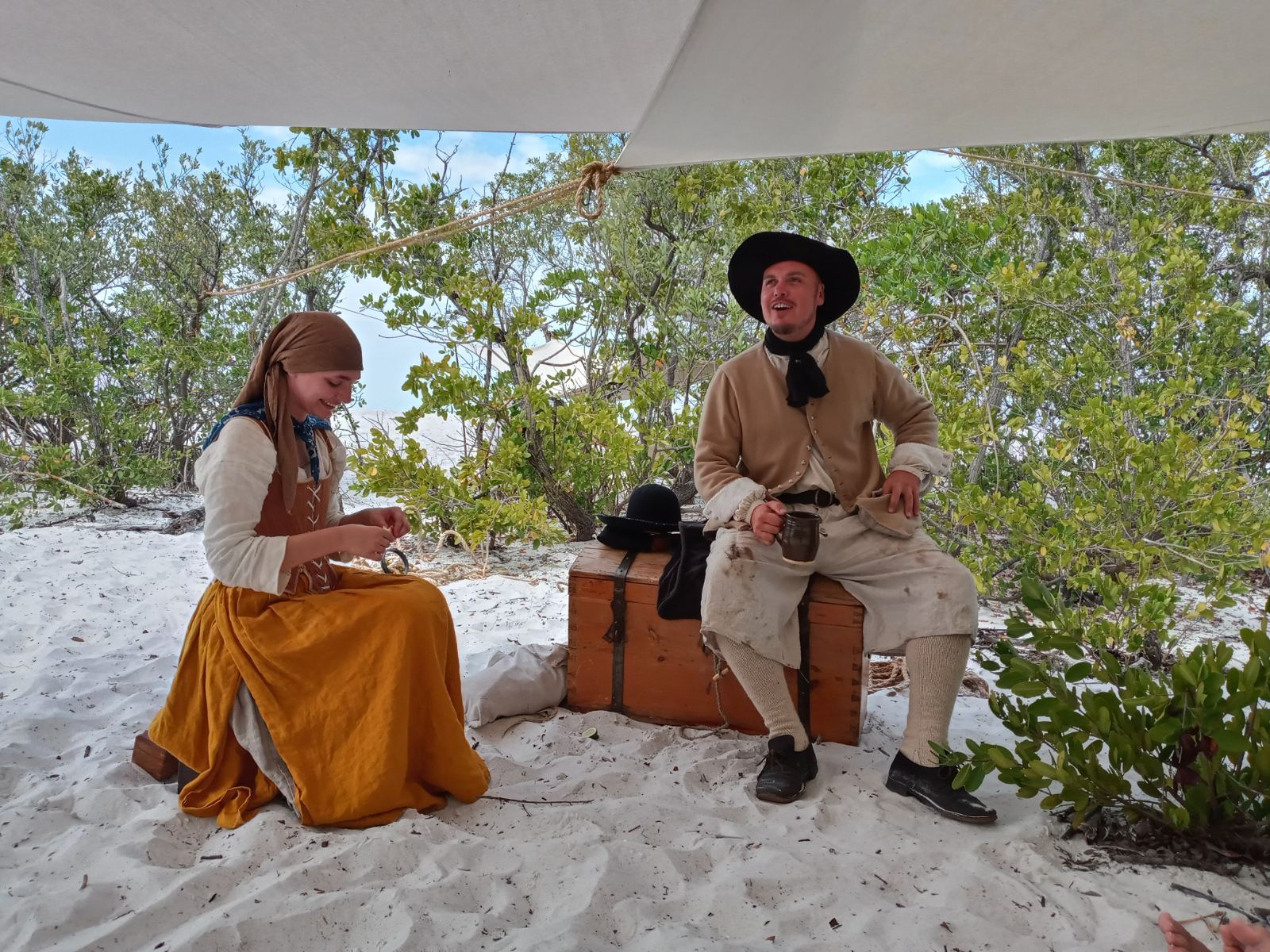
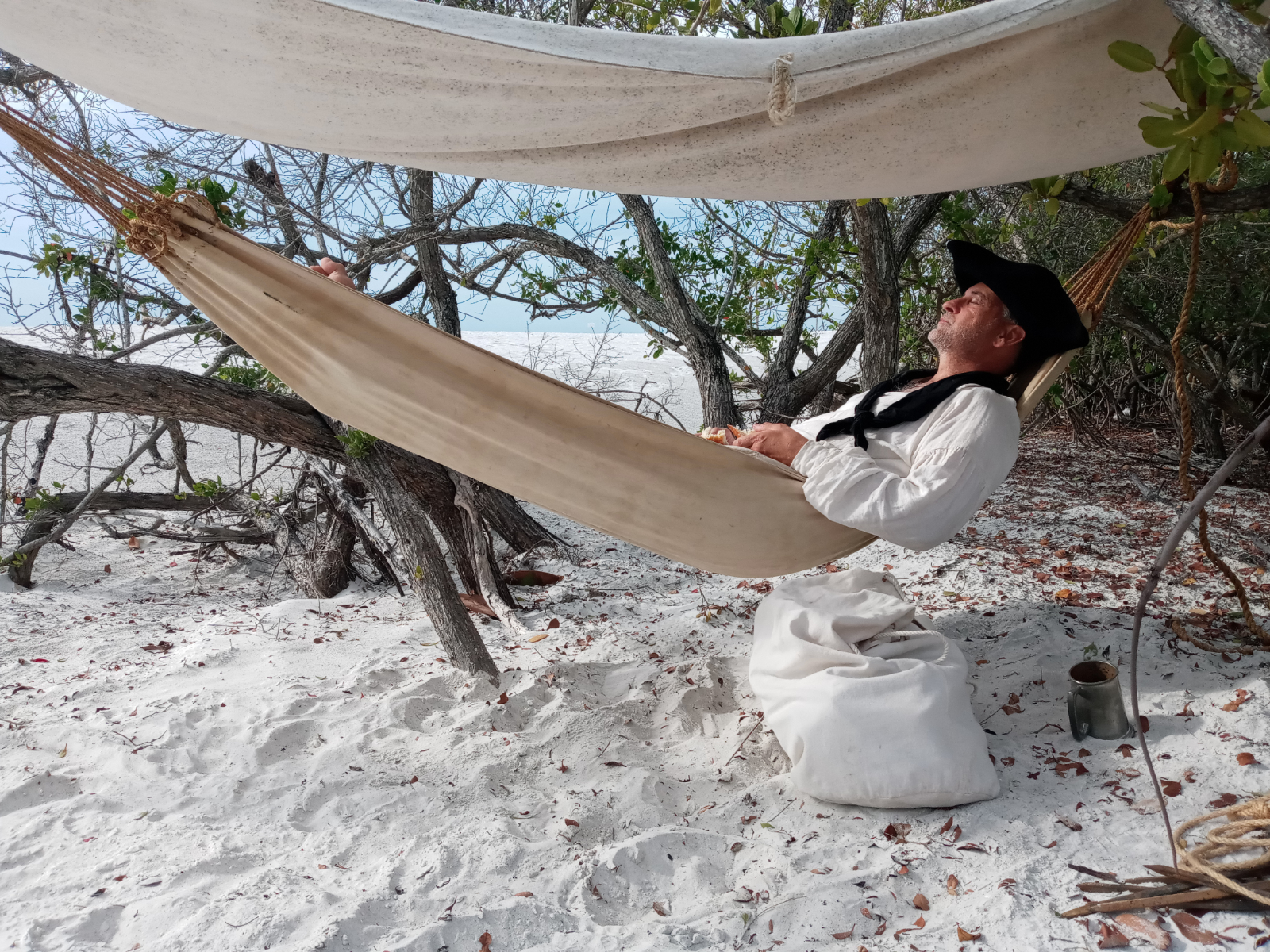
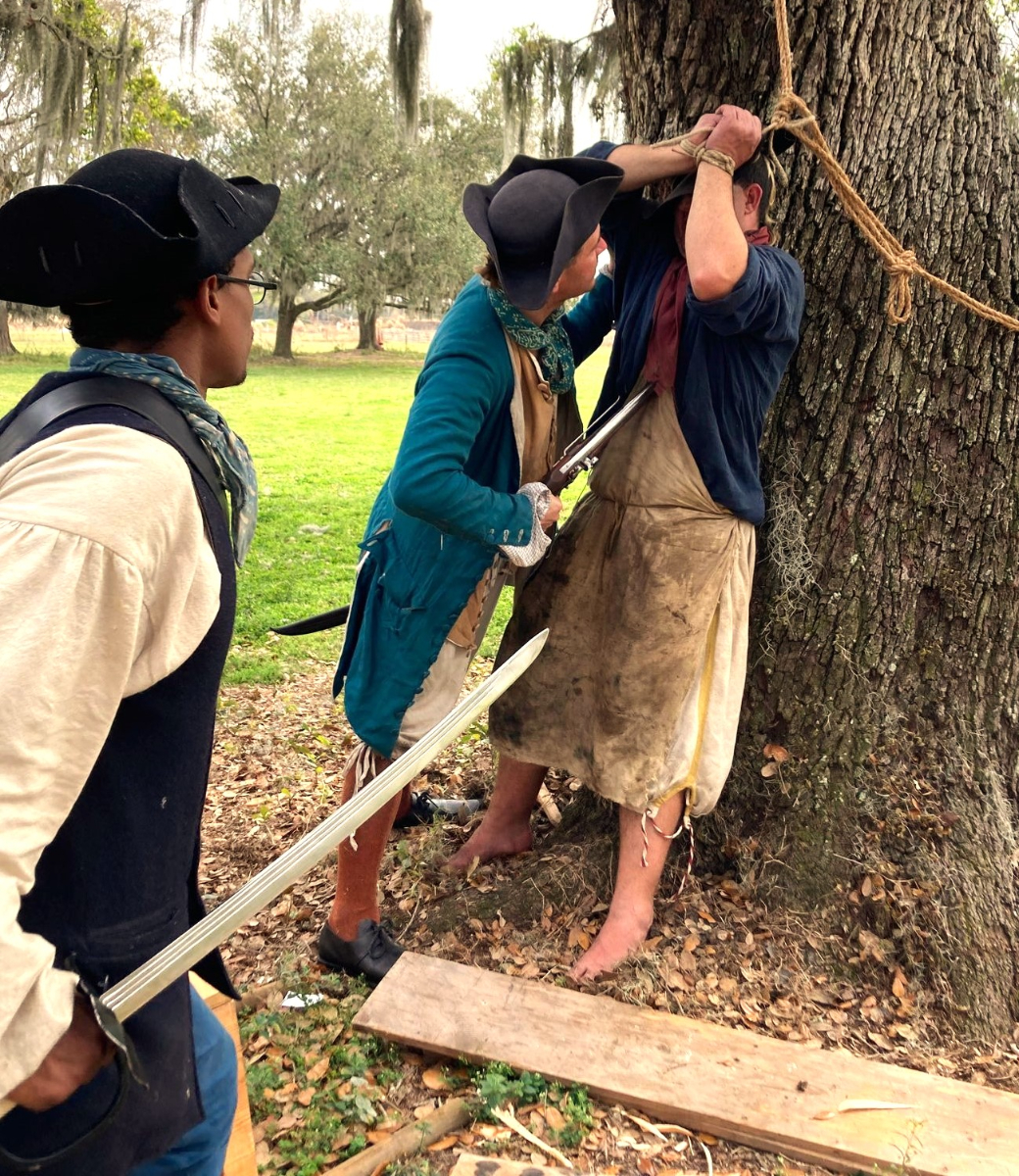
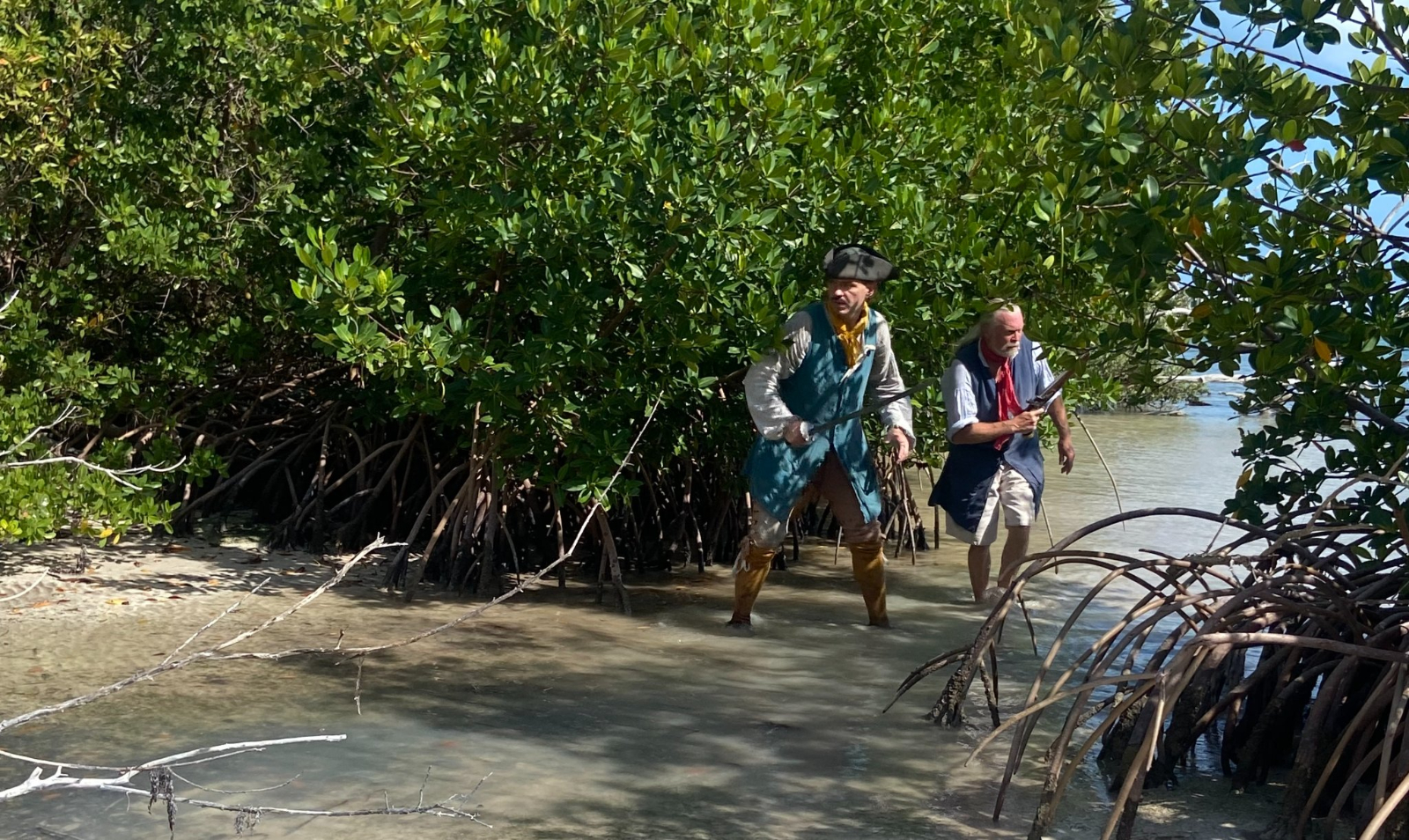
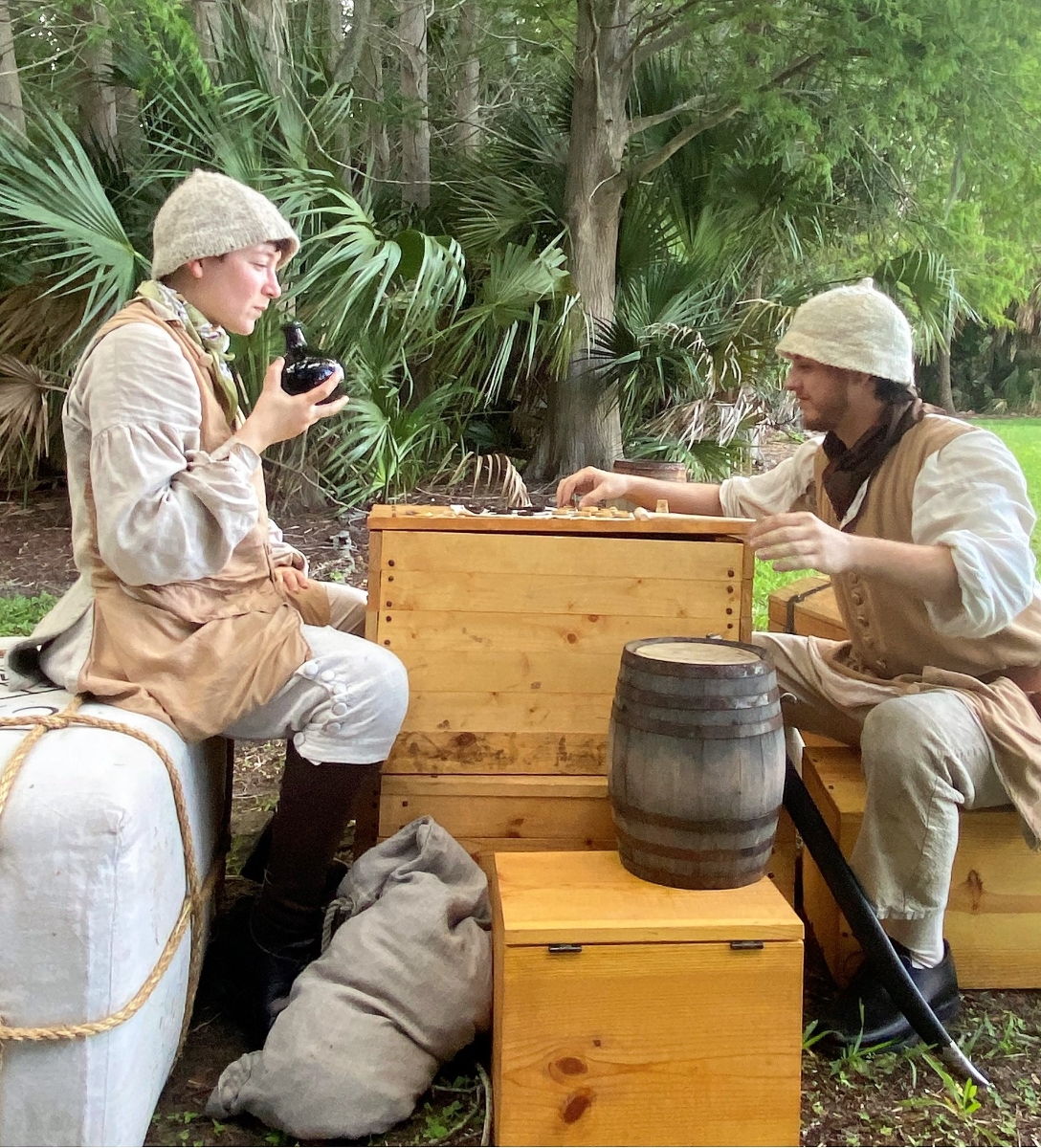
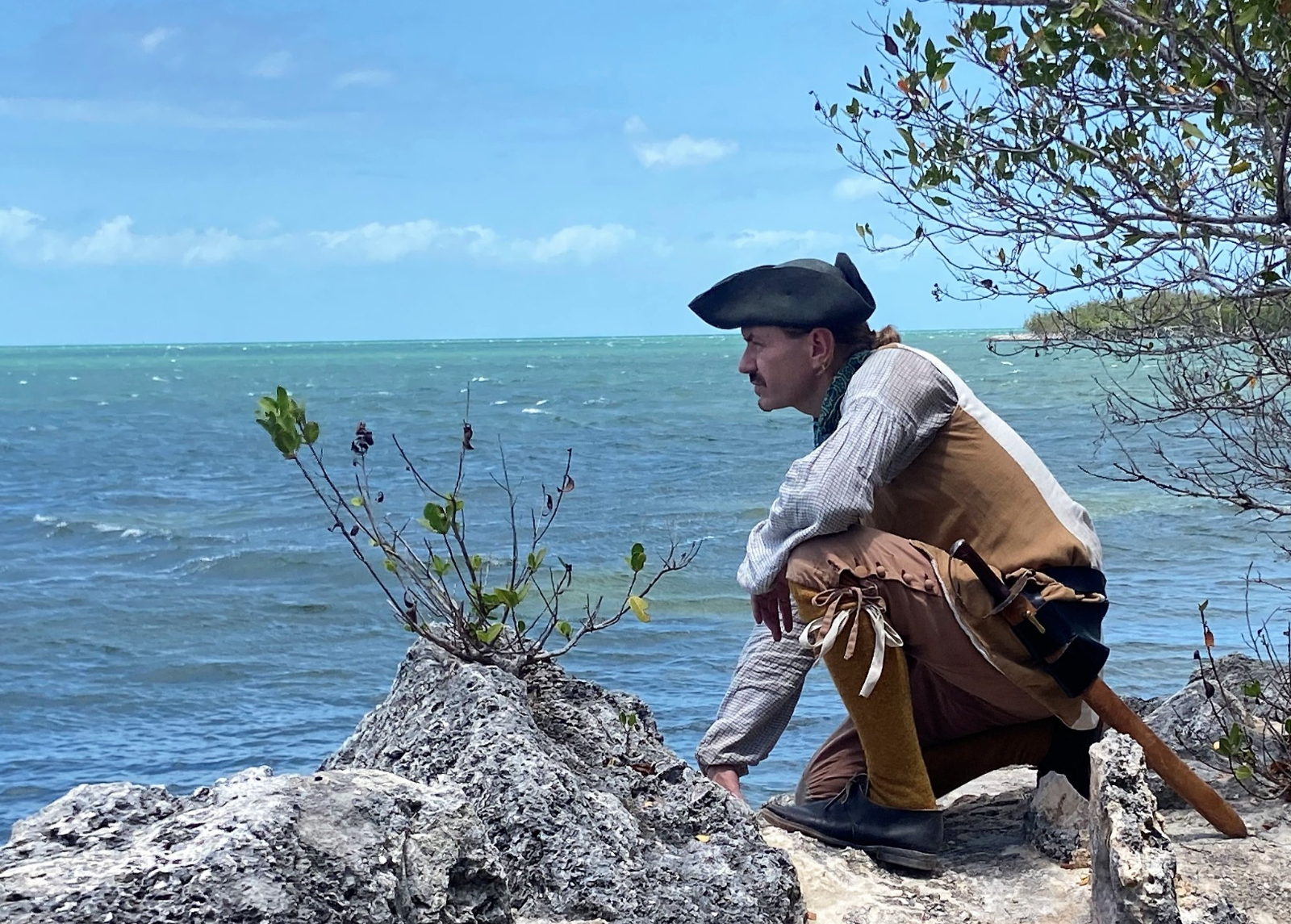
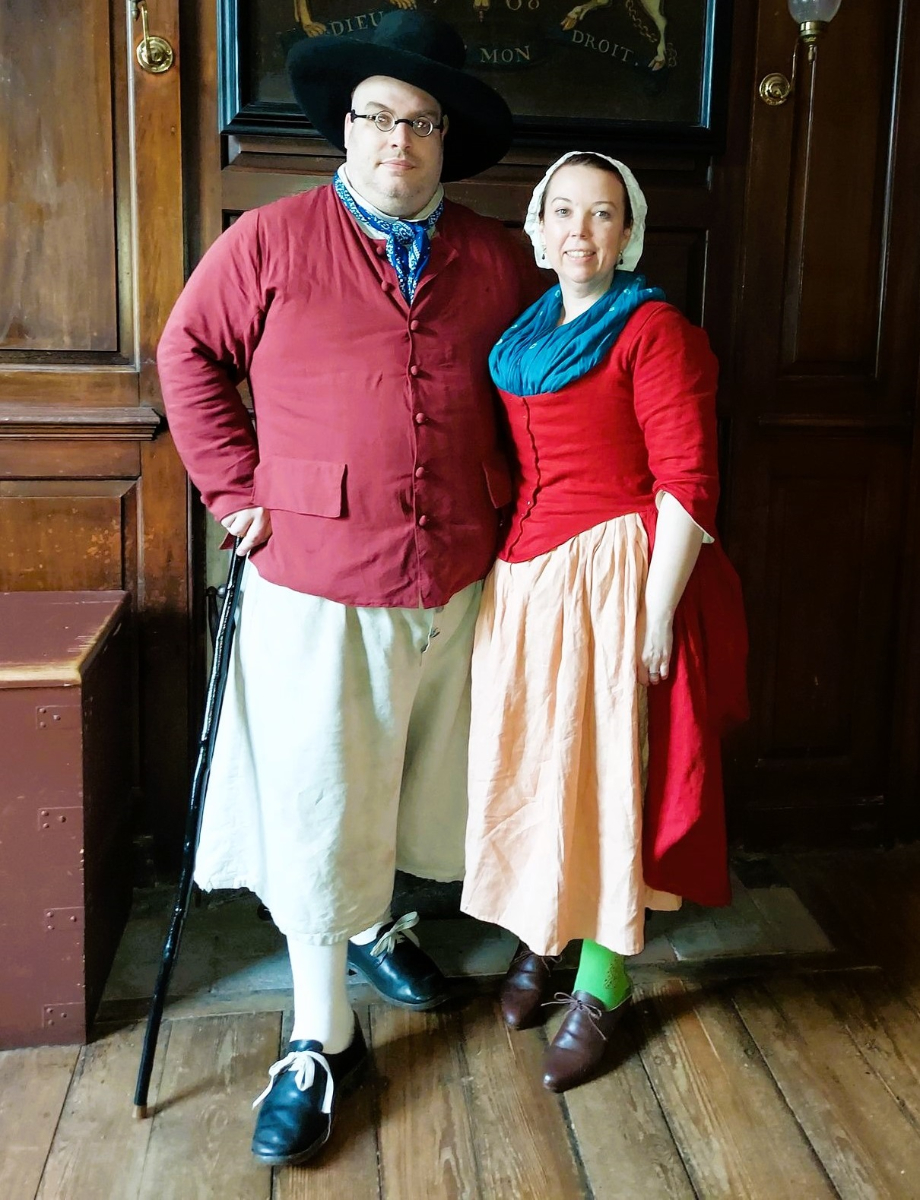
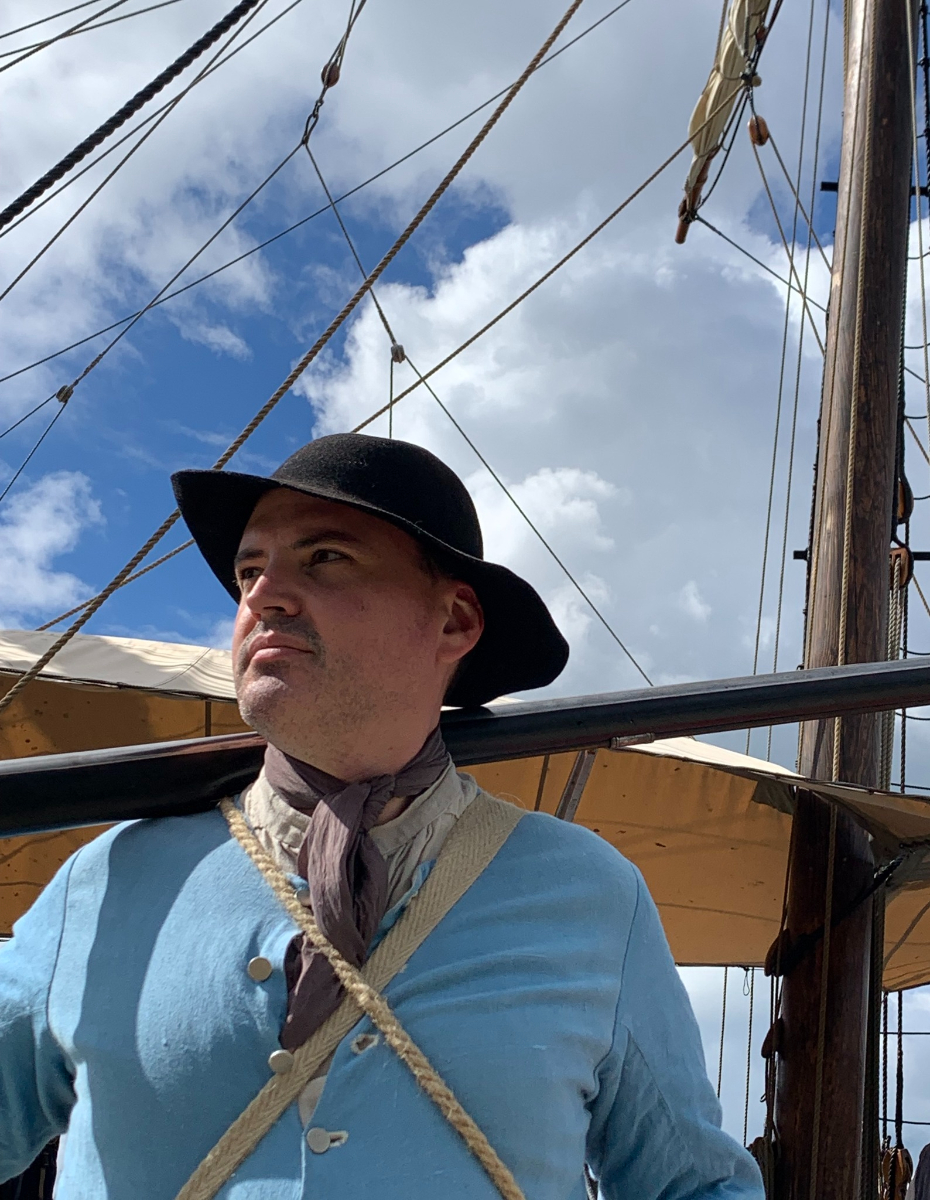
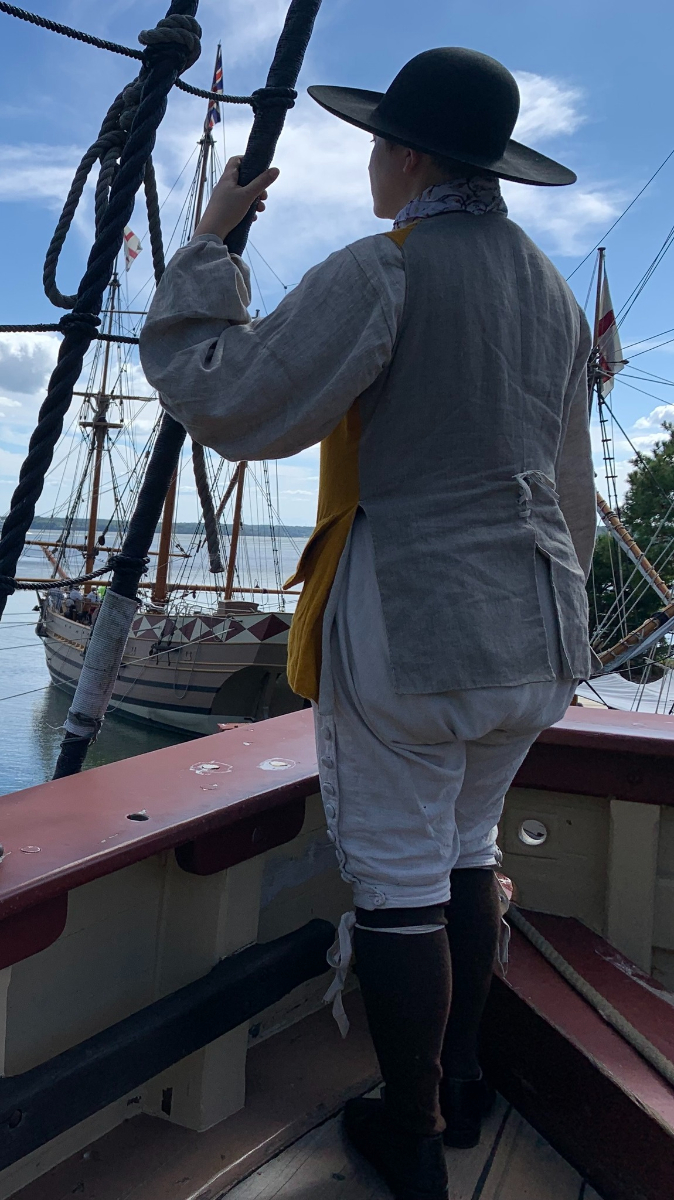
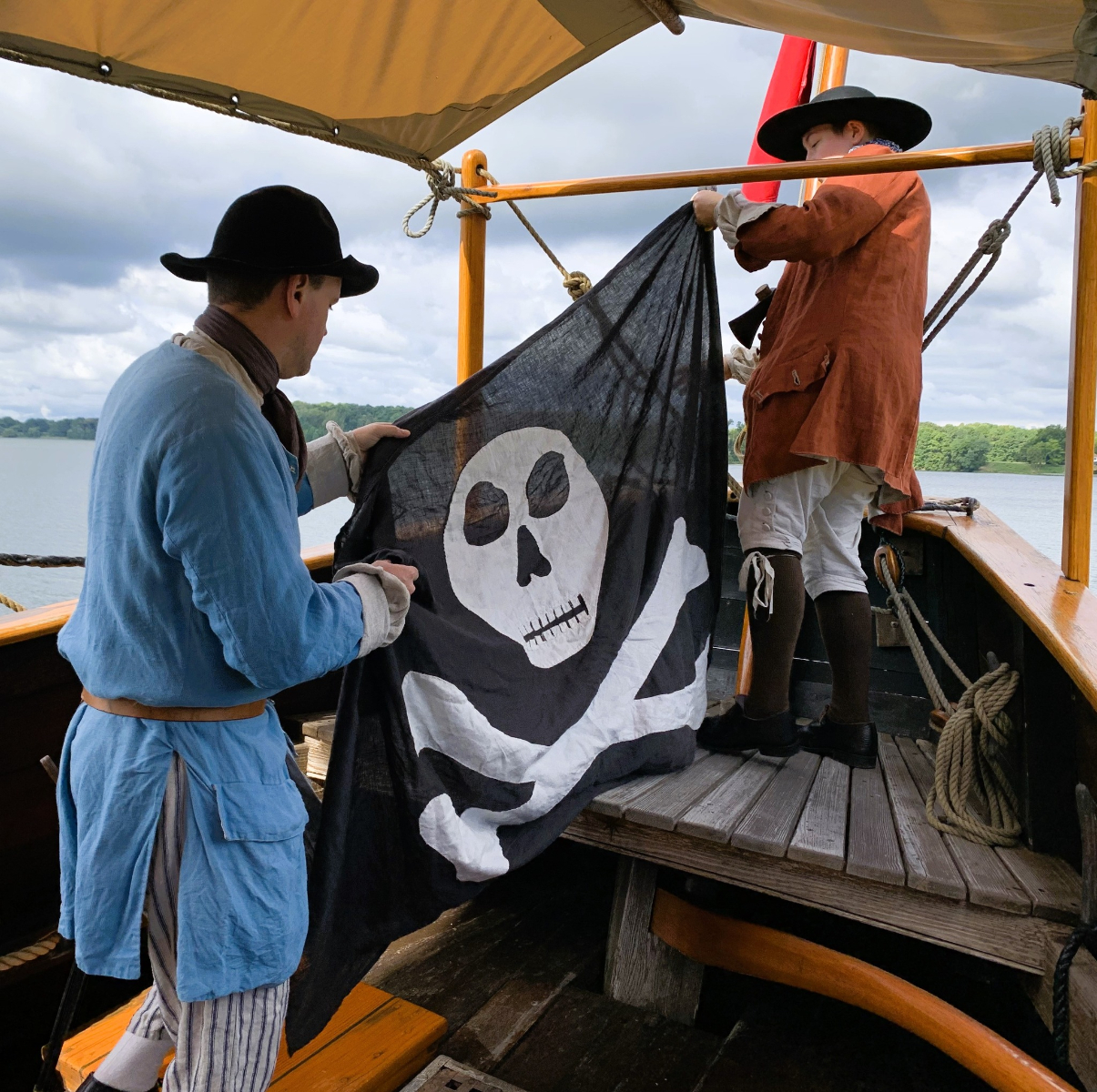
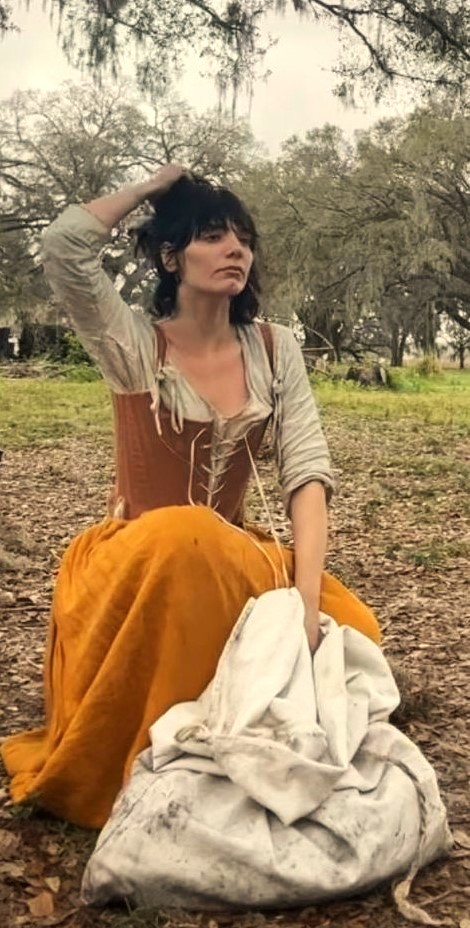
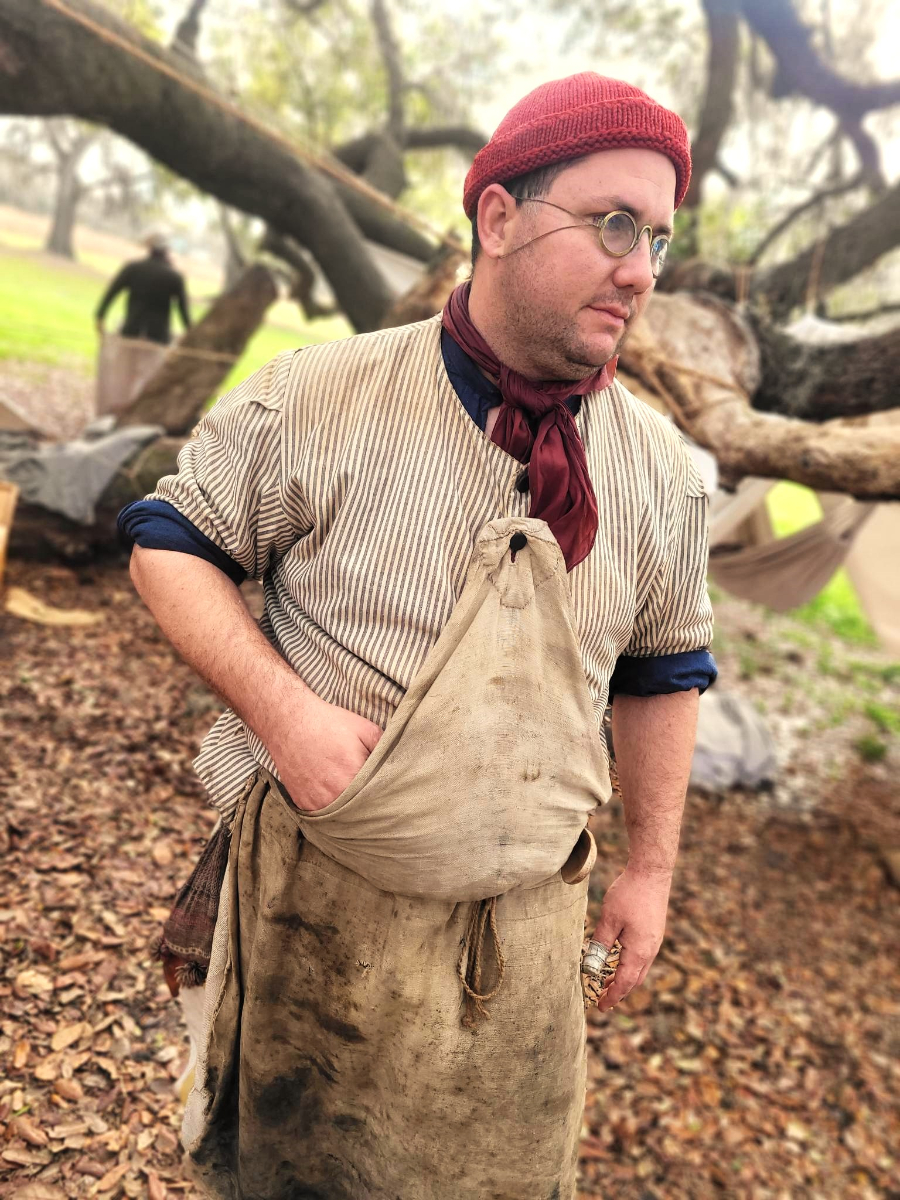
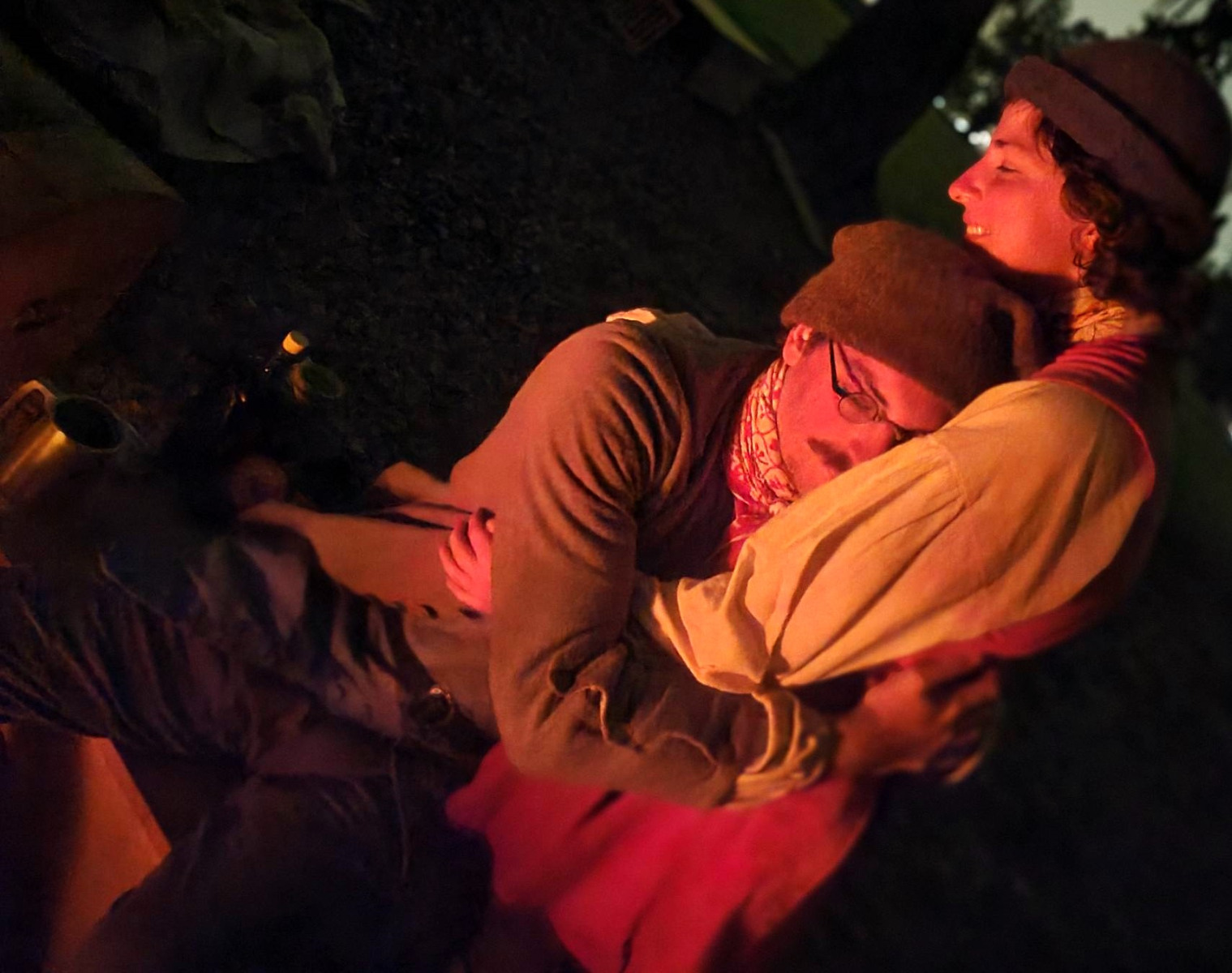
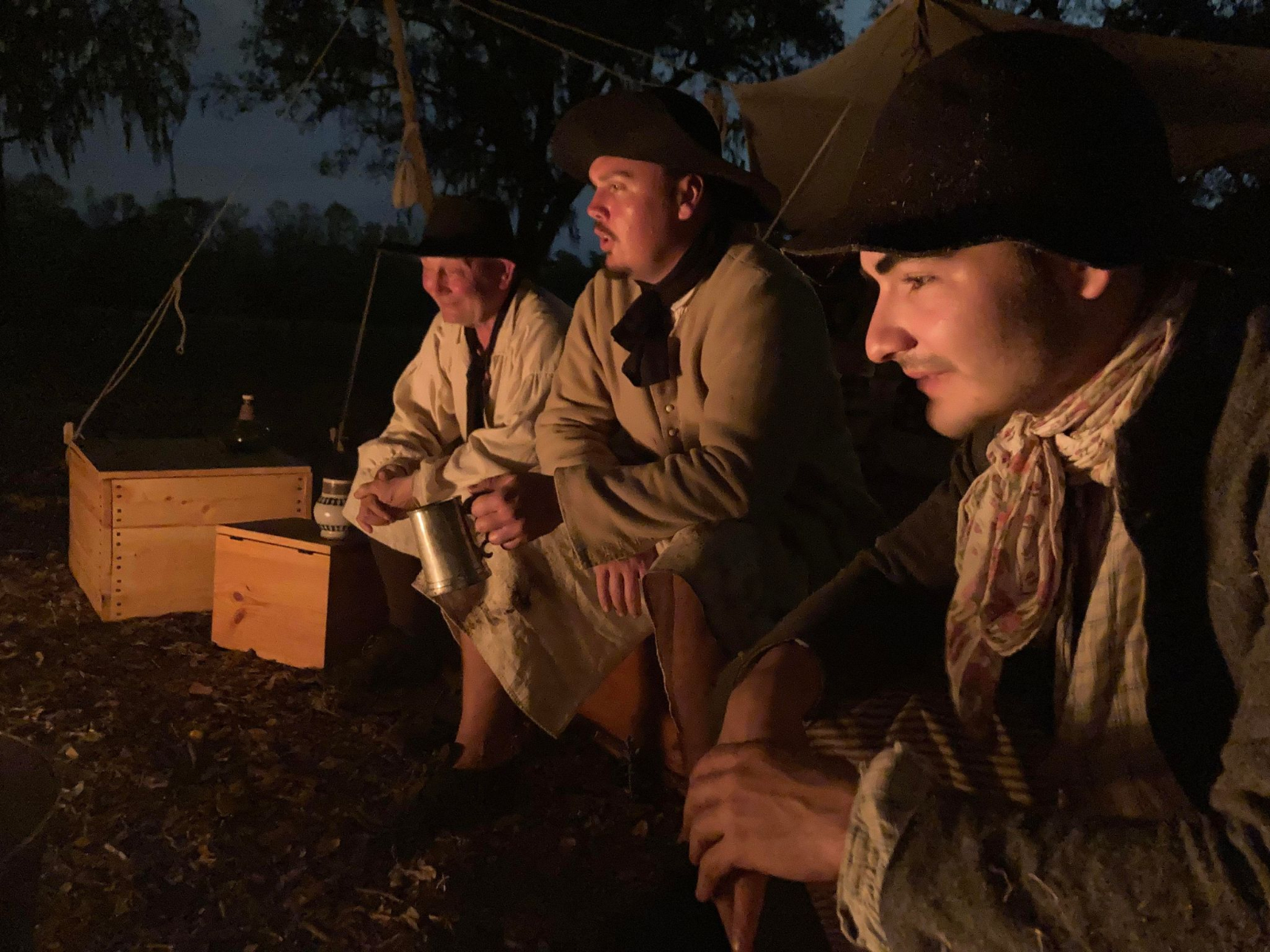
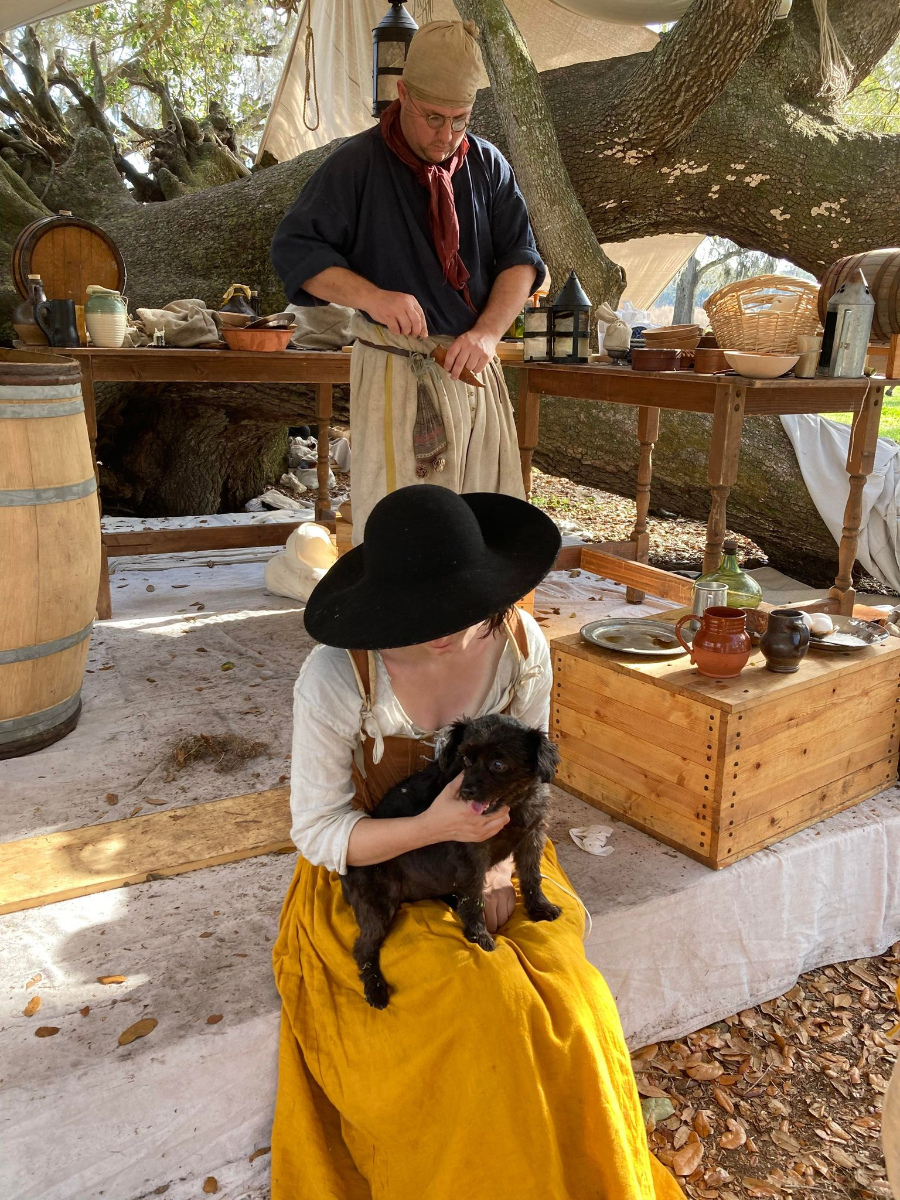
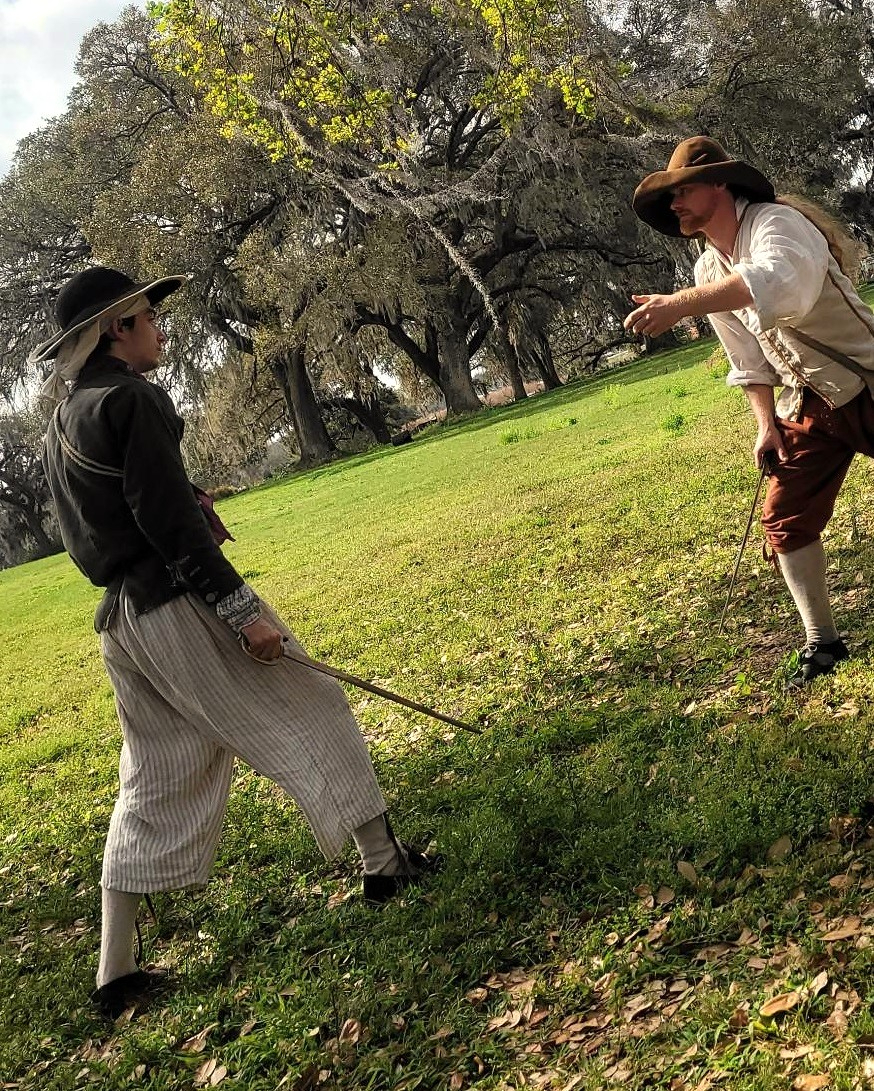
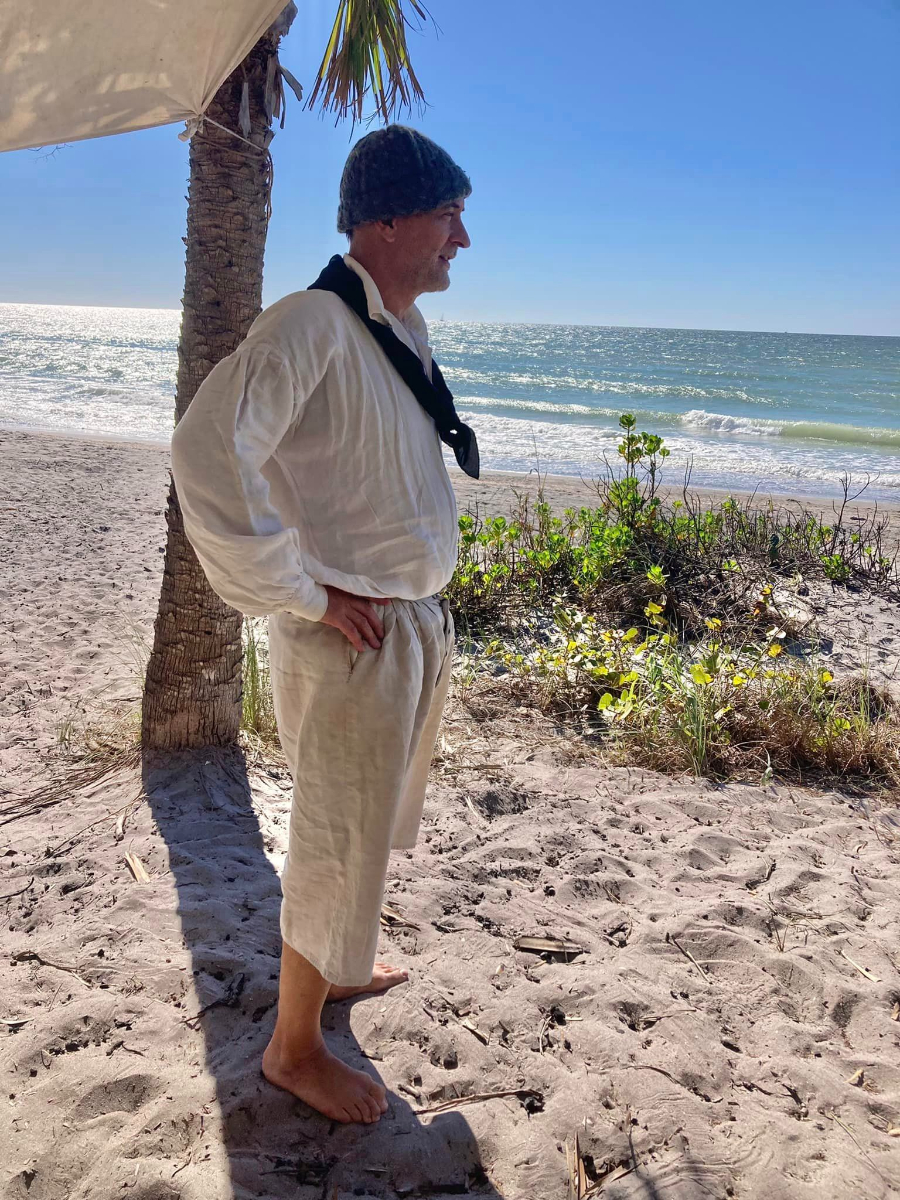
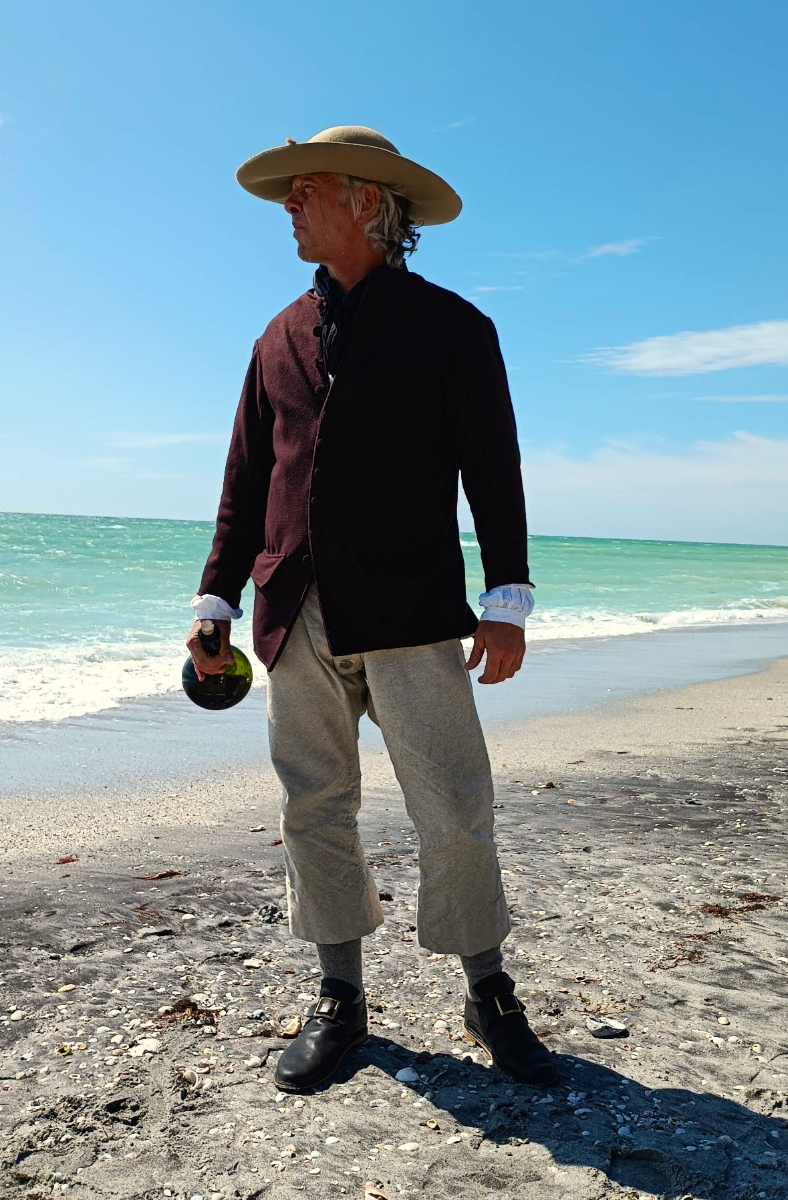
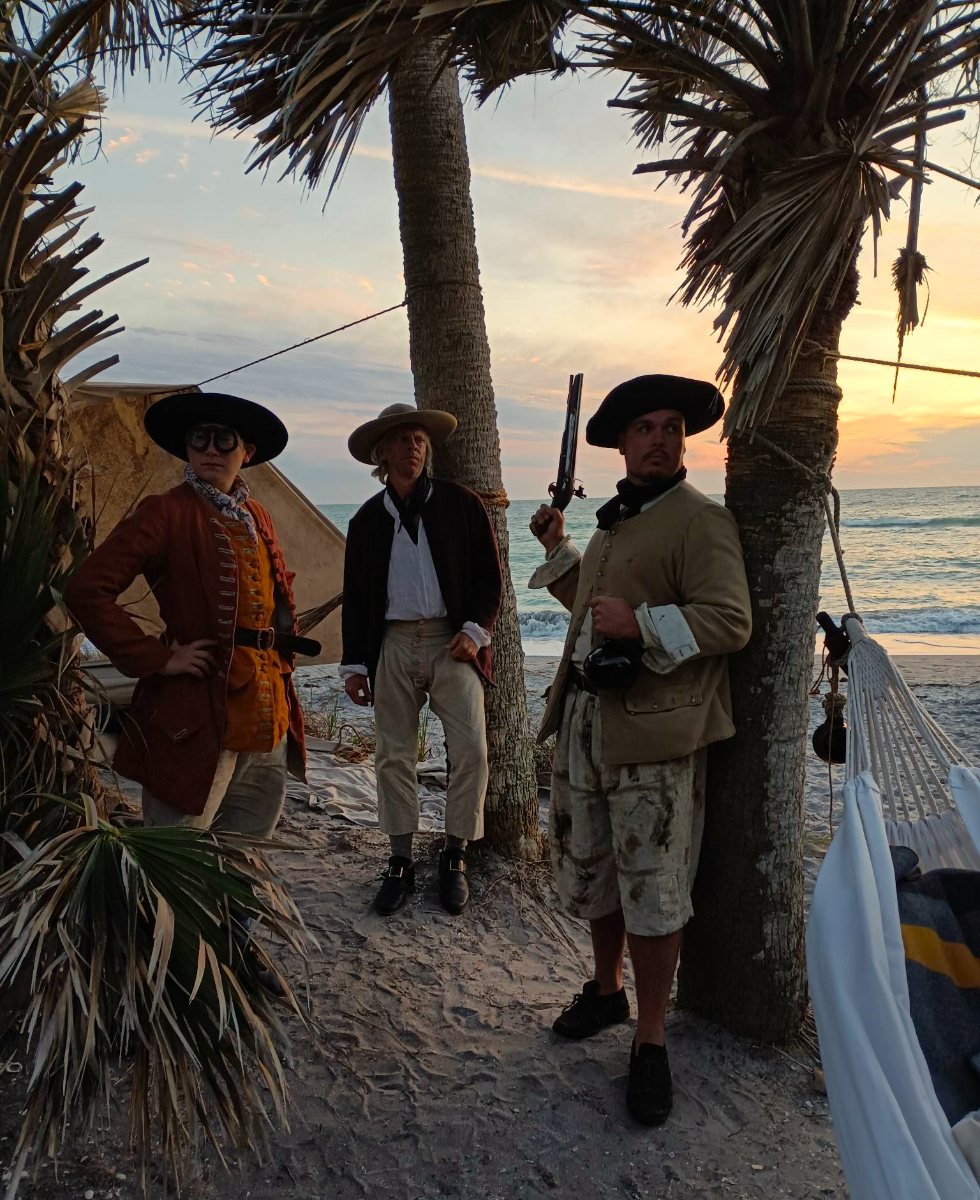
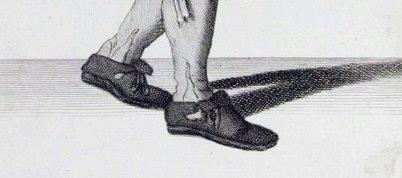
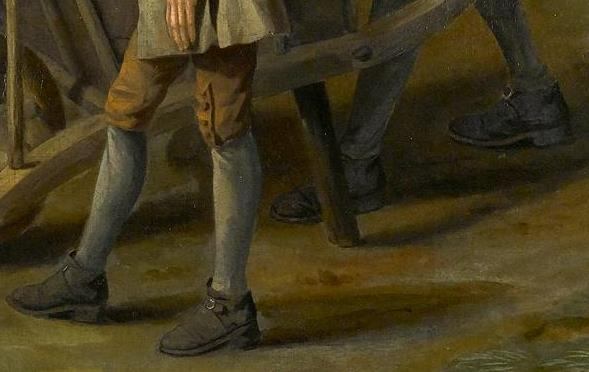
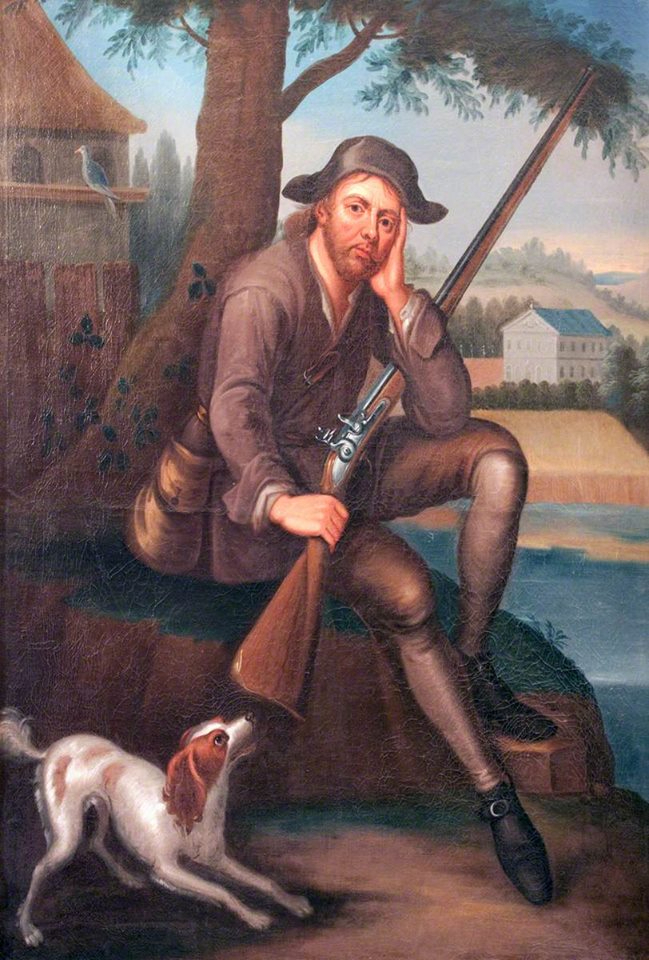
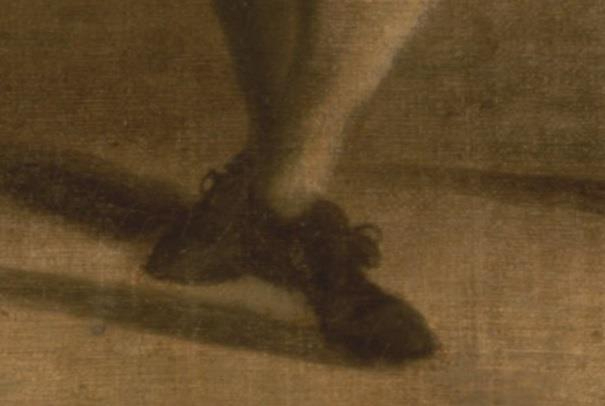
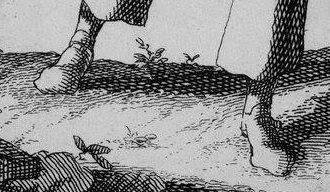
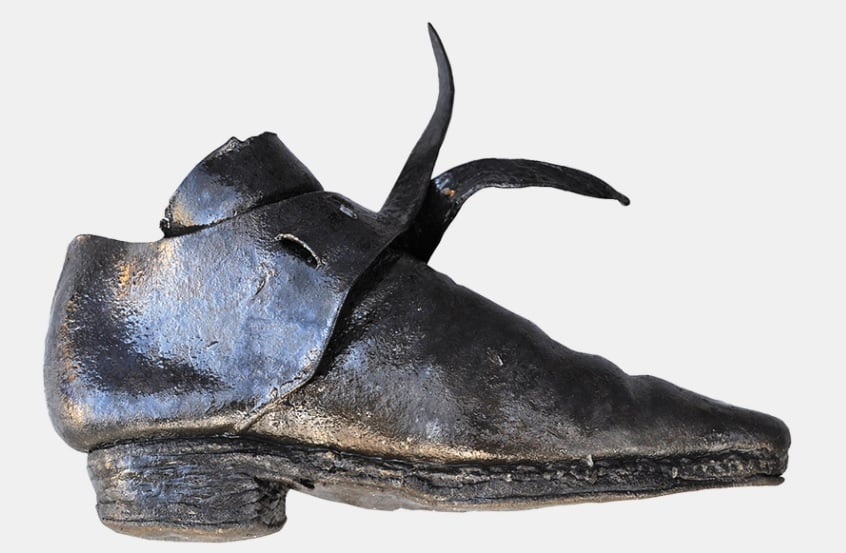
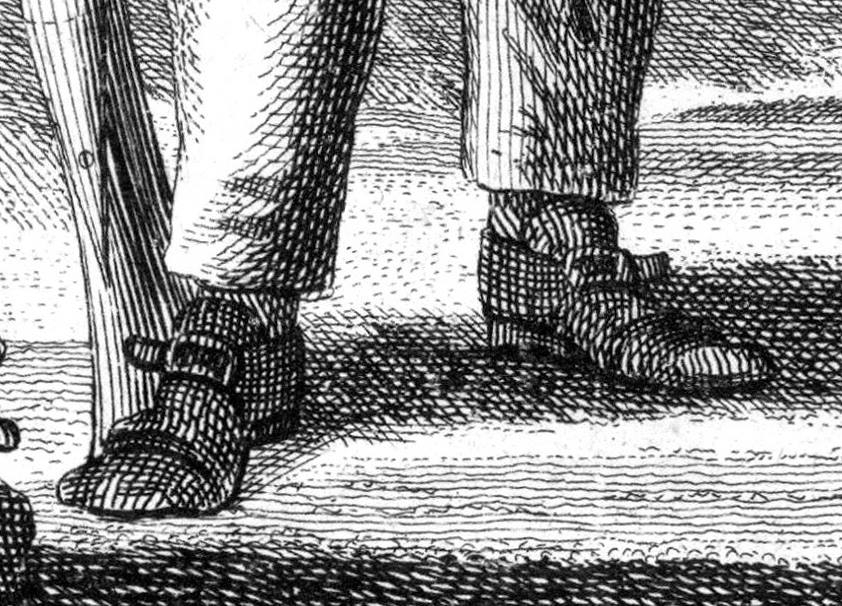
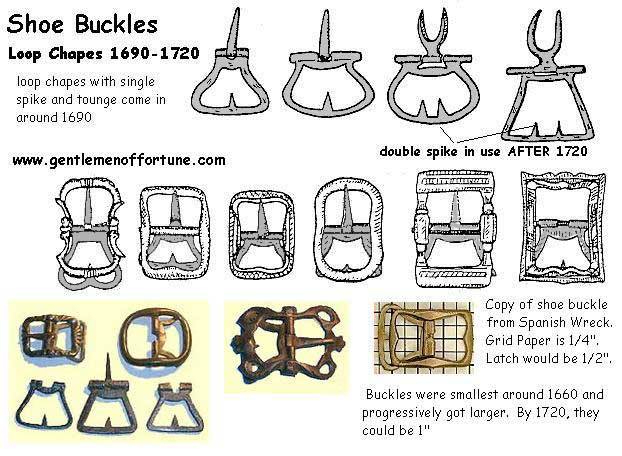
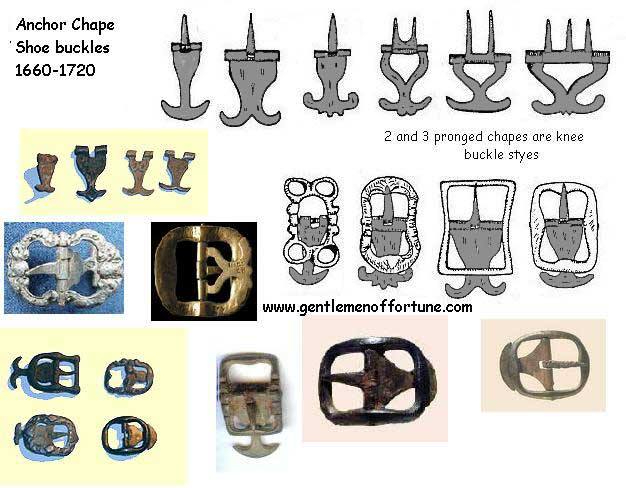
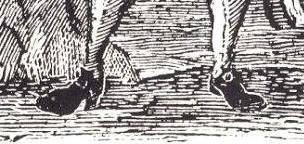
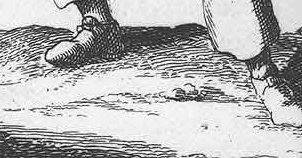
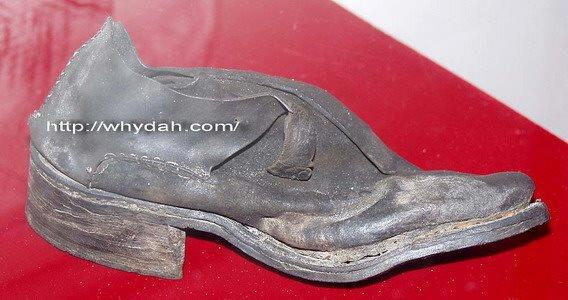
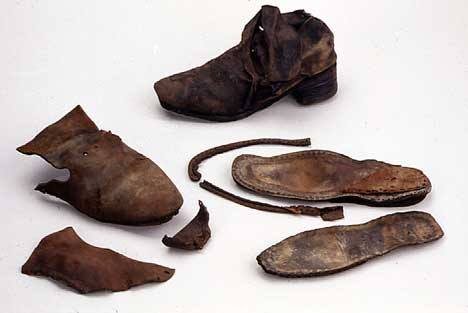
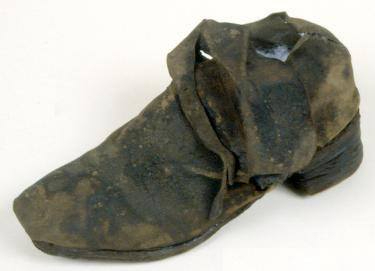
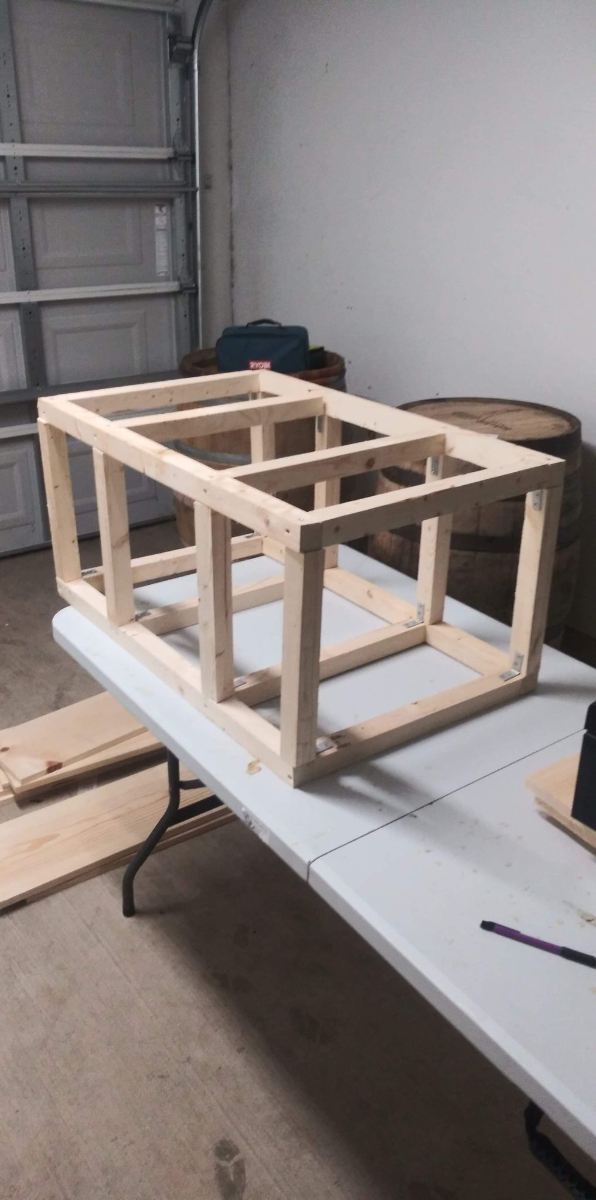
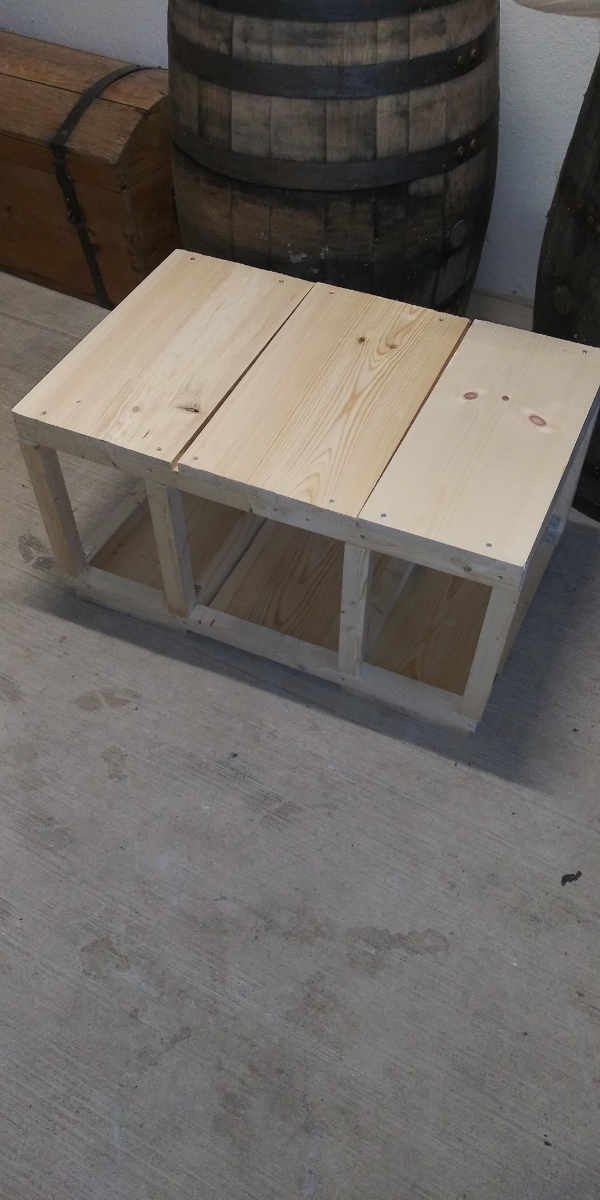
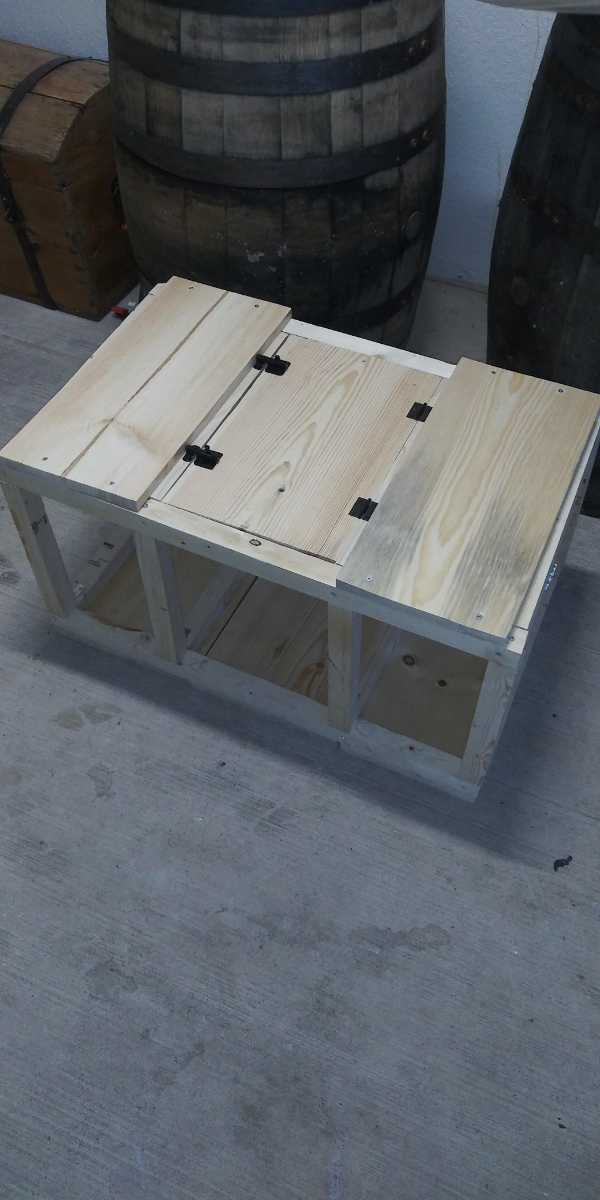
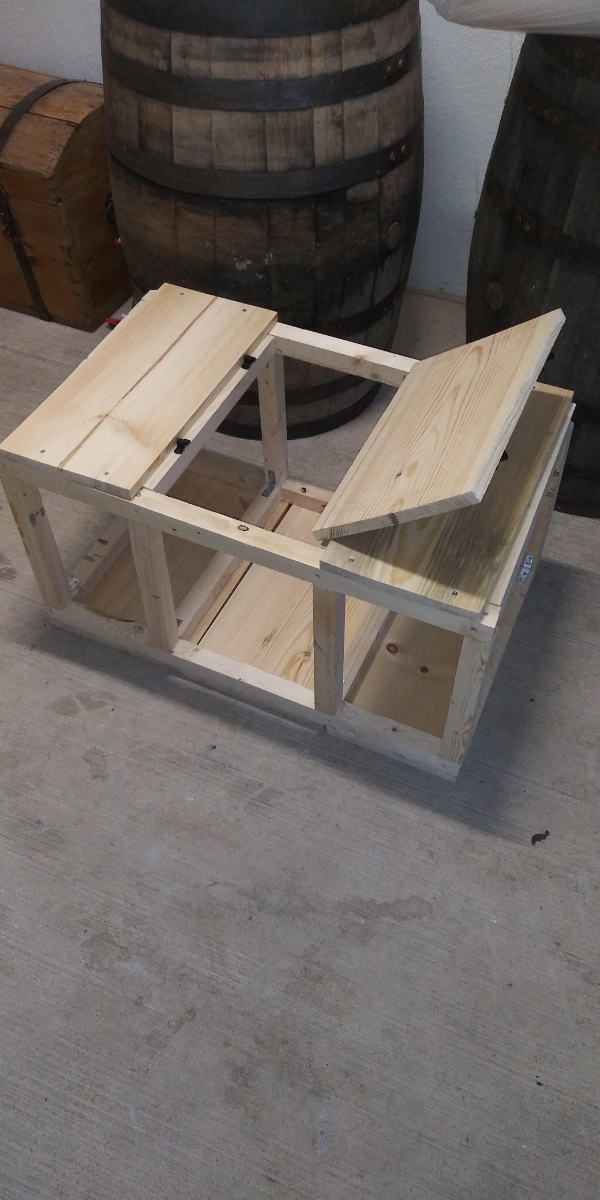
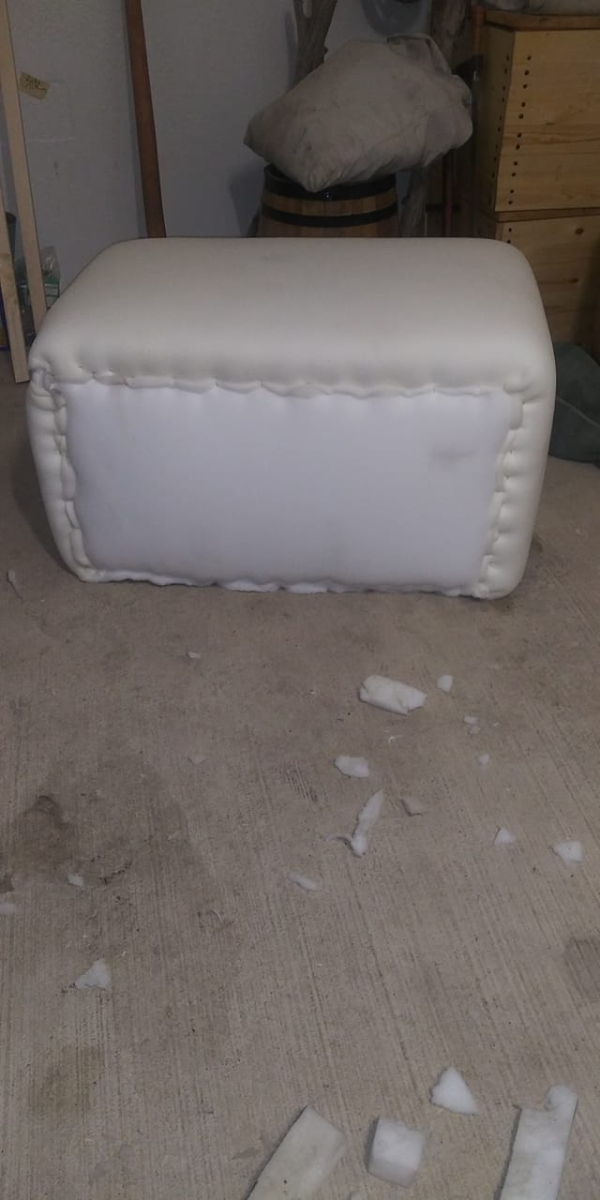
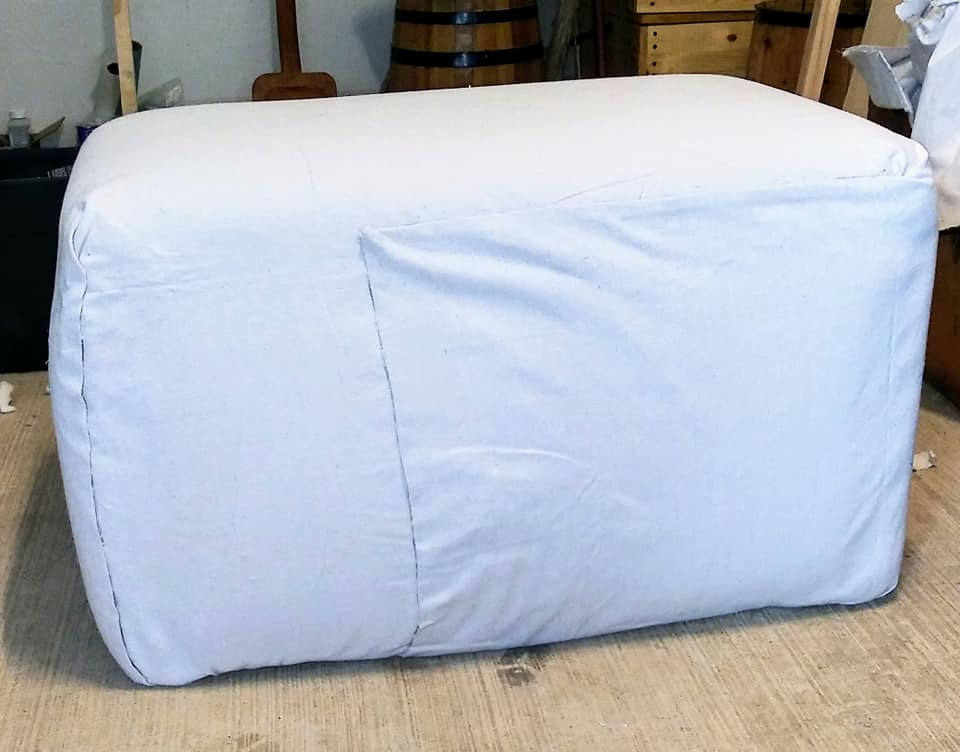
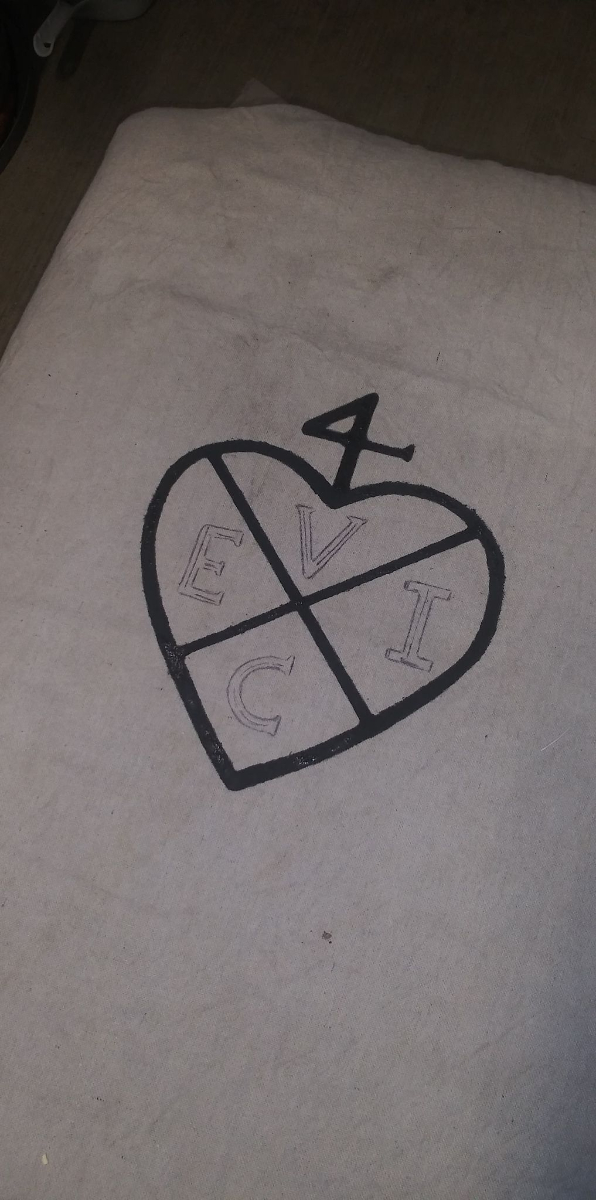
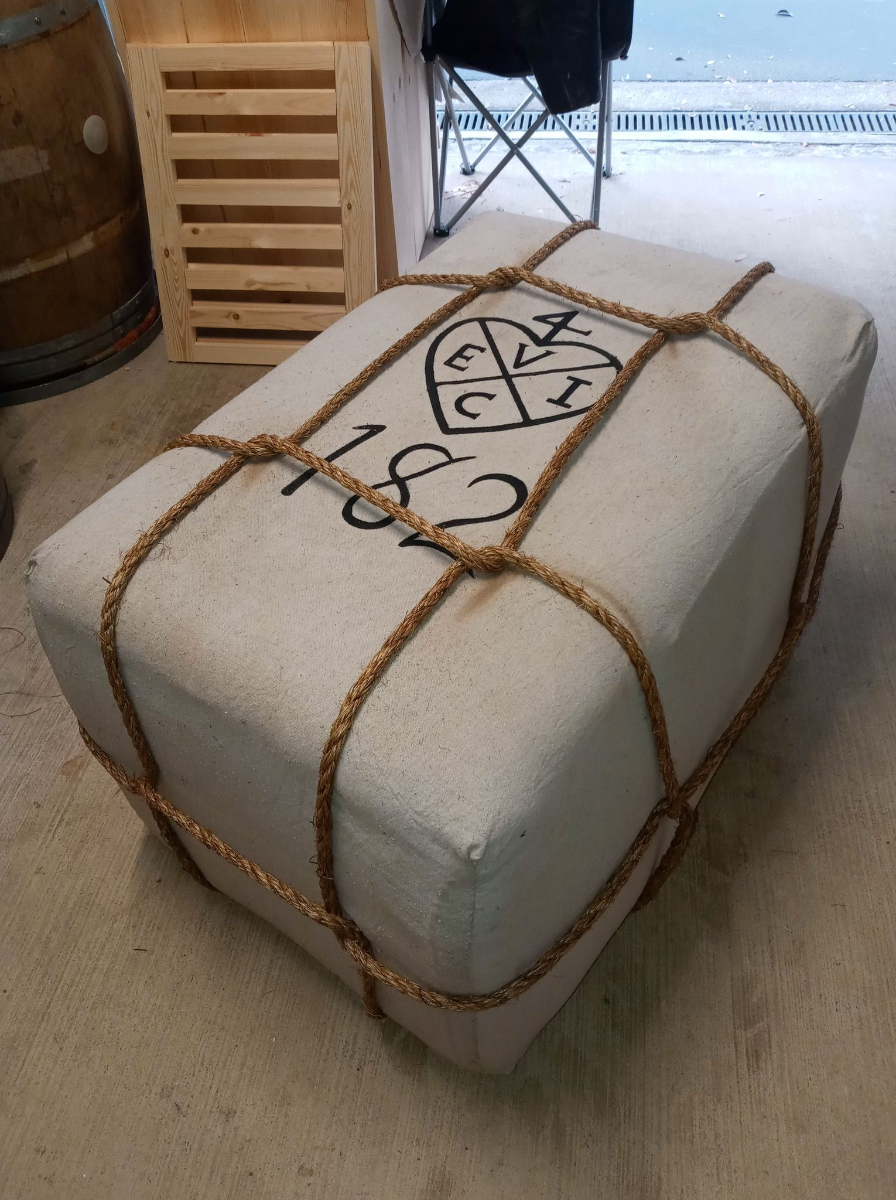
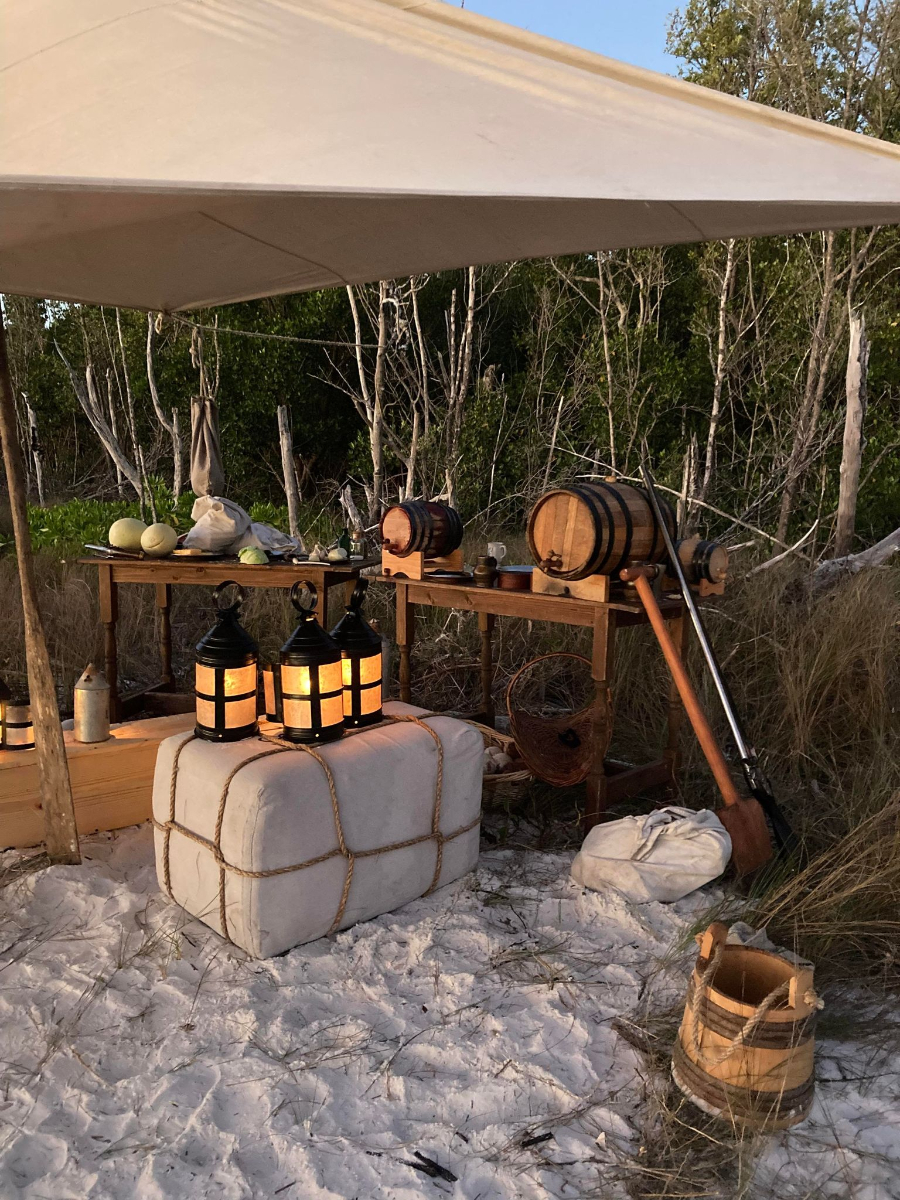
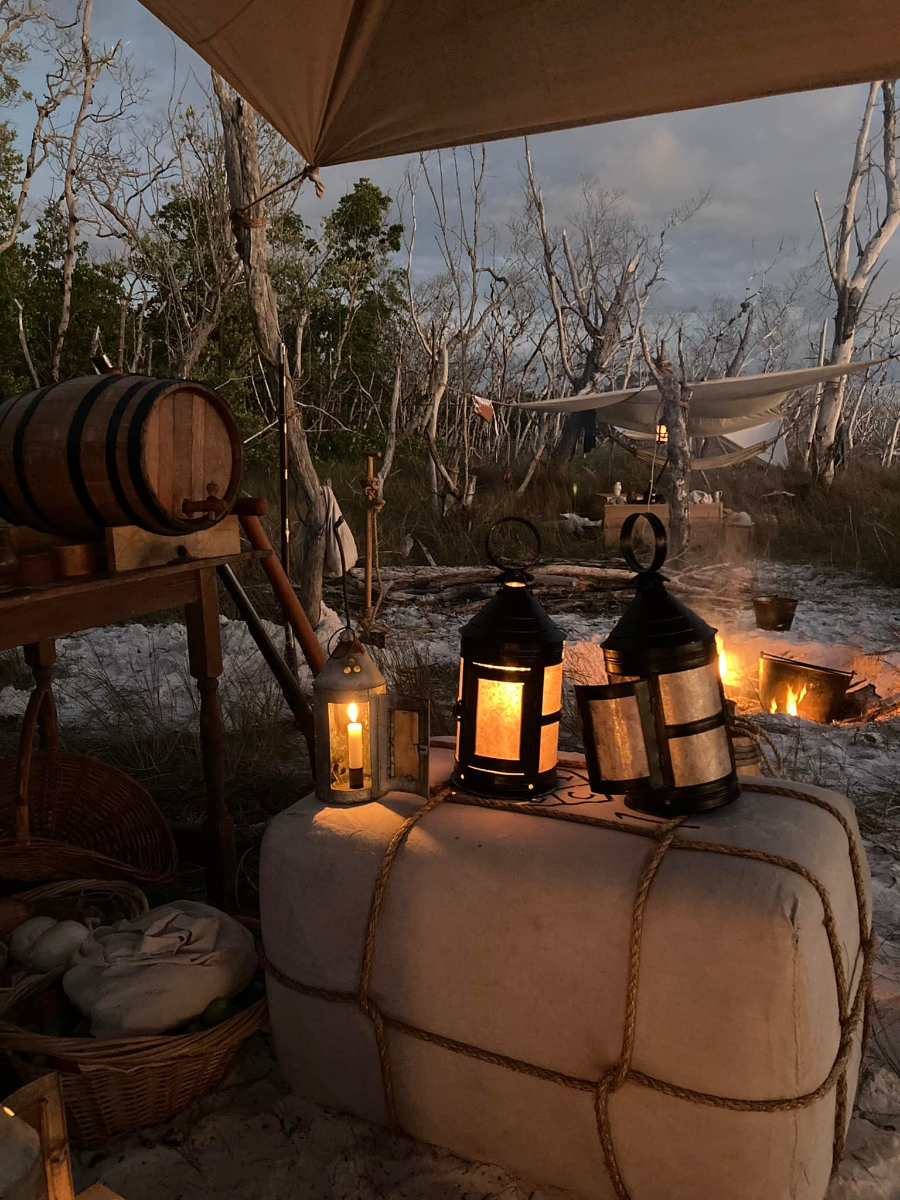
Massacre Island Planning
in Massacre Island
Posted
The kitchen area will be 18x15 ft, or if that's too excessive it could potentially be 8x12 , but that will indeed be small.
The other tents will be simple in design, built around a post on either end with a pole stretched between, over which the canvas was stretched. No more than 4 feet wide by 10 feet long, but we can fold up the fabric to make them shorter.
We will also have wood crates and cargo bales with multiple brass barrels and an iron spider pan for cooking over our central fire.
I dont know how helpful this actually is as far as getting a sense of our overall layout, but we arent setting up again until our get together in June, which will give us a better ideaa.